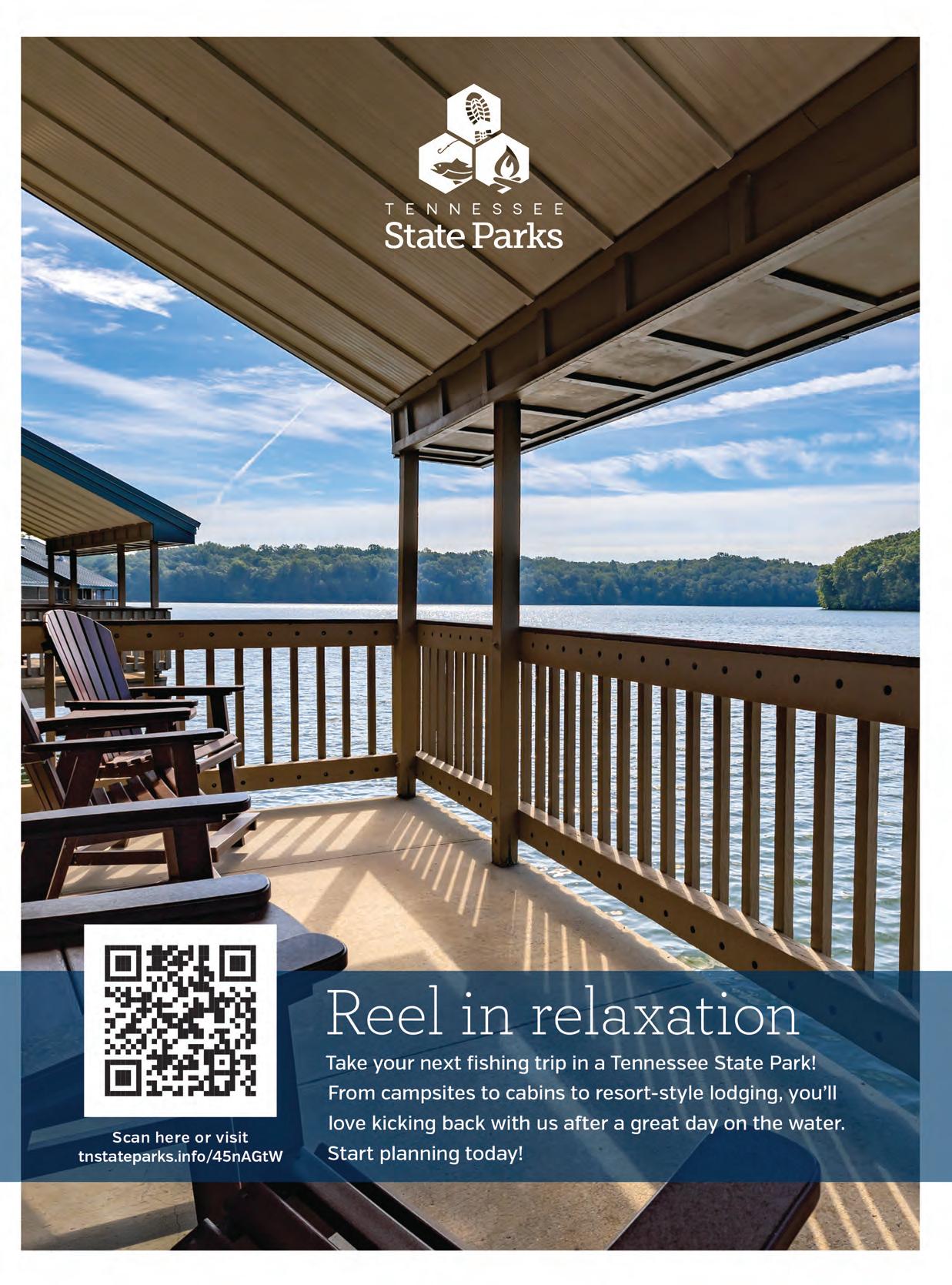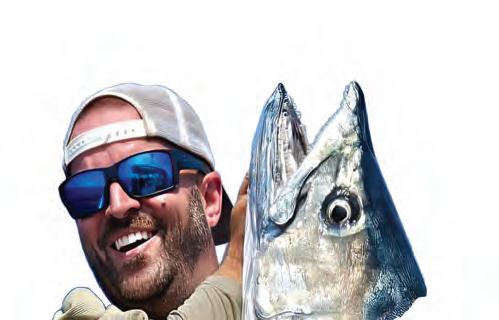

TIGHT BUDGET KINGS


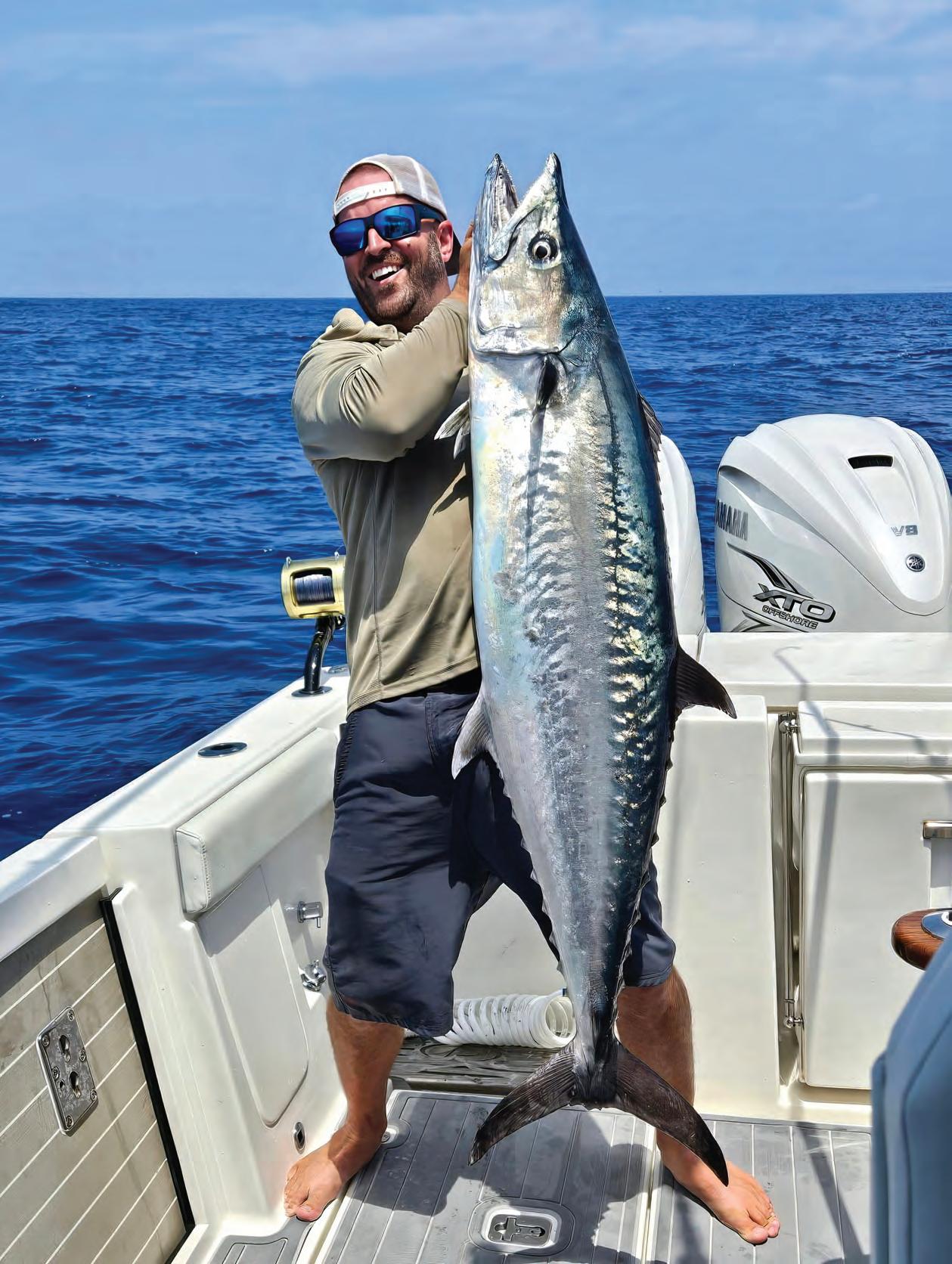

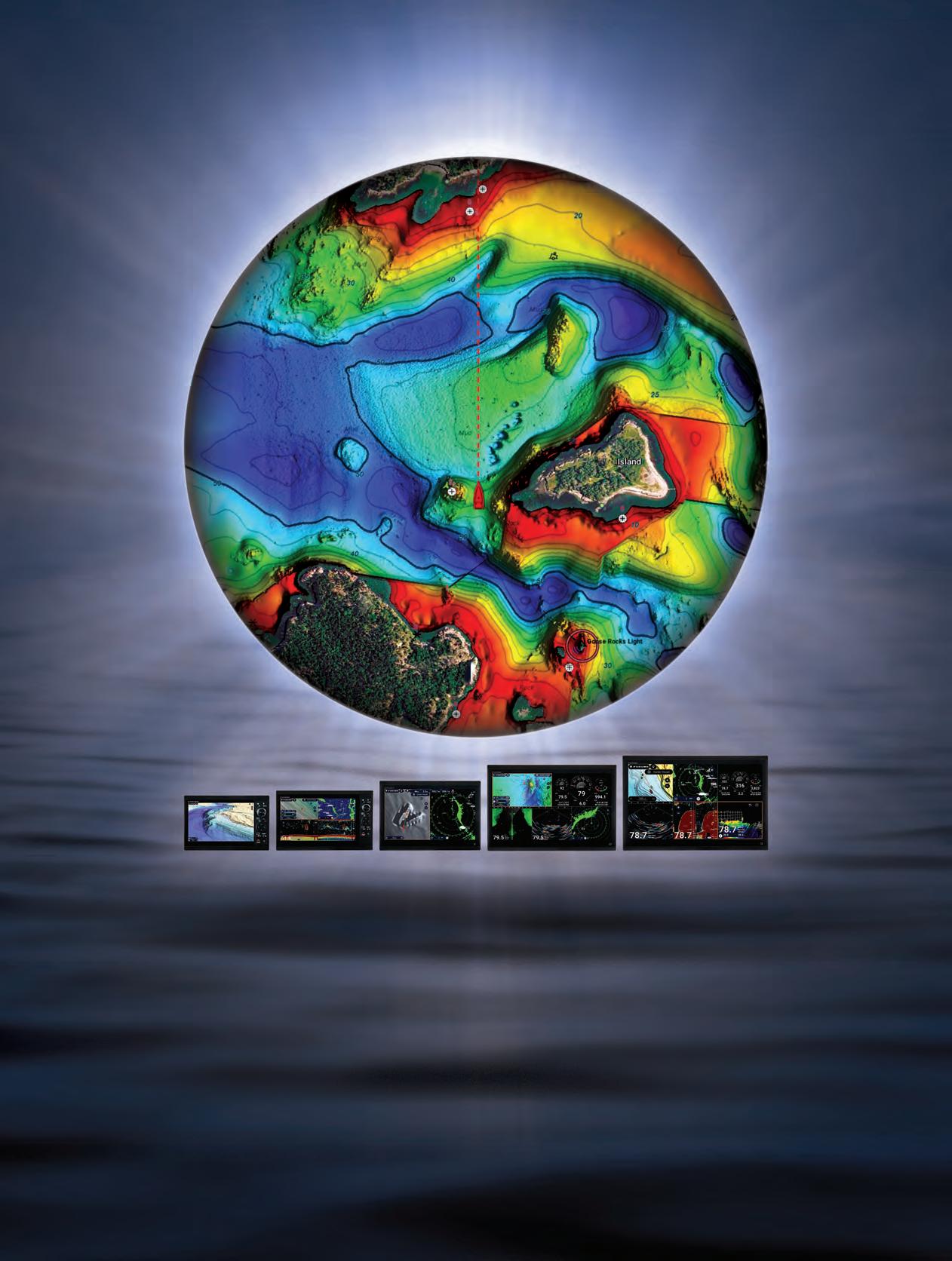
ou want new charts?
You got new charts! Explore the ocean with vibrant terrain & depth shading, using all-new TZ MAPS. Don’t just take our word for it. See for yourself. Scan here, and we’ll show you!











navigating peace of mind
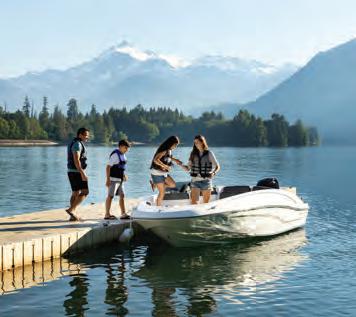






THE IMPORTANCE OF BOAT INSURANCE
Embarking on the open water is an exhilarating experience, flled with the promise of adventure and relaxation. Whether you’re a seasoned sailor or a weekend cruiser, protecting your vessel with proper insurance is not just a choice—it’s a necessity. Explore the reasons why every boat owner should prioritize boat insurance for a worry-free voyage.
Unpredictable waters
The open water can be unpredictable, with unexpected storms, collisions, or other potential accidents. Boat insurance can give you fnancial protection if there is damage to your vessel, providing coverage for repairs or replacement.
Damage and injury
Accidents on the water can result in damage to other boats, docks, or even injuries to passengers. Boat insurance offers liability coverage, which can pay for damages or injuries you’re liable for while boating, up to specifed limits, and lawsuit costs if you’re sued. This includes damage you cause to another watercraft or if someone on or near your boat is injured and you’re found to be legally responsible.
Theft and vandalism
Unfortunately, boat theft and vandalism are realities that boat owners face. Boat insurance has comprehensive and collision coverage that can protect you against events outside of your control, including theft and vandalism.
Incurred medical payments
Accidents on the water may lead to injuries for you or your passengers. Boat insurance offers a range of optional medical payments coverage limits, helping to cover medical expenses if you are in an accident or someone is hurt on your boat, regardless of fault.
Peace of mind for fnancing
If you fnanced the purchase of your boat, most lenders require insurance coverage to protect their investment. Having boat insurance not only fulflls these requirements but also gives you peace of mind knowing that your fnancial interests are safeguarded.
Navigational fexibility


Some water municipalities and marinas may require proof of insurance for docking or accessing certain areas. Boat insurance allows you the fexibility to explore different destinations without worrying about entry restrictions.
Emergency towing and assistance
Progressive boat insurance can include optional Sign & Glide® On-Water Towing coverage. If your boat is disabled or breaks down on the water, Sign & Glide® pays for on-water towing, jump starts, soft un-groundings, and fuel delivery.
Wreckage removal
If your boat sinks, Progressive boat insurance will cover the cost of removing your boat from the water (if removal is legally required).
Investing in boat insurance is not just about protecting a valuable asset; it’s about safeguarding the memories, experiences, and joy that come with your on-water adventures. Don’t let unforeseen circumstances disrupt your journey—navigate with confdence, knowing that Progressive boat insurance has you covered. Ensure a smooth and worry-free voyage, because when it comes to your boat, peace of mind is the ultimate luxury.
Scan to get a quote in as little as 4 minutes
learn more.




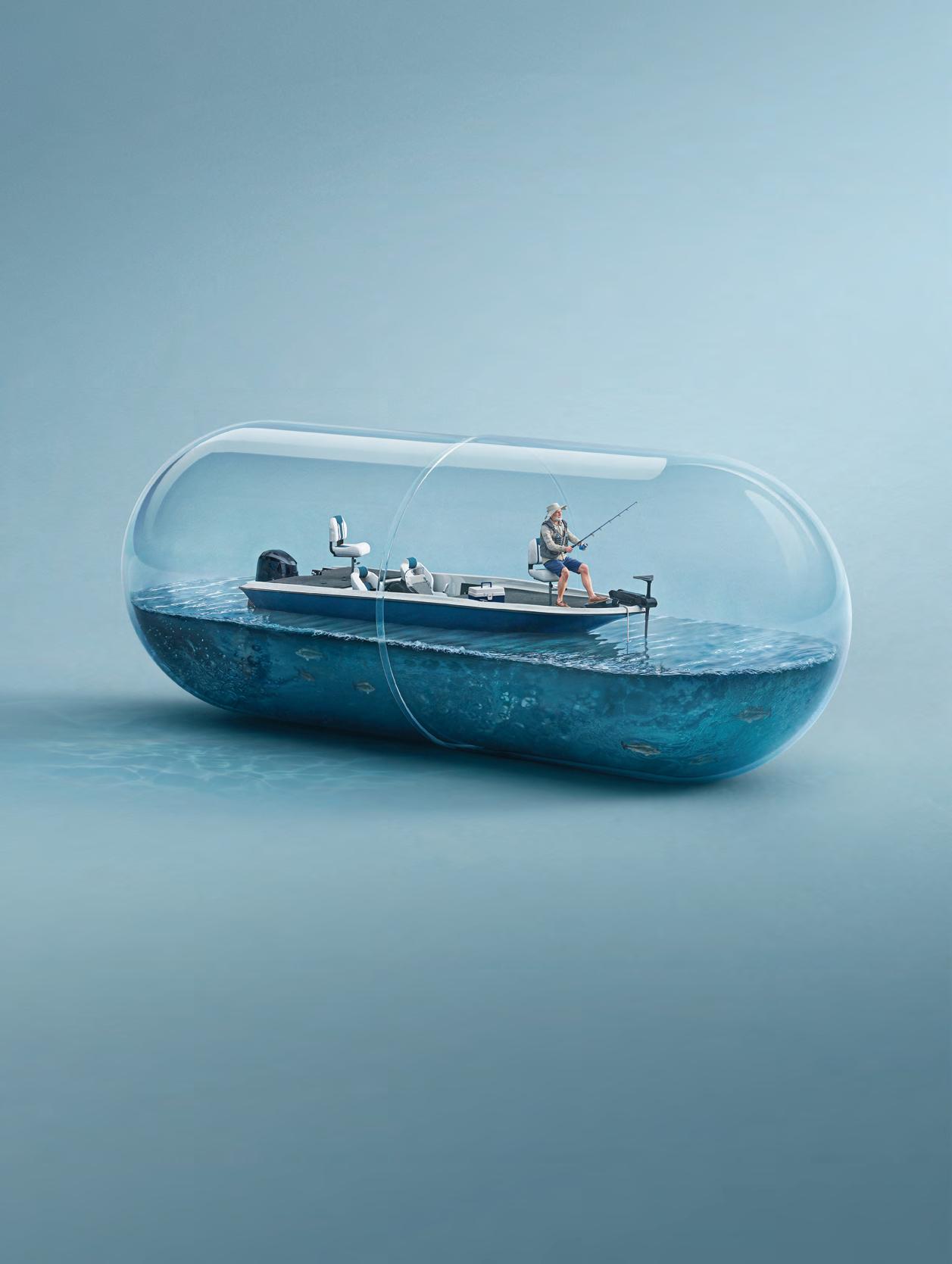
















FATHER’S DAY: THE PERFECT TIME TO FISH WITH YOUR KIDS
THATCH MAGUIRE, EDITOR AT LARGE
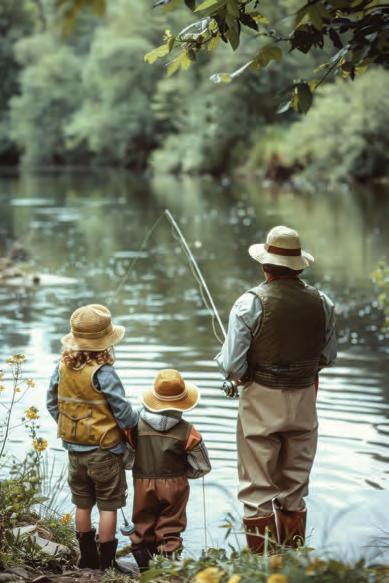
Father’s Day is one of the best opportunities to take your kid !shing.
It’s a celebration of the powerful bond forged when dads pass down the timehonored tradition of !shing, a tradition that stretches back thousands of years. While !shing once put food on the table out of necessity, today it still feeds something deep within us. at ancient connection to the water lives on in every angler, whether they realize it or not.
Inviting your son or daughter to !sh on Father’s Day regardless of their age makes a timeless statement. It bridges distance, mends di erences, and rea rms love in a way few other gestures can. Even if the day ends without a single bite, the act of !shing together creates a bond that words can’t express. It’s not about the catch. It’s about the connection.
ere are countless lessons a father might teach a child, but carving out time to share a quiet day on the water—free from the noise and distractions of modern life is one of the most meaningful. By saying, “Let’s !sh together today,” you’re also saying, “Let me share who I am with you.” And that’s a gi no one forgets.
Don’t have a son or daughter? No problem. Take any kid !shing this Father’s Day. Whether it’s a neighbor, a niece or nephew, or a friend’s child, the impact is the same. You’re passing on something real, something rooted in tradition, and something that could change a young life forever.
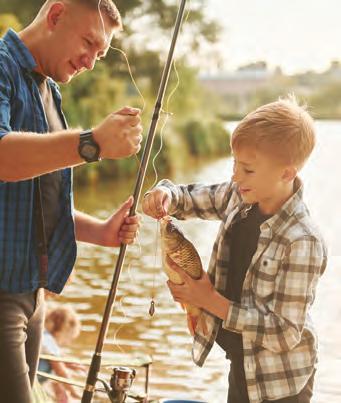
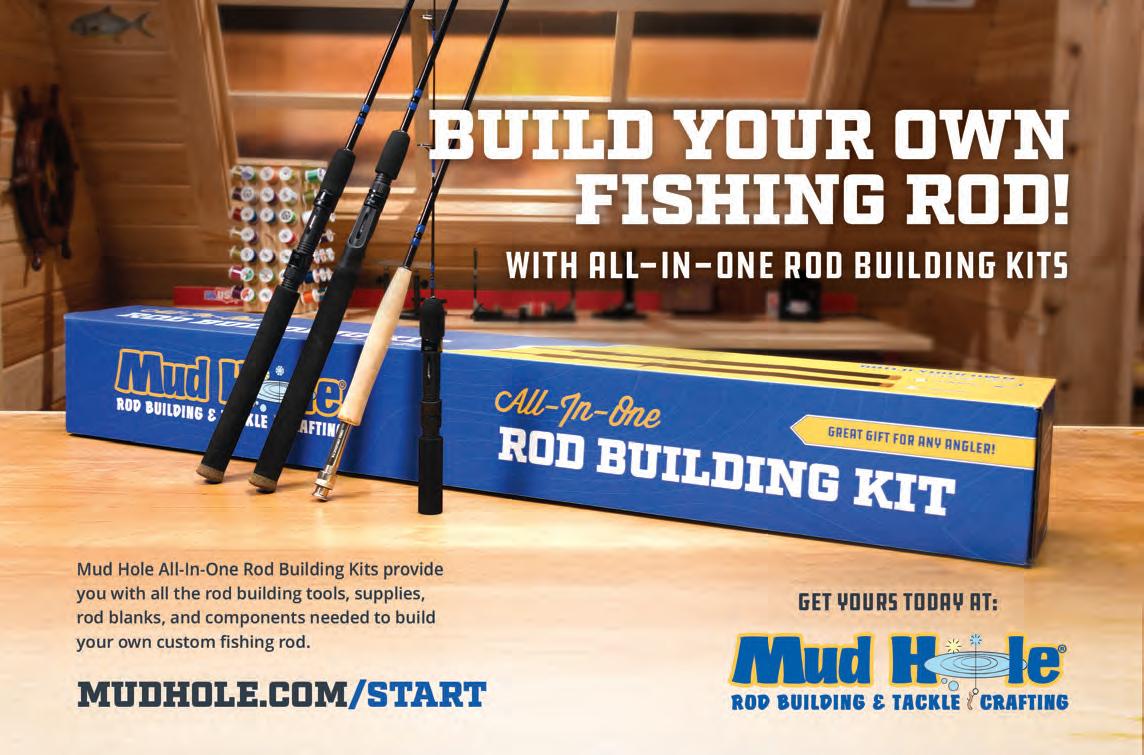

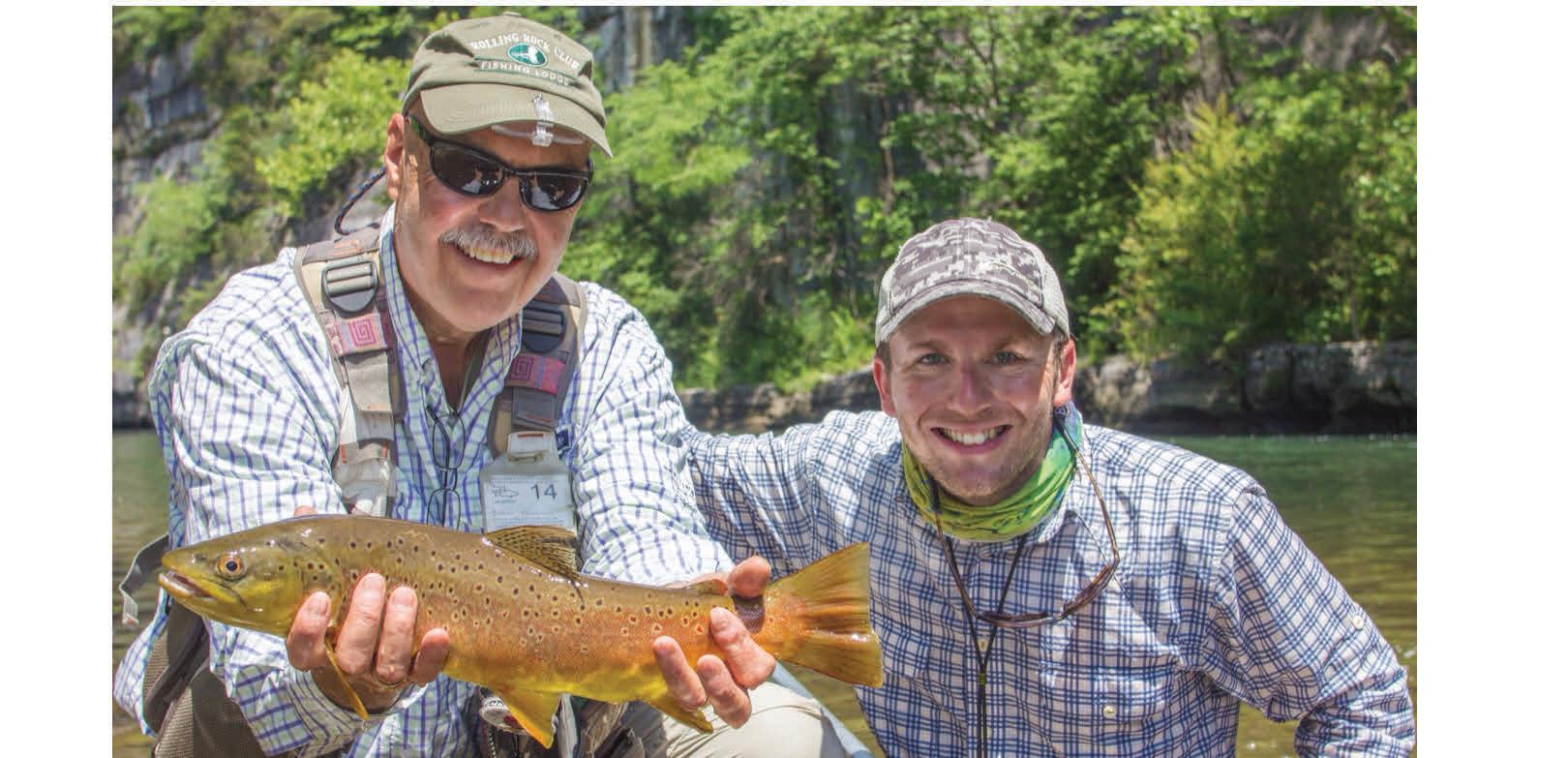






KINGFISHING
ON A SHOESTRING BUDGET
By Capt. Steve ompson
Targeting king!sh during their annual migration season o Florida’s east coast is a predictable event that coincides with the annual migration patterns of the Atlantic stock of king!sh. During the summer, anytime from midMay through August, when the water is warm enough for the kings to stick around, we all have a great chance of catching a tournament class king!sh, at almost anyplace we decide to !sh.
King!sh can be caught anywhere from the mouth of an inlet, on out to 200 foot depths, and that means that almost any seaworthy vessel can, and does, go a er these !sh during the “mostly calm” summer days.
Everyone has heard about the GJKT tournament winner that Fred Morrow caught at the tips of the north rocks, or Bob Johnson on his Traveler who won the aggregate, with two nice !sh, also right o the beach. What do these teams have in common? ey won in small boats with very little overhead, with very short runs to their !shing grounds. But they did their homework and had a plan, and went straight to where they were going to !sh. Because let’s face it, the small boater isn’t going to run all over the ocean chasing !sh that have already been caught. And those are not the only examples, this same scenario takes place every year
in tournaments up and down the Atlantic coast.
Another way to !sh on a budget is to not get caught up in the latest and greatest gear. Sure, you need quality equipment, but one can good used reels from friends, who are upgrading, or from yard sales or even at swap meets at your local o shore club.

As far as rods go, if you know what “feel” you like on your rods, you can !nd o name rods at sidewalk tent sales at your local tackle store, that perform as well as a custom rod, for a fraction of the cost!
To avoid buying that expensive bait, become pro!cient with a cast net! Kings get fat and happy on a steady diet of “pogies”, or menhaden found along our beaches. You need a heavy fast sinking net to have all the bait you want for a day’s !shing. No pogies, you say? Don’t worry, many king!sh over the years, have fallen to other baits than just a pogy. A pound of shrimp on tournament day could very well be a day saver. Croakers are great king baits, as well as blue runners and blue!sh. Ribbon!sh can also be used but are best caught a few days before and brined so they are easily trolled. If you like !shing the Party Grounds always have some sabikis on board. ese are small feathers on small hooks on a special rig that will catch fresh sardines and cigar minnows on most of the o shore reefs and wrecks.
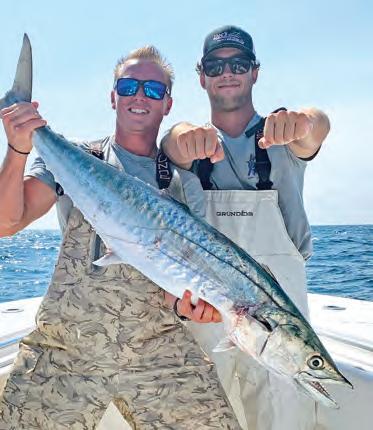
Don’t be intimidated when you sign up to !sh any tournament. You have the same chance to catch a tournament winning king!sh as the next guy. And you do not have to drop big bucks to do so. Just do your homework, pre-!sh as much as possible and, come tournament day, have a plan and stick to it…and we’ll see you at the weigh scales!
Capt. Steve ompson is Chairman of Jacksonville Marine Charities / Greater Jacksonville King sh Tournament and a 40-year successful veteran of competitive king sh tournaments all over the Southeast. Contact him at (904) 251-3011 or email: gjkt@king shtournament.com.
Command The Water With Lowrance & Simrad
Whether you’re chasing trophy fish or charting your next offshore course, your time on the water deserves the best in navigation and marine technology. Defender brings you UNBEATABLE PRICES and EXPERT SUPPORT on Lowrance and Simrad electronics—trusted by professionals and weekend warriors alike.

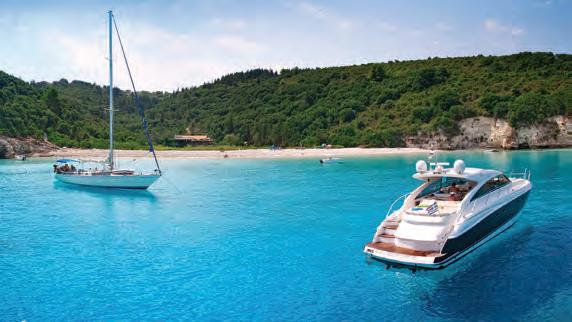
The choice for powerboaters and sportfishers. Get crystal-clear sonar, radar, and navigation that keeps you locked on target.

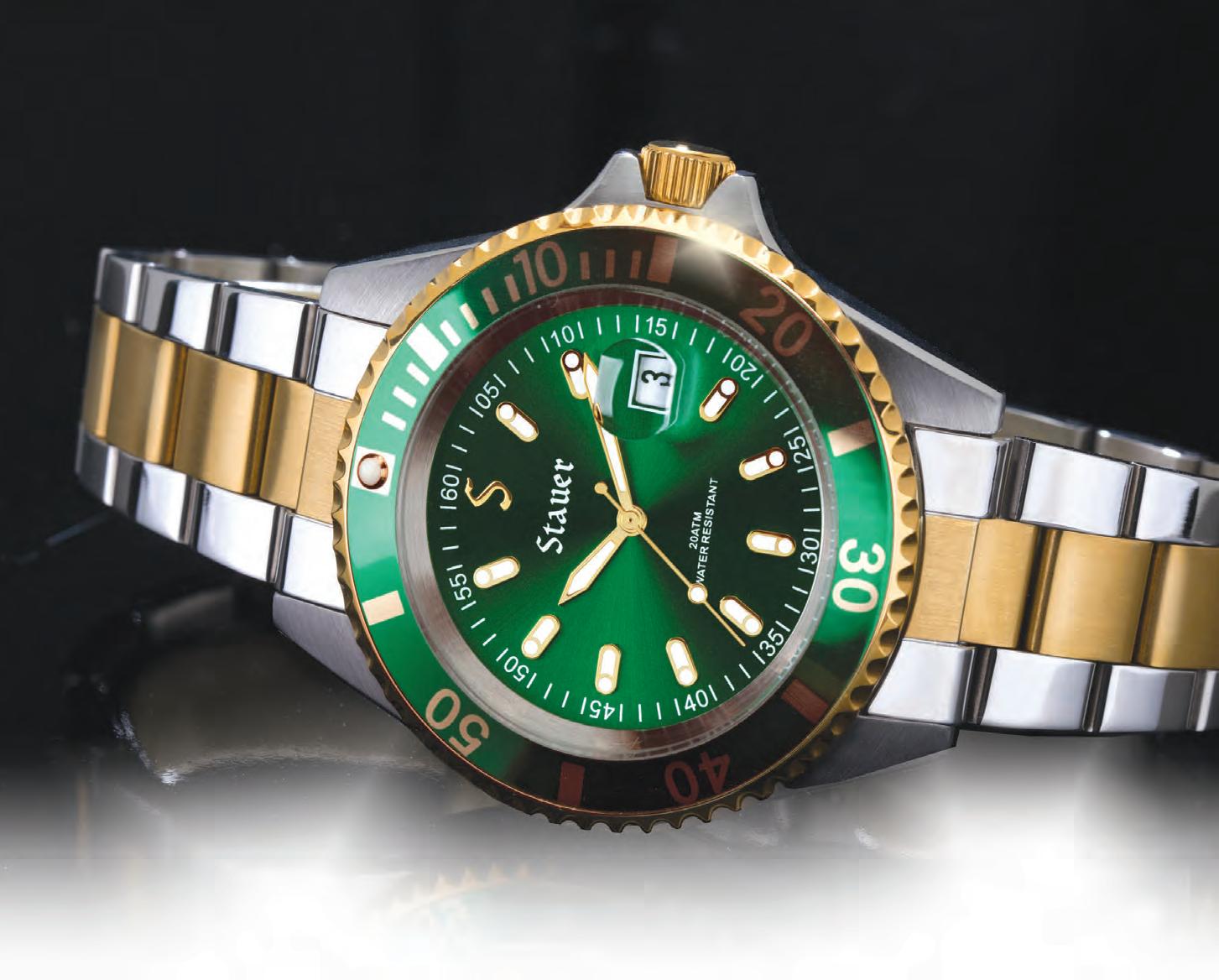
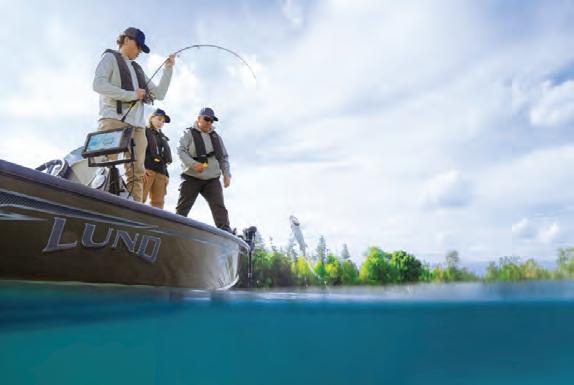




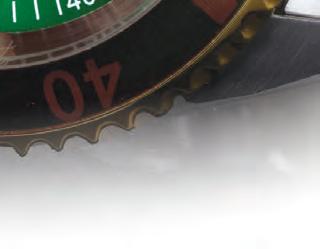
–– George Thomas, Noted watchmaker & historian

Greenlight to A Deep Dive Without Going in the Red


Every year in Basel, Switzerland, the world’s best-known luxury watchmakers gather to display their new timepieces. It’s a great event for spotting timepieces that standout–– in performance and in personality. We saw one impossible to ignore: a precision dive watch with an arresting green dial. But we also saw the five-figure price tag and knew we could bring our customers that exact same precision and stand out appeal for a whole lot less. The Stauer Evergreen Diver is that timepiece.
Built like a submersible battleship with a stainless steel case, caseback, and band, the Evergreen Diver is water-resistant down to 660 feet or 20 atmospheres, a feat facilitated by a hardened crystal and screw-down crown.
Green On Your Wrist AND In Your Pocket. You could pay an awful lot elsewhere for this verdant virtuoso, but the majority of the cost is in the big designer name upcharge. We think those guys are all wet. This is how you own a top-of-the-line dive watch without helping pay for some marketing guy’s yacht.


Satisfaction Guaranteed or Your Money Back. Wear the Evergreen Diver for 30 days. If you’re not completely happy, send it back for a full refund of the item price.
Limited Reserve. A watch of this caliber, with a price that won’t drag you under, takes 6 months to create and won’t stick around for long. Call today!


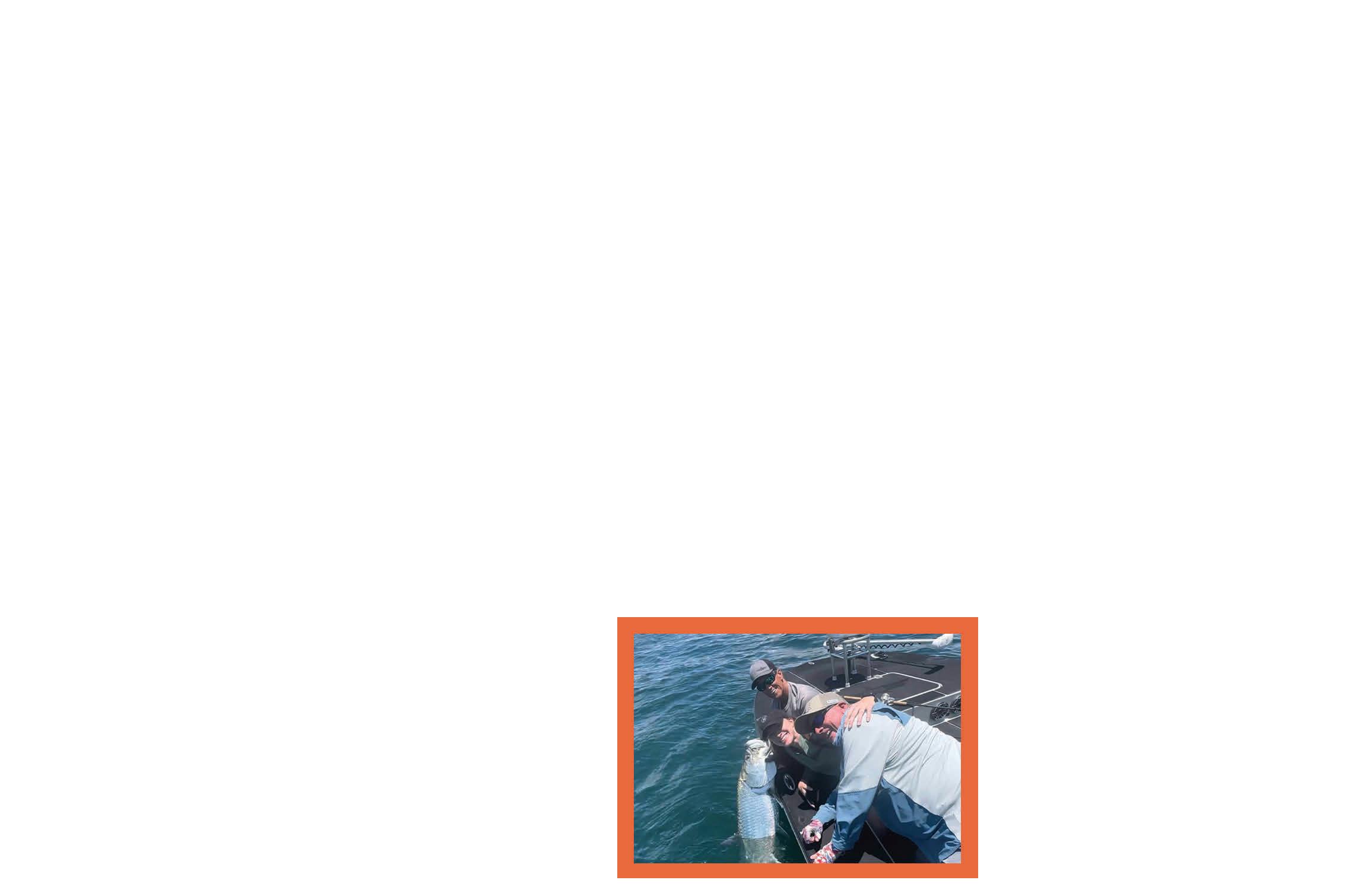
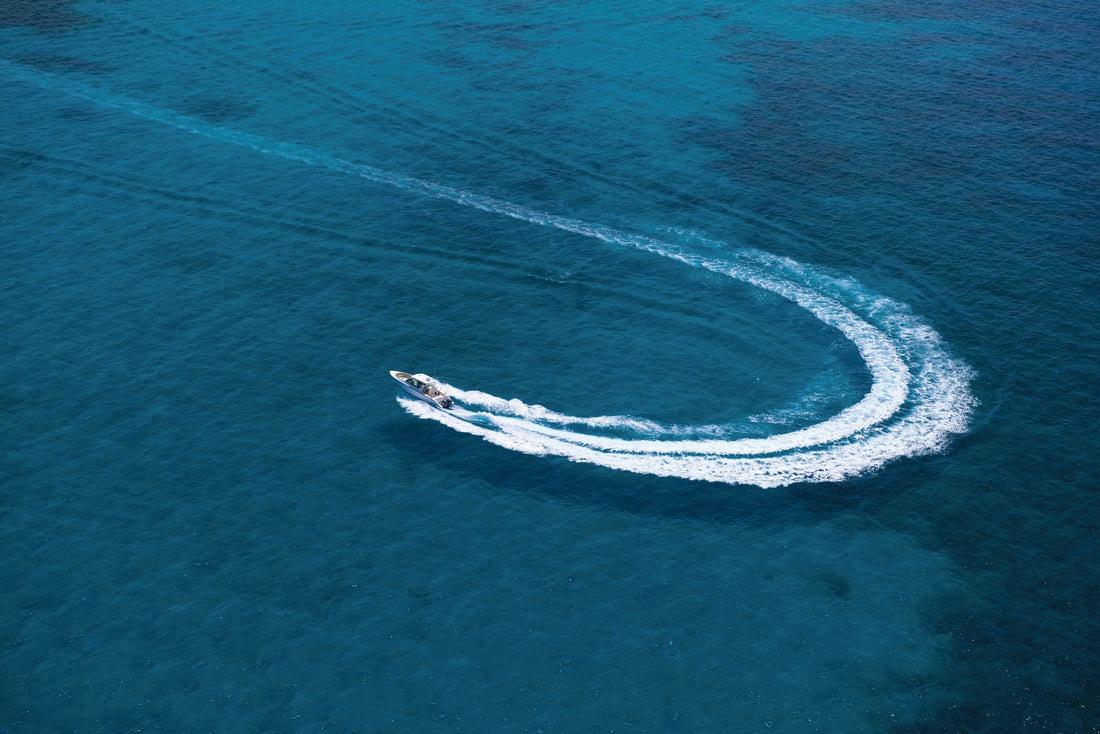
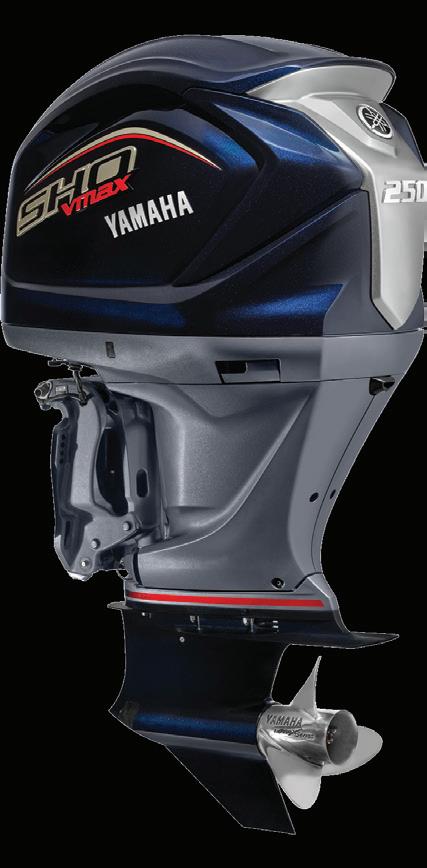
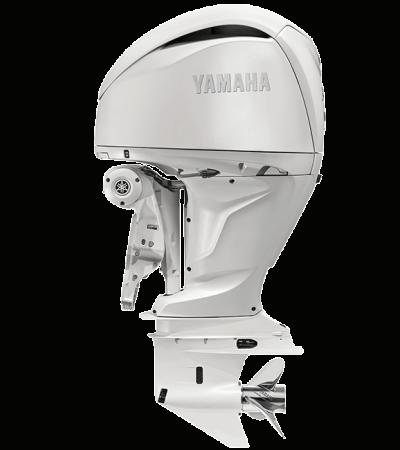

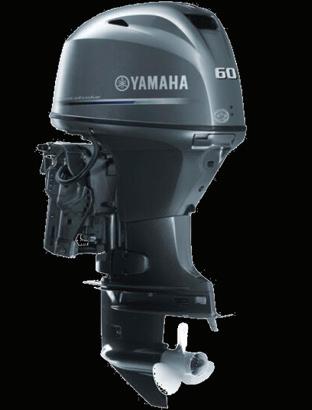
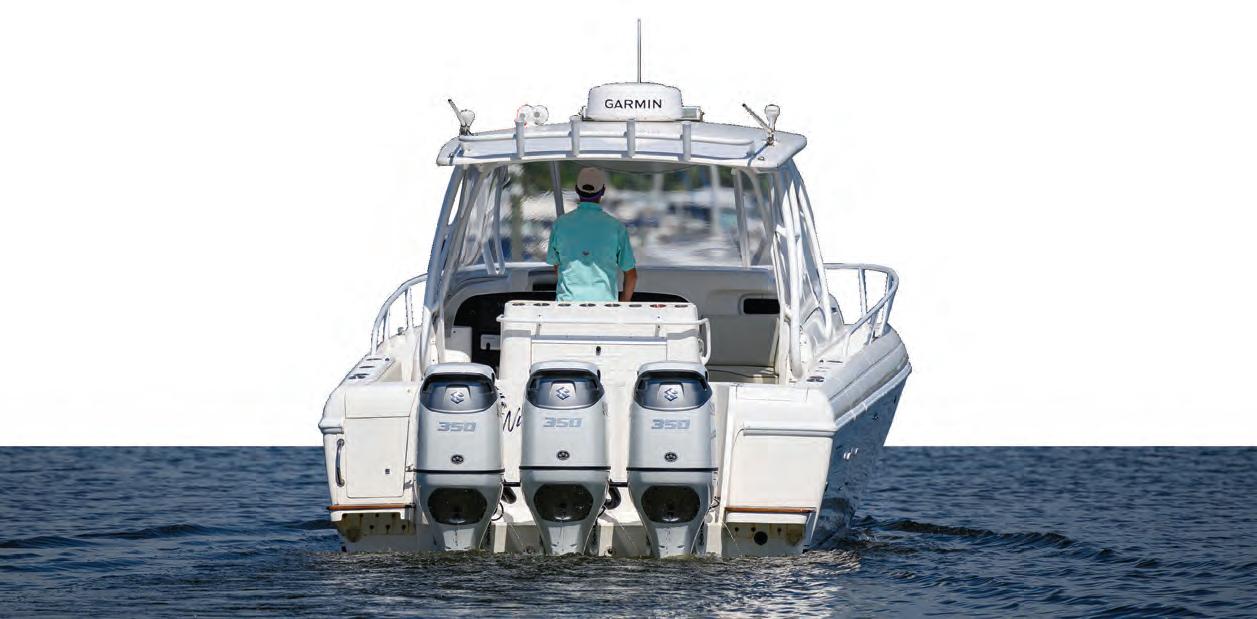









SPEND LE TIME ON TASKS More Time Fishing
It’s no fsh tale when you run with a John Deere. You can get everything done faster and easier, so you get more time on the water. Plus, our special offers make them the catch of the day.




RECORD 126-DAY GULF RED SNAPPER RECREATIONAL SEASON SET FOR 2025
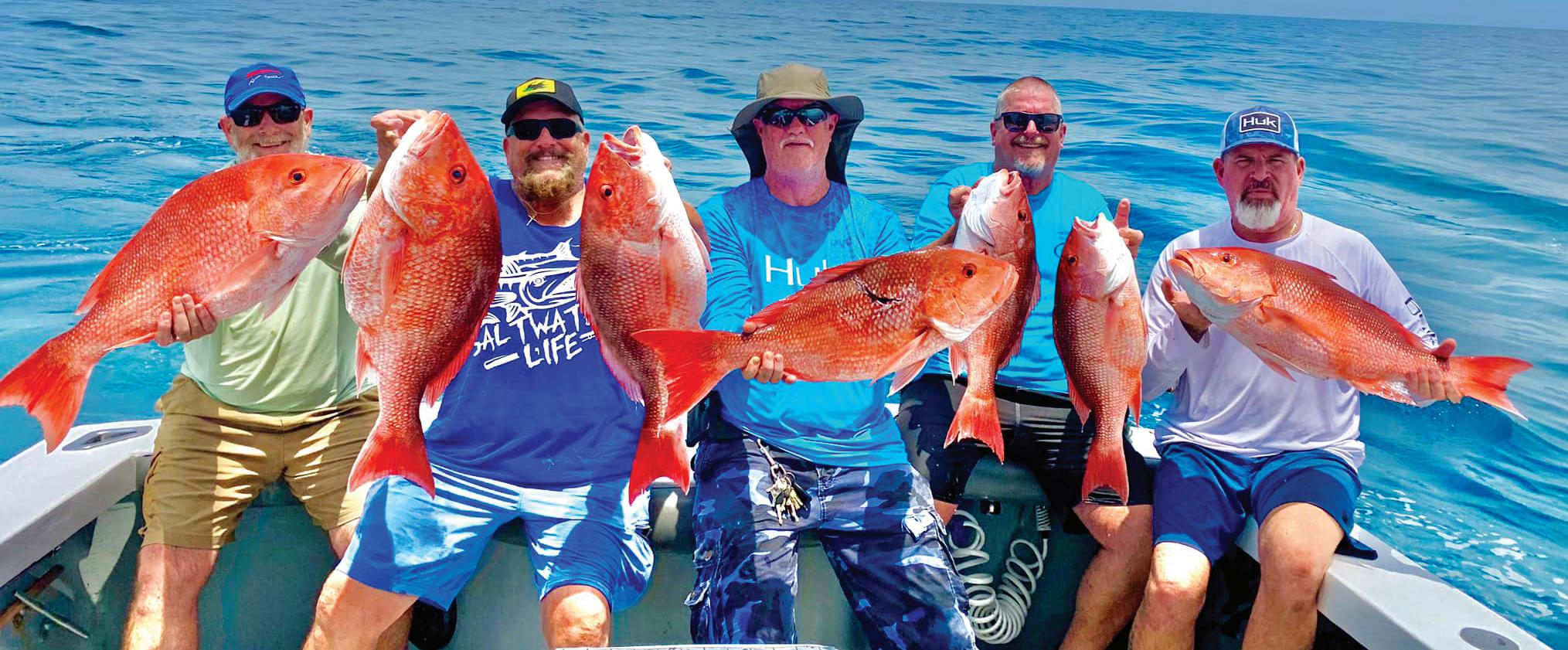
Arecord-breaking 126-day Gulf red snapper recreational season has been set for 2025, the longest season since Florida assumed management of Gulf red snapper. e expanded season includes additional summer and fall shing days from 2024, o ering anglers more opportunities to sh over major holidays such as Memorial Day, Independence Day, Veterans Day, and anksgiving.
“Florida is the shing capital of the world— with 4 million licensed anglers and generations of families who enjoy our waters. A er setting a record last year, we’re doing it again with the longest Gulf red snapper season in state history, giving Floridians and visitors even more time to
sh on Florida’s waterways, said Governor Ron DeSantis.
“ e Gulf recreational red snapper season is a highly anticipated and celebrated event for anglers nationwide, emphasizing Florida’s exemplary shing resources,” noted Florida Fish and Wildlife Conservation Commission Executive Director Roger Young. “ is record-long season results from the strong data collected through the State Reef Fish Survey, which Governor DeSantis, the Florida Legislature, and our recreational anglers have consistently supported.”
e 2025 Gulf red snapper season is open to those shing from private recreational vessels or charter vessels. e summer season began over

Memorial Day Weekend, and reopens June 1 through July 31. e fall season will include the following dates:
• September 1 –14
• September 19 – 21
• September 26 – 28
• October 3 –5
• October 10 – 12
• October 17 – 19
• October 24 – 26
• October 31 – November 2
• November 7 – 9, 11 (Veterans Day)
• November 14 – 16,
• November 21 – 23
• November 27–30 ( anksgiving weekend)
• December 5 – 7
• December 12 –14
• December 19 – 21
• December 25 – 28 (Christmas weekend)
Florida’s ability to o er this extended season is made possible by the data-driven management approach of the Florida’s State Reef Fish Survey (SRFS).
In the event of weather-related closures impacting the shing days, Florida will evaluate the option to add additional Gulf red snapper dates later in the year.
Anyone shing for red snapper from a private recreational vessel—in state or federal waters— must be registered as a State Reef Fish Angler (with annual renewal), even if exempt from shing license requirements. Registration is available at GoOutdoorsFlorida.com.
For more on recreational snapper regulations, visit MyFWC.com/Marine.


PHOTO COURTESY OF FIRED UP FISHING CHARTERS
POPPING CORKS & KIDDOS: A JUNE FISHING TRADITION
What are the best parts of June? School’s out, the days are long, and I get to hit the water more o en with my boys. It’s become a tradition in our family: pack the cooler, grab the rods, and head out chasing tails under the summer sun. Our not-so-secret weapon? e always-reliable popping cork.
Now, I won’t try to name every cork on the market (we’d be here till next June), but I’ll share our go-to setup and a few tips to help make your next trip smoother—especially if you’ve got little anglers in tow.
Let’s talk bait. Live shrimp is our MVP, but dead bait and lures get their time to shine too. Lures tend to keep the “bait bandits” away, but if it’s a slow bite, those pesky nibblers become the stars of the show. My kids think a croaker on the line is just as thrilling as a red sh.
We o en dri or anchor near structure when there’s bait ickering around. Dri ing can be tricky with kids who haven’t mastered the long cast or slack control. Two tricks help here. First: the circle hook. It sets itself (less work for little hands) and does minimal damage if you need to release your catch. Plus, in the chaos of a dri ing boat, it’s more forgiving when someone forgets to keep tension on the line.
Second: skip the loop knot for your cork and
hook. Loop knots are excellent—just not here. ey add slack where you don’t need it, and with junior anglers on deck, less slack means fewer tangles and missed sh.
Now to the main event: the cork itself. A er decades of experimenting, I’ve fallen for a newer model—a hard plastic, deep-cup, rattling, popping cork. It’s heavy enough for my boys to cast like champs, even into a headwind. No wires, no wind tangle nightmares, and it ies like a bullet. e built-in rattles add the right commotion to call sh in without scaring them o . And that deep cup? It creates that irresistible slurp-splash sound with almost no e ort. Perfect for young anglers still guring out the rhythm.
One last tip—transport like a pro. Most folks clip the hook low and let the cork bounce up top, opping around and waiting to poke someone. I reverse it: secure the cork down by the reel, wrap the leader around the handle, and clip the hook up high. No ex, no loose hooks, no surprise piercings.
So grab a few snacks, load up the boat, and hit the water. June’s waiting—and the popping cork’s ready to work its magic.
Capt. Michael Okruhlik is the inventor of Knockin Tail Lures®, and the owner of www.MyCoastOutdoors.com.
By Capt. Michael Okruhlik
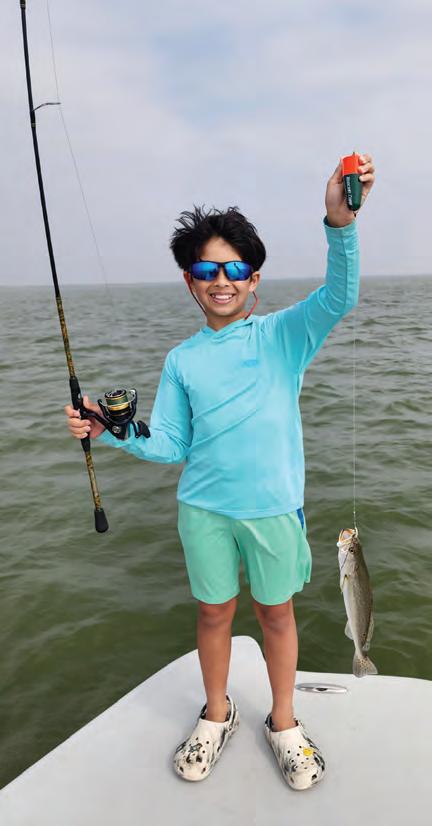
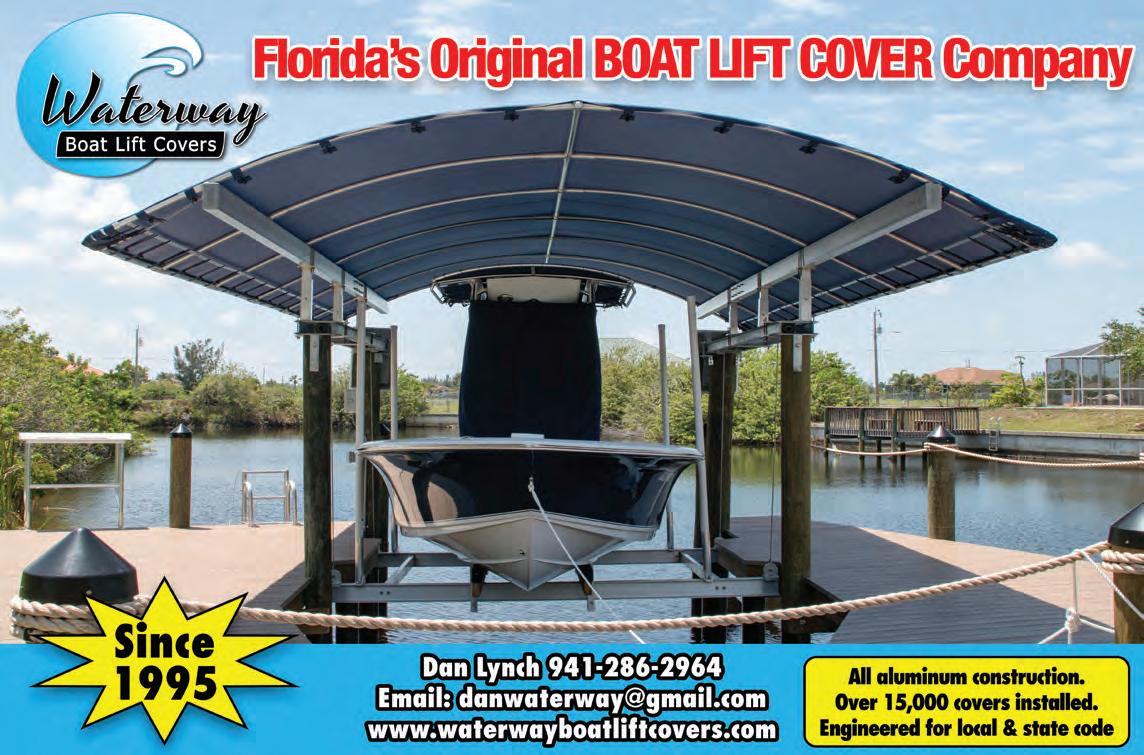


PHOTO COURTESY OF KNOCKIN TAIL LURES®.
6thJune & 7th

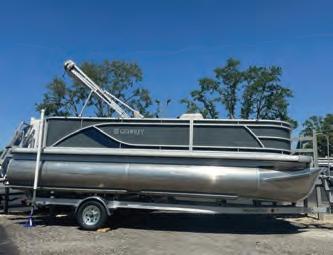
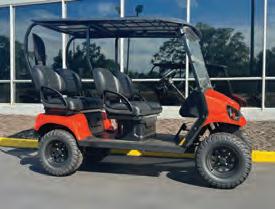
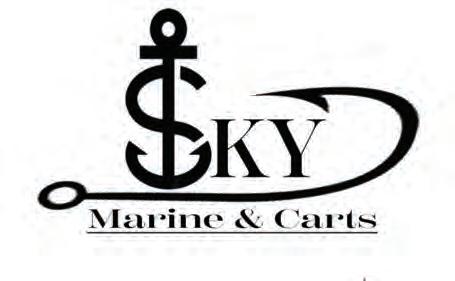
YOU’RE INVITED TO THE GRAND OPENING OF SKY MARINE ORLANDO!
GET READY, CENTRAL FLORIDA — SOMETHING EXCITING IS CRUISING YOUR WAY! SKY MARINE ORLANDO IS THRILLED TO ANNOUNCE THE GRAND OPENING OF THE AREA’S NEWEST AND FASTEST-GROWING BOAT AND CART DEALERSHIP! JOIN US JUNE 5TH & 6TH FOR TWO DAYS OF FUN, CELEBRATION, AND COMMUNITY VIBES.
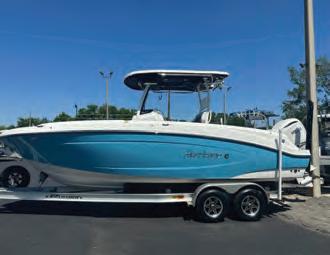
SATURDAY, JUNE 6TH WILL BE PACKED WITH: LIVE MUSIC, DELICIOUS FOOD & REFRESHING DRINKS, GAMES & ACTIVITIES, EXCITING GIVEAWAYS, FAMILY-FRIENDLY ENTERTAINMENT
LOCATION: SKY MARINE ORLANDO WWW.SKYMARINEORLANDO.COM • (407) 688-3030 4165 N US HWY 17-92 SANFORD FL, 32773
WHETHER YOU’RE A BOATING ENTHUSIAST, GOLF CART LOVER, OR JUST LOOKING FOR A GREAT TIME — YOU WON’T WANT TO MISS THIS! SEE YOU THERE!
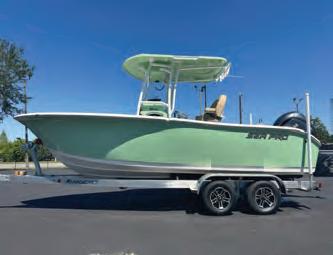
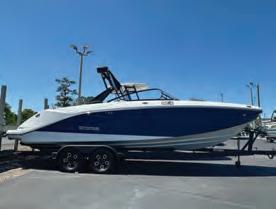
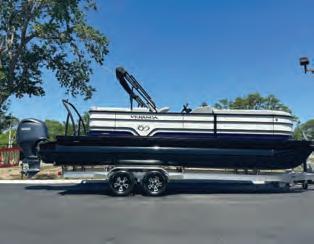
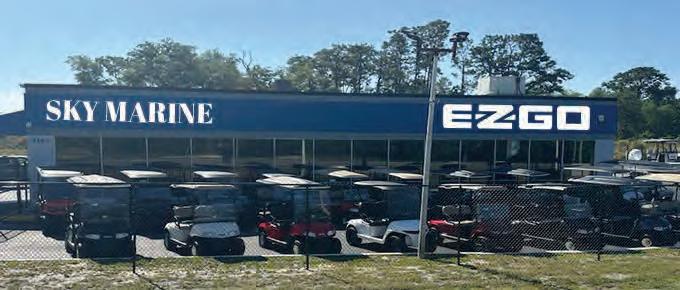
Sweetwater
Sea Pro
EZ-GO
SCARAB
HURRICANE
VERANDA

FORECAST BANANA RIVER
BREVARD COASTAL ANGLER
EDITOR IN CHIEF
BEN MARTIN
OPERATIONS
TRACY PATTERSON
ART DIRECTOR LAURA KELLY
WEBMASTER
RYAN CLAPPER
FINANCE & SHIPPING
DARLENE TAYLOR
DISTRIBUTION
JERRY TAYLOR
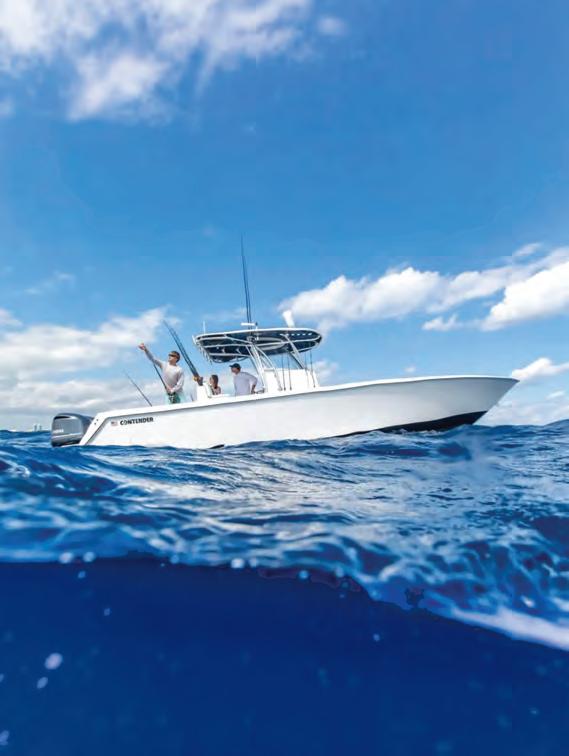
CONTRIBUTING WRITERS
Capt. Glyn Austin
Capt. Lukas Brickweg
Capt. Chris Cameron
Capt. Barry Englehardt
Capt. Scott Goodwin
Charlie McCullough
Capt. Troy Perez
Capt. Jim Ross
Capt. Michael Savedow
Capt. Jamie Thrappas

Banana River water temps are creeping up as summer begins to push out spring’s cool weather. That means fishing will be heating up along with it.
Birds are diving on a variety of bait species including finger mullet, threadfin herring (greenies) and bay anchovies. Cast netting these mullet and greenies will increase your odds of hot action. Fished around structures and on edges of shallows, these livies will be crushed by cruising redfish, snook and speckled seatrout. Black drum are still around and prefer shrimp or crab baits.
Early morning topwater action is exciting, and then subsurface presentations work best as the sun gets brighter. I love to throw a gulp on a 3/16th ounce jighead with a spring lock to hold the gulp body in place. It catches everything at times and is a great way to cover ground while still having a scented bait.
CAPT. SCOTT GOODWIN
Marker 24 Fishing Charters www.marker24marina.com (321) 536-7597

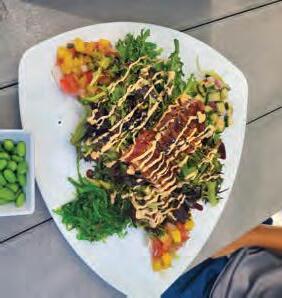
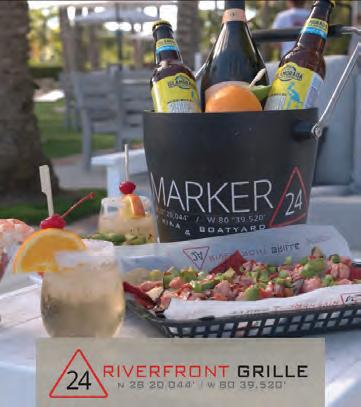
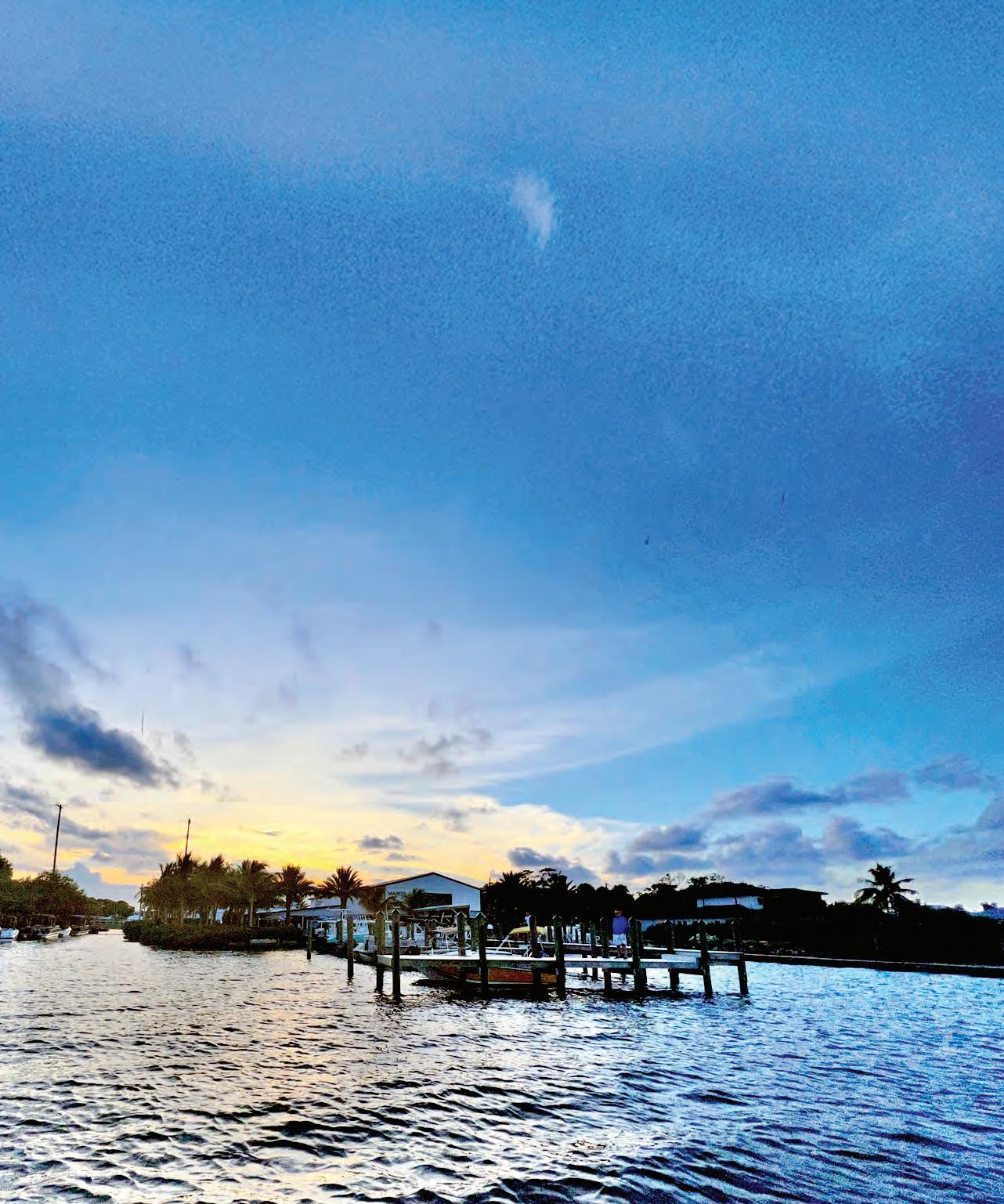
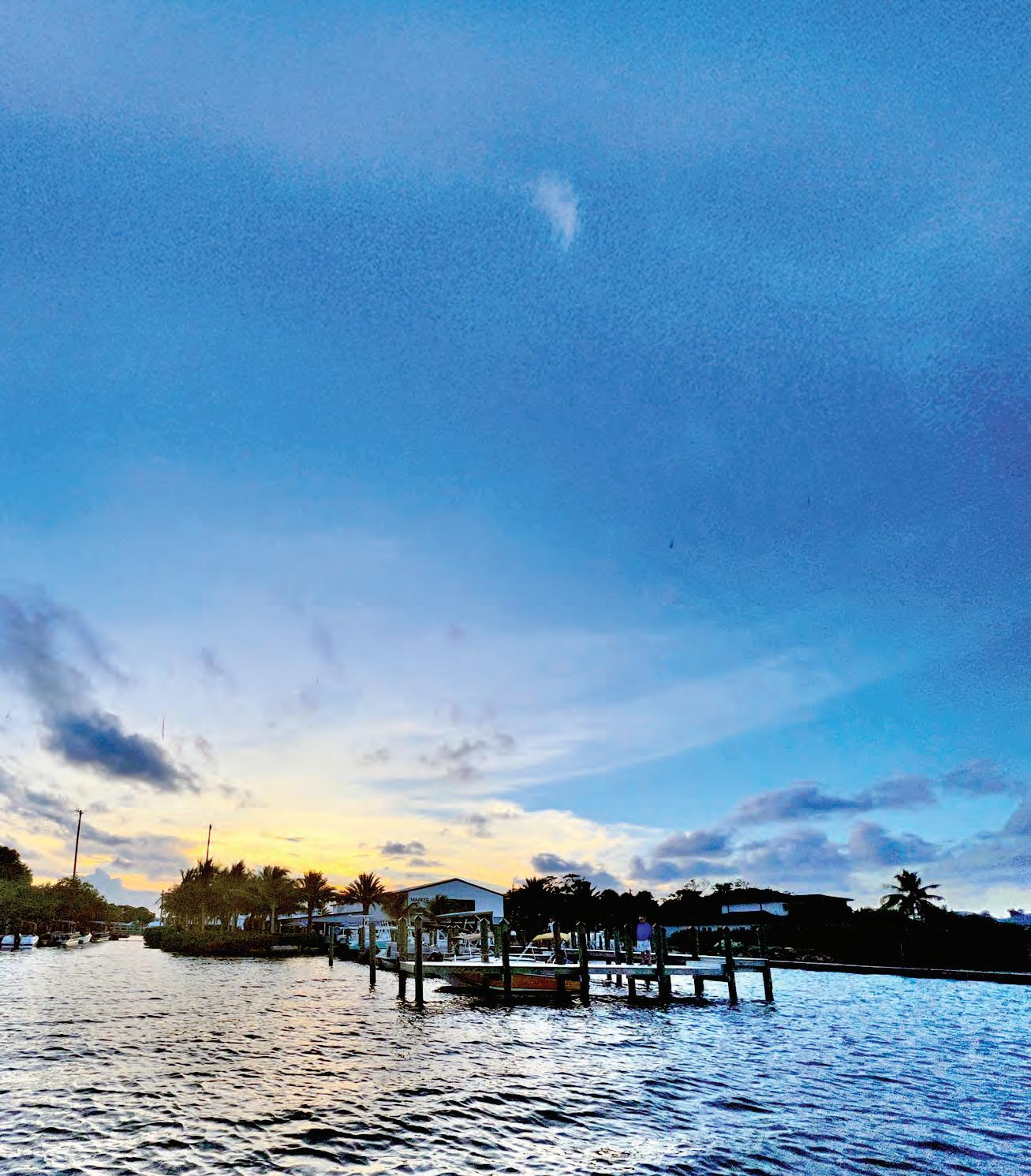
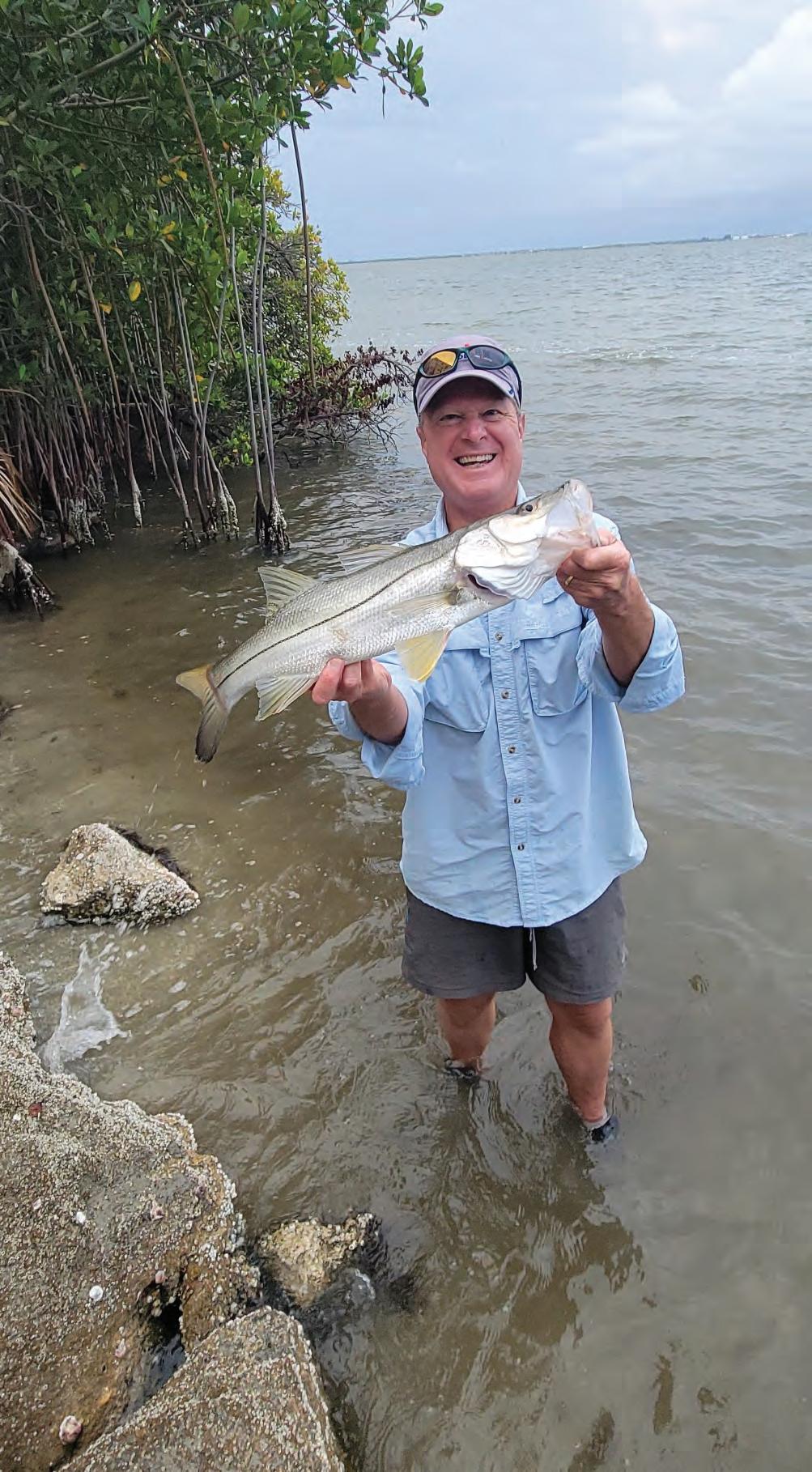
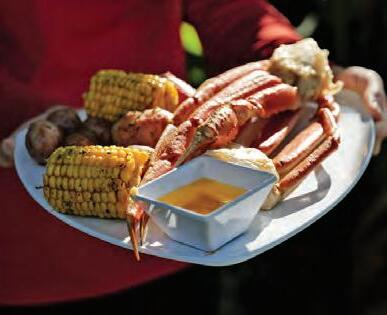
Shawn Schaffnew with a flats snook.


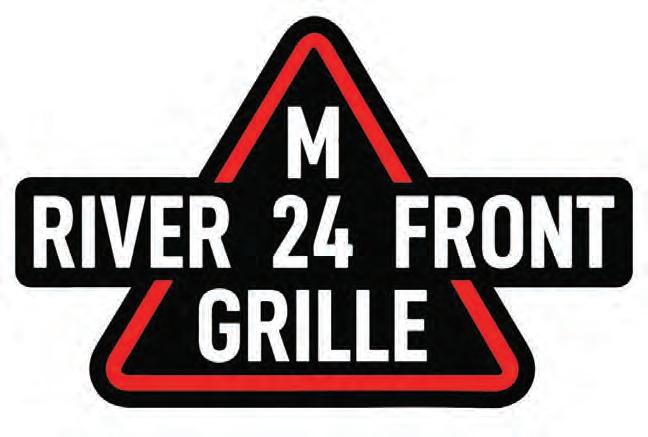
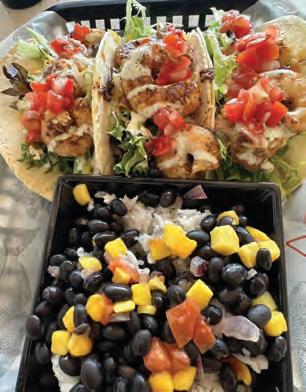

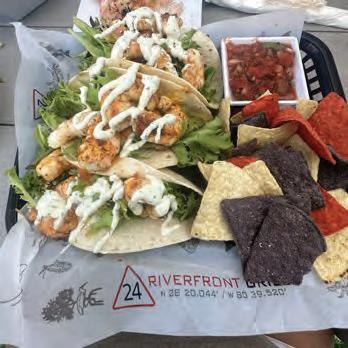

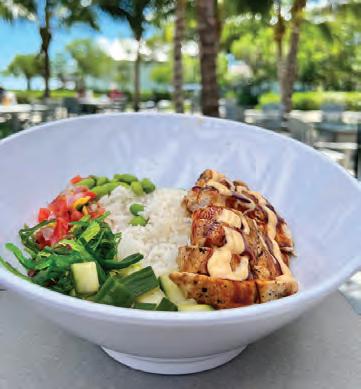
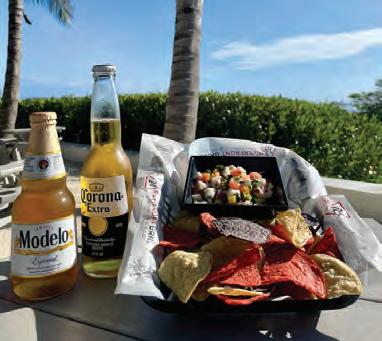


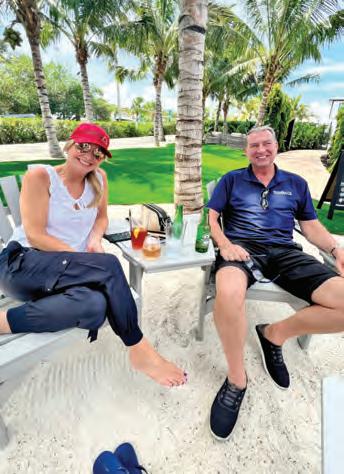

East Coast Tide Charts
CAPE CANAVERAL
January 2020
JUNE 2025
28Tu 4:17 AM -0.2 10:50 AM 2.2 4:42 PM 0.0 11:06 PM 2.0 29W 4:55

PORT CANAVERAL OFFSHORE
May turned out to be a great month and the fish really started to turn on. The bunkers have finally been showing up with better consistency. Just look where the fleet is in the morning, and you can’t miss them. And go get a good cast net! You’re going to spend a few bucks, but it’s worth it.
From the beach to reefs, tarpon, jack crevalle, bonito, spanish mackerel and kingfish have been 20 to about 40 feet from the beach. We have been having a lot of fun on light tackle with all these power-hitting fish. Use live bunker hooked through the nostrils on 50 lb. fluorocarbon leader with an 8/0 circle hook. If you start getting cut off a lot, then time to put the wired stinger rigs on for those toothy kings. Keep a jig ready for the cobia for when you see or mark the bait out there as this is the time of year they start to show up on the bait pods just off the beach.
The nearshore reefs such as Pelican and 8A have been great for the early morning king bite. Use your stinger rigs and live bunker for the best catch. In the last few weeks there has been wahoo, blackfin tuna, mahi-mahi and a handful of cobia all caught on king rigs in the same area.
PM 2.2
1:34 AM -0.5
AM 2.4
PM -0.1
PM 2.2
2:17 AM -0.4 9:01 AM 2.4 2:44 PM -0.1 9:07 PM 2.2 26Su 2:59 AM -0.4 9:38 AM 2.3 3:25 PM -0.1 9:47 PM 2.2 27M 3:38 AM -0.3 10:14 AM 2.3 4:04 PM -0.1 10:26 PM 2.1
4:044:04 3.7 9:259:25 -0.5 10:1910:19 0.16:248:23 5:045:04 4.0 10:2110:21 -0.6 11:2411:24 0.06:248:24
-0.6 11:2411:24 0.06:248:24
6:006:00 4.2 11:1611:16 -0.8 6:248:24
22Sun 5:135:13 2.8 6:006:00 4.2 11:1611:16 -0.8 6:248:24
6:566:56 4.3 12:2512:25 -0.1 12:1112:11 -0.96:248:24
23Mon 6:106:10 2.8 6:566:56 4.3 12:2512:25 -0.1 12:1112:11 -0.96:248:24 24 Tue 7:087:08 2.8 7:537:53 4.4 1:251:25 -0.2 1:081:08 -0.96:258:24
25 Wed 8:078:07 2.8 8:488:48 4.4 2:222:22 -0.2 2:042:04 -0.96:258:24
9:039:03
Fishing from the reefs to offshore has been good as well. There was a solid few days of great catches of mahi and we should still see a few weeks of it. Many fish have been caught from 140-180 feet and some days past 500; it’s just a day-to-day thing and, as usual, up to the winds and weather. The basic ballyhoo rigs and skirts have been the key. Smaller skirts the better. Pink seems to be the key.
Bottom fishing has also been awesome. Pinfish and croakers are a great bait for that. Fish the offshore reefs such as 21 and 27. If you target any of the wrecks, that’s a good start, too.
Don’t forget about the amberjacks. They’ve been great and should continue as well. They’re an awesome eating fish!
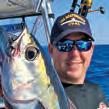
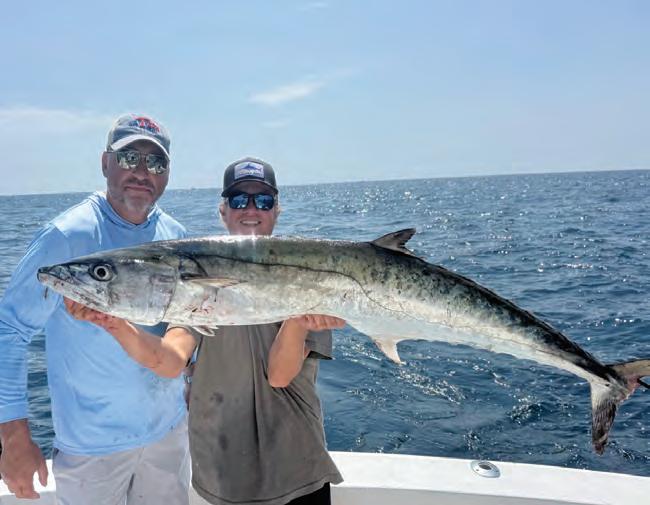

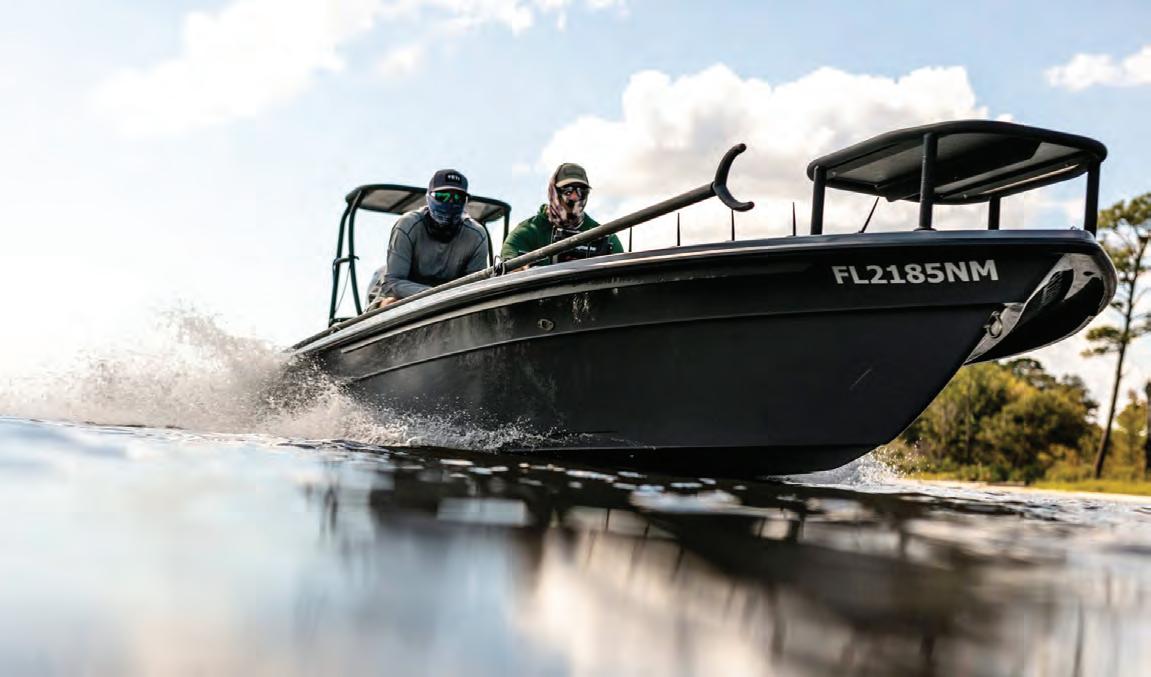


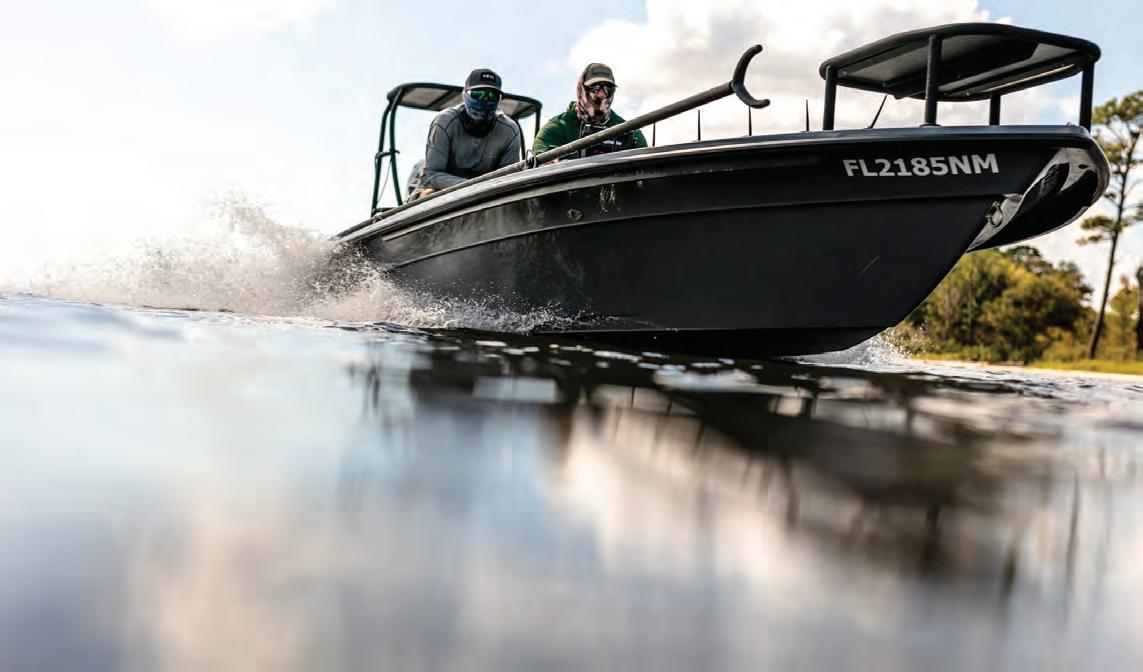




PORT CANAVERAL NEARSHORE
WOW!!!! That’s what I have to say about the awesome fishing that took place in May and will continue in June around the Port Canaveral area.
Tarpon are running the beaches and these 70- to 150-pound class gamefish are looking for something to eat. These fish are some of the biggest and baddest fish that we tangle with each year. Many of my charter customers love to test their strength and mental endurance by engaging in hand-to-hand combat with a monster “silver king.” Some even like to pull on multiple fish per day. The tarpon are always willing to give 100%, so don’t think you’re going to have a tarpon just roll over and play nice. They will test you in every possible way they can. Conventional or spinning reels with at least 30- to 50-pound test mainline and leaders in the 60- to 80-pound test range are our lifeline between angler and fish. If this parts it’s game over.
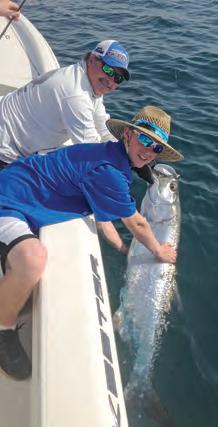
For those of you that can’t make it out to chase tarpon in June—I’ve got a spoiler alert—July is usually a really good month to chase these ocean athletes as well, so give me a call or email and let’s go check that big bruiser tarpon off your bucket list. It’s your turn to catch a memory!







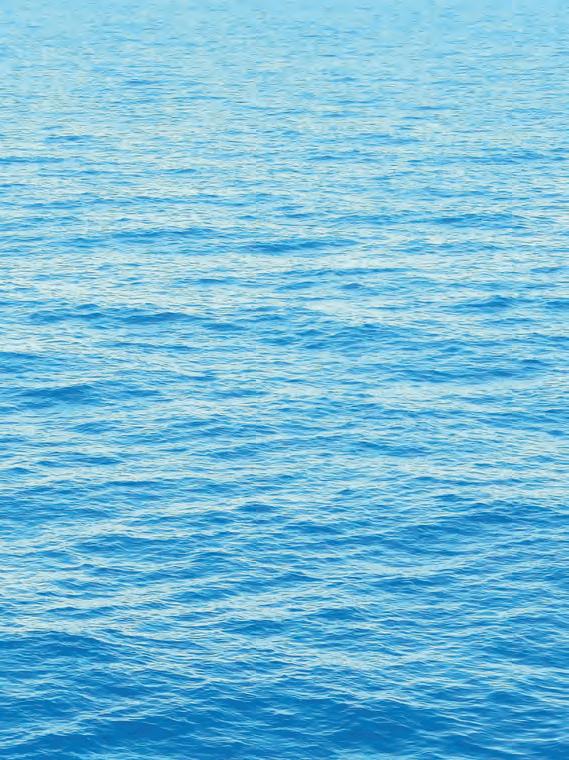




Tarpon release.
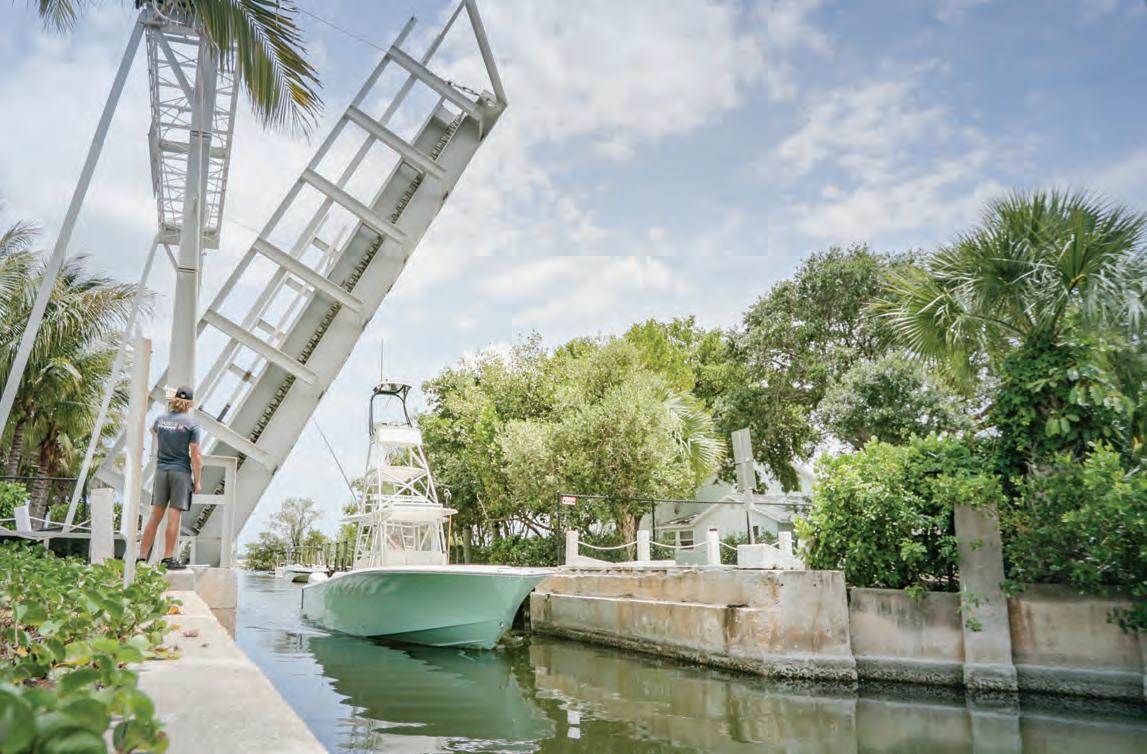
Just as the name says, Merritt Island is surrounded by water on both sides by the Indian River Lagoon and the Banana River, both relatively shallow bodies of saltwater that offer a variety of boating activities to include inshore fishing, cruising, wildlife watching and more. Marker 24 Marina (M24) on the Banana River is your one-stop shop for all things boating. They also offer wet slips and lift slips for year-long rentals for boats up to 50 feet.
Passing through M24’s draw bridge, the only privatelyowned bridge in the State of Florida, boaters enjoy the shelter of one of the few hurricane holes in the area. The west basin of the marina features over 120 slips of various sizes, three of which have recently opened and run $14 per foot with fees for power and water (no live-aboards)
Marker 24 Marina also features a working boat yard, marina market, and a Riverfront Grille with a wide selection of delicious food and a full bar. Come by water or by car and check out the hottest quiet spot in town.
For more information on Marker 24 Marina, email marker24marina@gmail.com, call (321) 453-7888 or visit them online at marker24marina.com.
UPGRADE THE BOAT YOU LOVE...
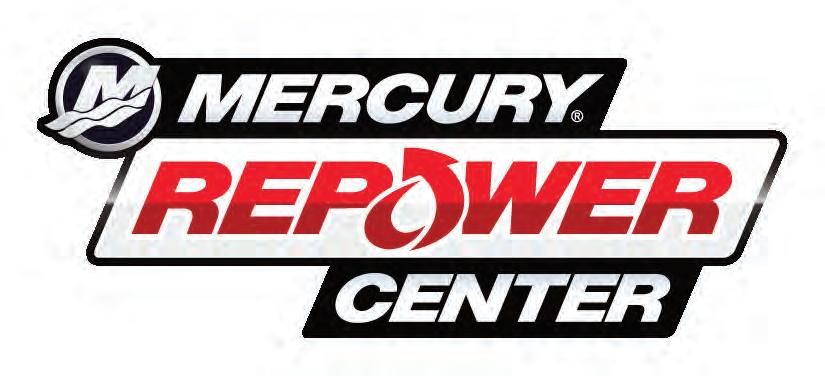
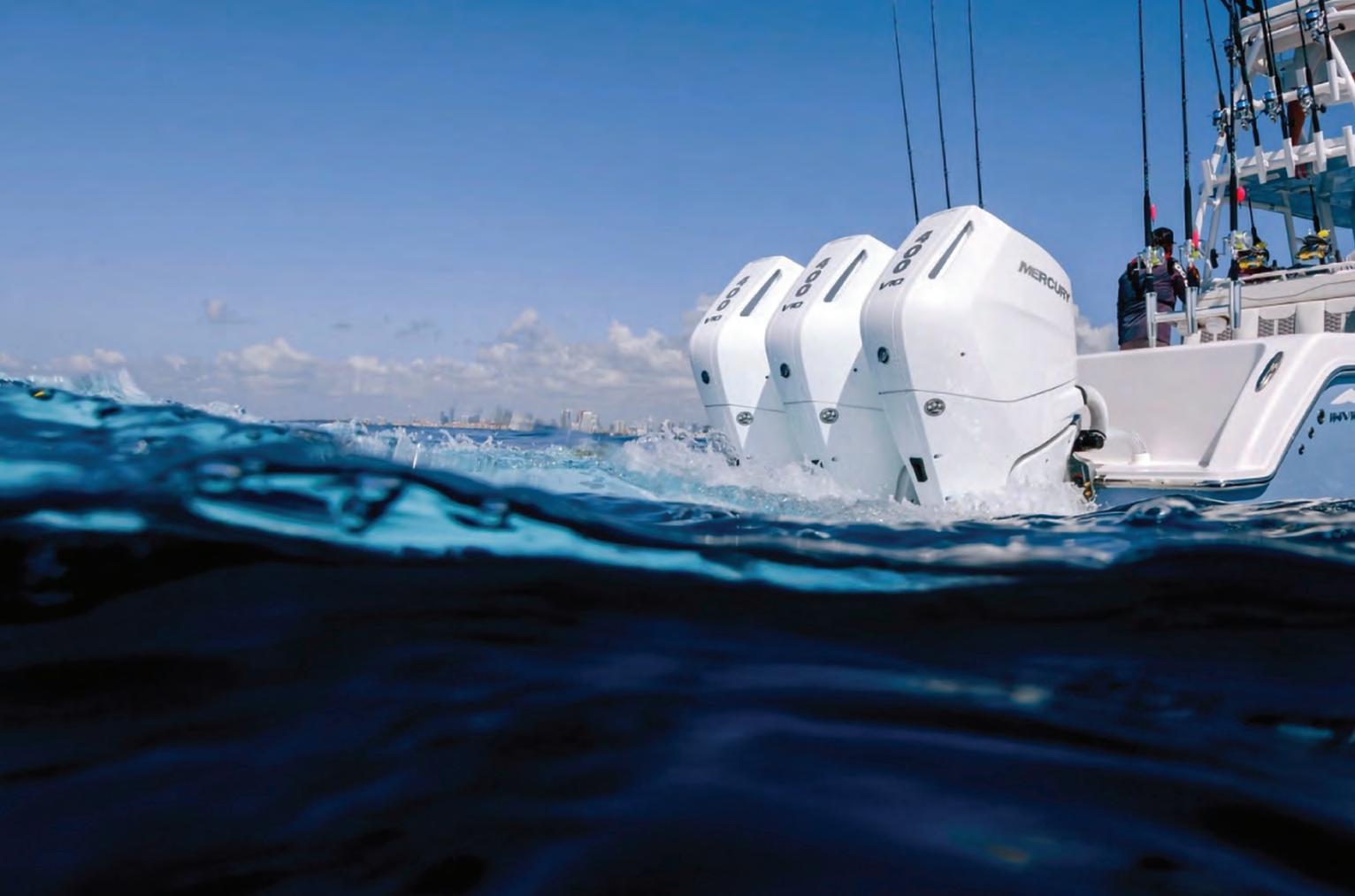
As an authorized Mercury Dealer and Repower Center, our staff of trained experts specializes in helping boaters like you continue to make lasting memories on the water. From the controls and rigging to additional technologies and post-purchase support, we’ll help you every step of the way. Take advantage of our affordable services and enjoy increased performance, reliability and peace of mind that come with a Mercury motor.

FORECAST ST. JOHNS RIVER

When your tomato plants have a hard time budding, you know summer comes earlier than the calendar here in Florida. June marks the beginning of our rainy and Atlantic hurricane season. Water levels will be the key to finding fish. If we get high levels in June there will be a lot of places for fish to hide as pastures typically get flooded along the St. Johns River.
Shad bait schools are downstream for the most part. Fish for bass early in the morning, during June’s ‘noon’ bite, and late evenings. Schooling bass can be found at the mouths of the lakes along the St. Johns River here in Central Florida. I can’t wait to try the new Berkley Powerbait Bonga Shad - when you find baitfish getting busted on the surface, throw a jerk bait or shallow swimming crankbait and retrieve with the river flow between the school and the riverbank.
Heddon’s Super Spook Jr. (bone color is best), crank baits, and rattling lipless crank baits (rattle traps) are best bet lures.
Catfish: Now is the time to catch large blue channel catfish. When rainwater flushes out of the creeks and rivers, the cats swim upstream to find forage and nesting areas. Ugly Stik makes special catfish rods; don’t just Google it—try one. Use a foot of 20 lb. test fluorocarbon leader and a 2/0 circle hook pinned with just enough weight to hold the bottom. Secret bait: live shrimp, de-headed and peeled.
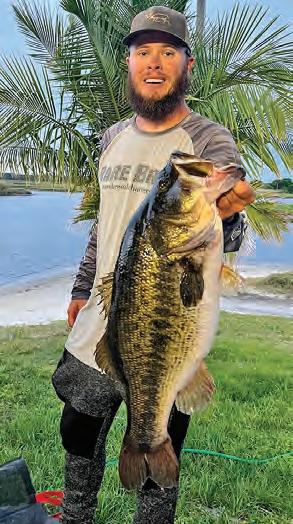
Bubba Myers with his 10.16-lb. St. John’s River giant, caught while fishing at the Jolly Gator Bass Series event April 8th. It’s currently the “Big Bass of the Season” and, according to Phil Wolf, Coastal Angler Magazine - Orlando Co-Publisher and the series’ weigh master, “It’s the largest one caught in the 11 years that I’ve been the weigh master for our events!”
Panfish: Spawning will taper off in June. Best bets for catching them are during full and new moons. Look for beds in the straight areas of the river along the bank in 2- to 5-feet of water. Bluegills like sandy bottom or shell bottom for nesting. Use crickets for best results. Try a 4-foot piece of Berkley’s Vanish 8 lb. test fluorocarbon leader in clear water for more hookups.
CHARLIE McCULLOUGH
Coastal Angler Magazine charlie@coastalanglermagazine.com




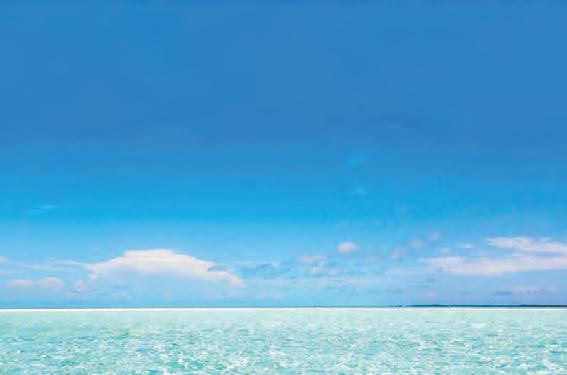
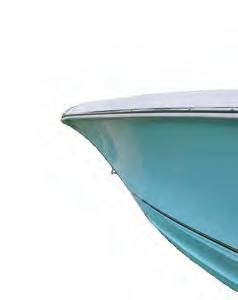
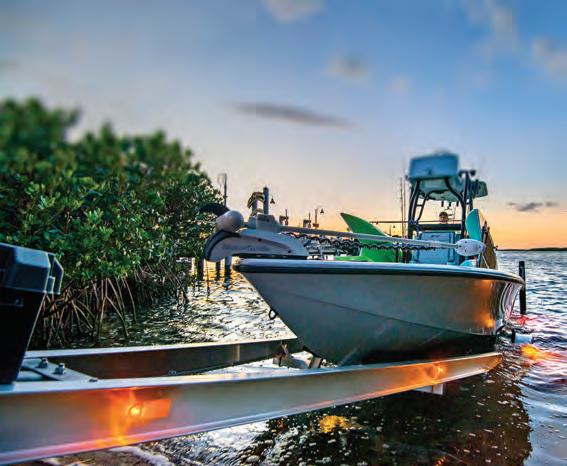

BREVARD COASTAL ANGLER
BRAG

Eric
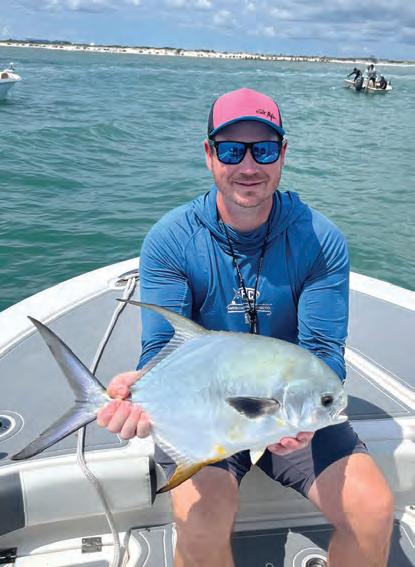
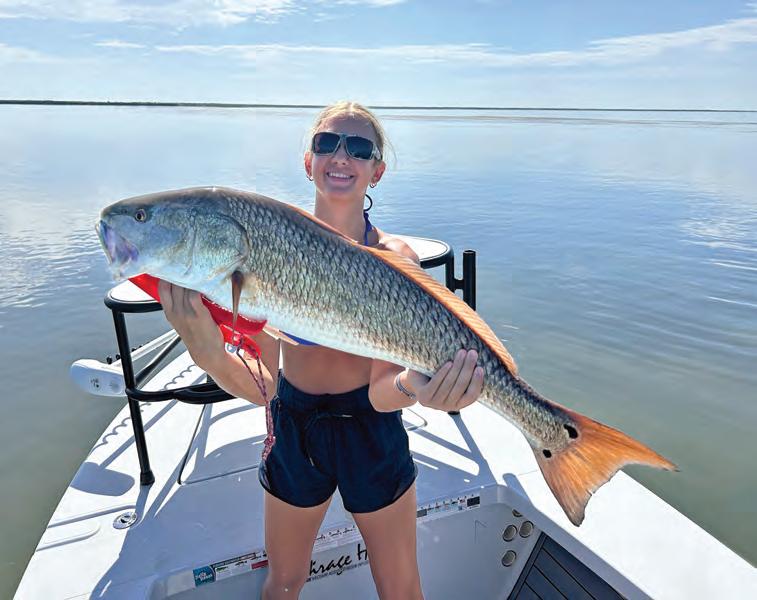
Evan Jones hooked an 8-pound permit offshore, north of Port Canaveral.
Steven Fullen got this 34-inch redfish night fishing ”in his spot.‟ You know what he means...

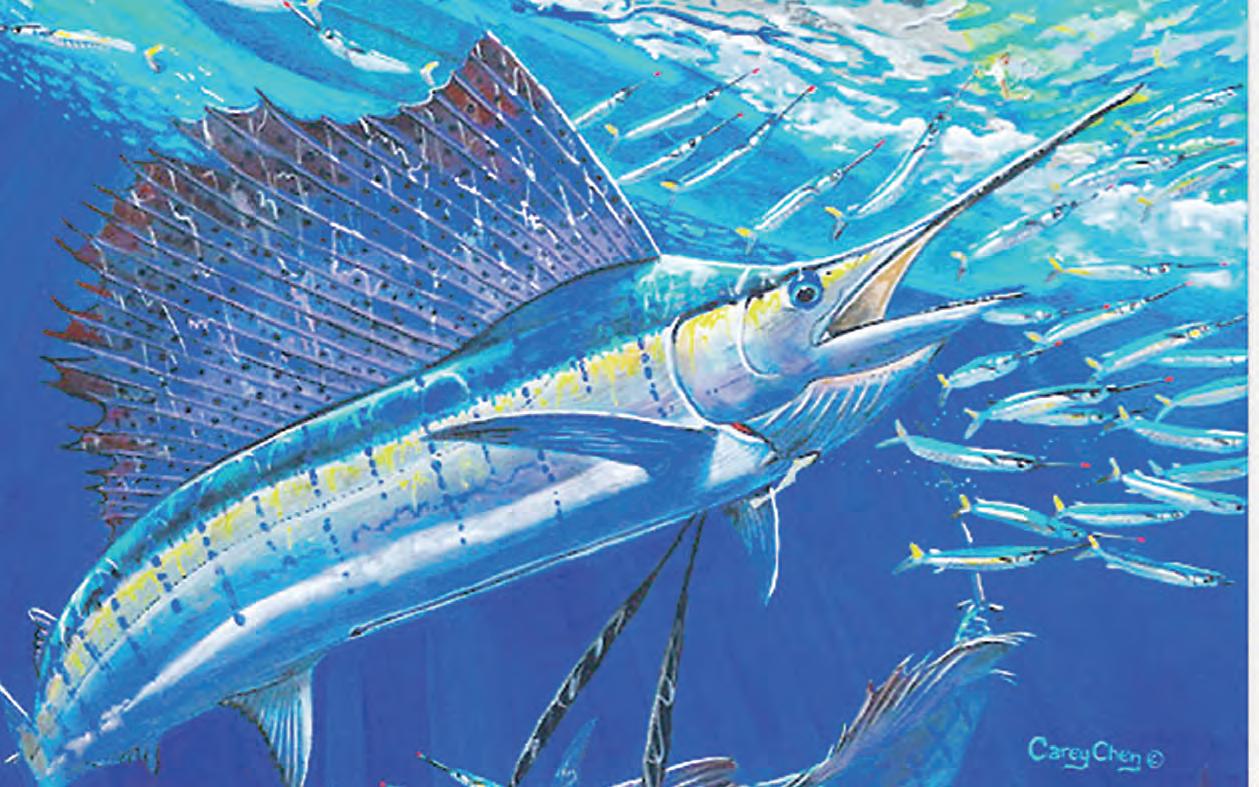
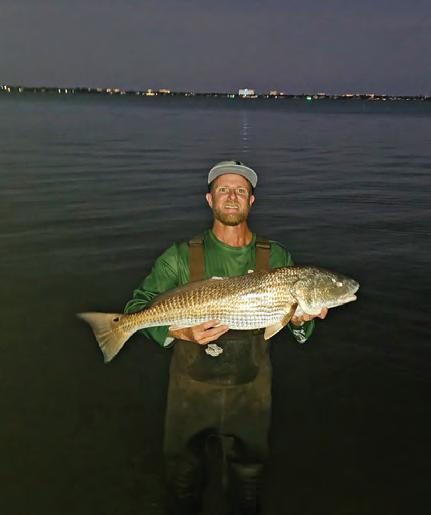
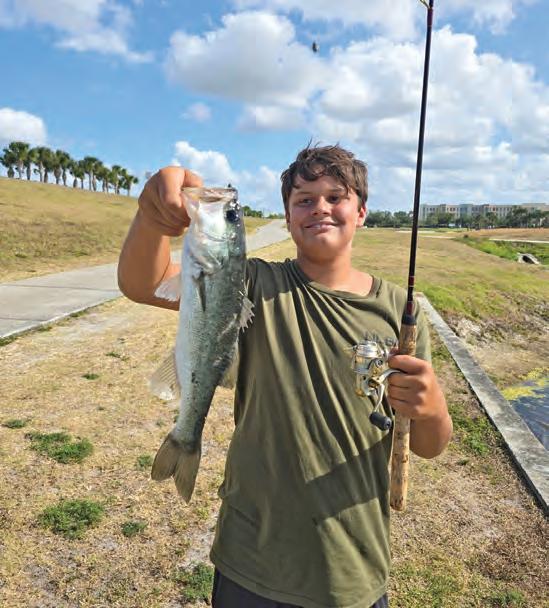
Jack

Joe Lopez says amazing memories with his daughter were made while site fishing a nice school of oversized redfish in Mosquito Lagoon. Pictured here is her 36-inch!
caught this nice little 14-inch, 2 lb. bass in Viera while fishing for bluegill using a beetle spin.
Worley took a selfie with his 18-inch speckled trout.
BOARD

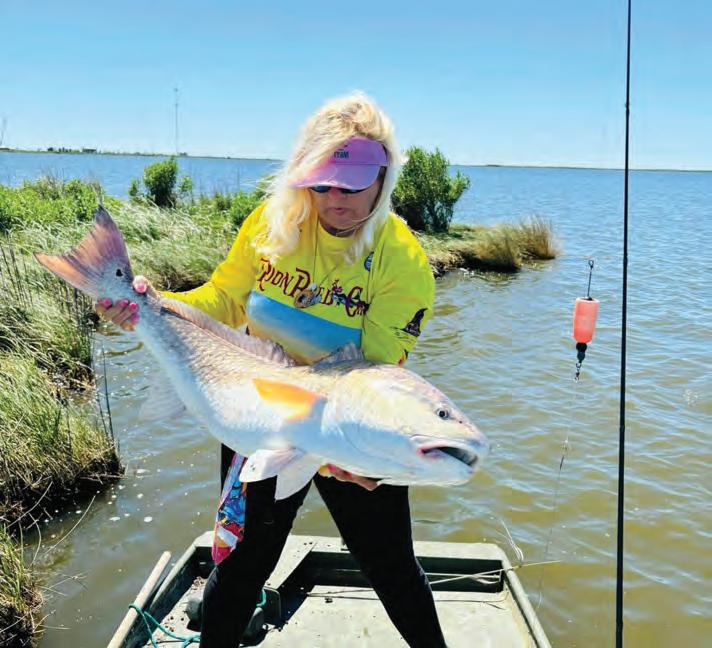

While Wanda Stewart was fishing with dead bait under a 4 Horsemen popping cork in an open area of shallow water, this 41-inch big red started dragging her line like crazy. It was a 20 minute fight to land him, and he was released to fight another day.
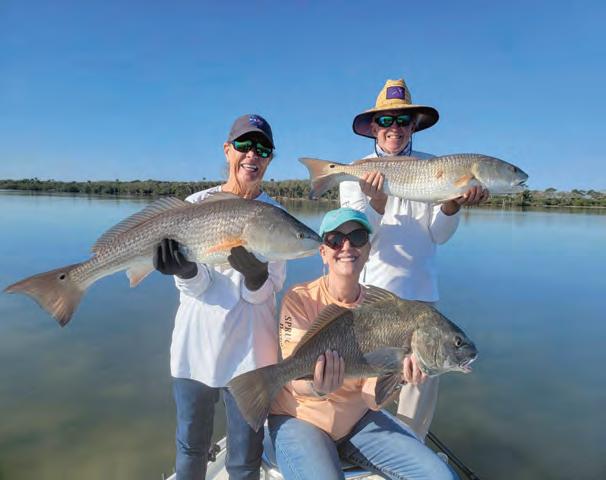
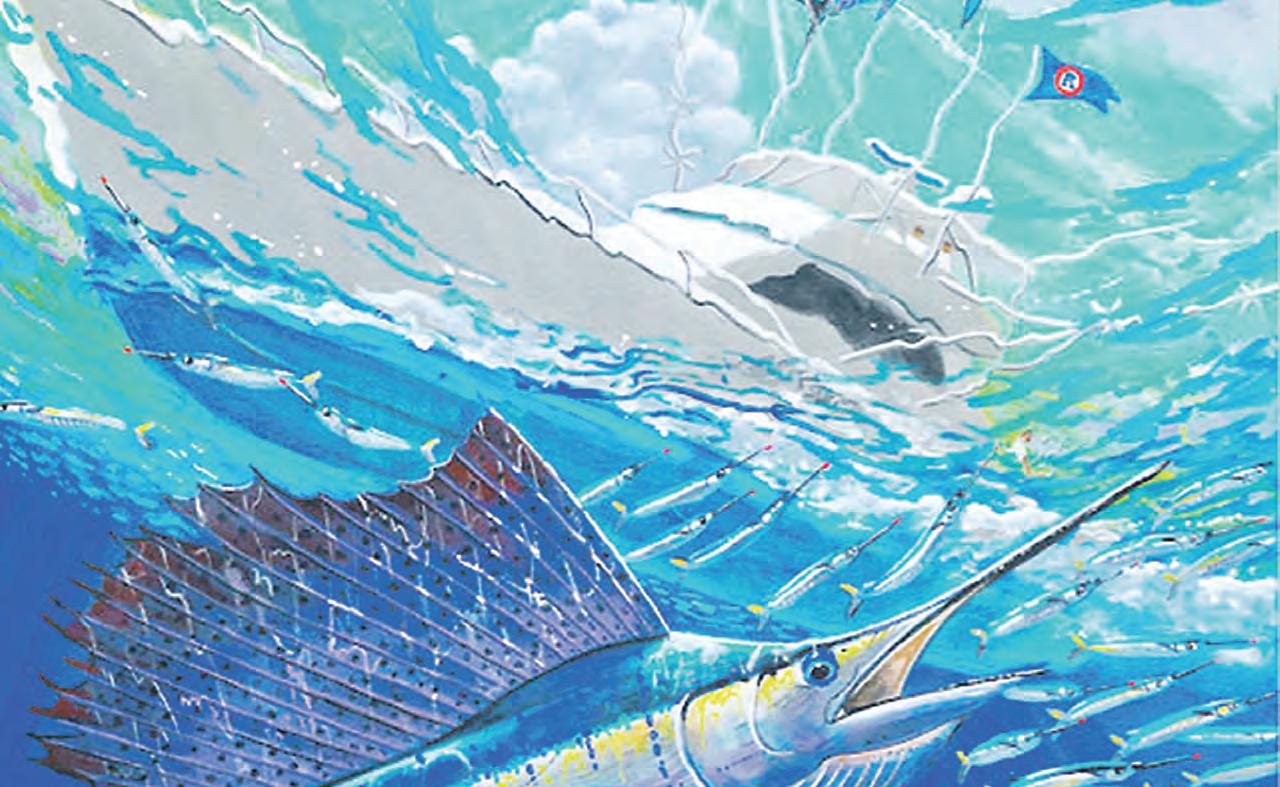
Sined Smith with a nice snook circa 1995. Rest In Peace...
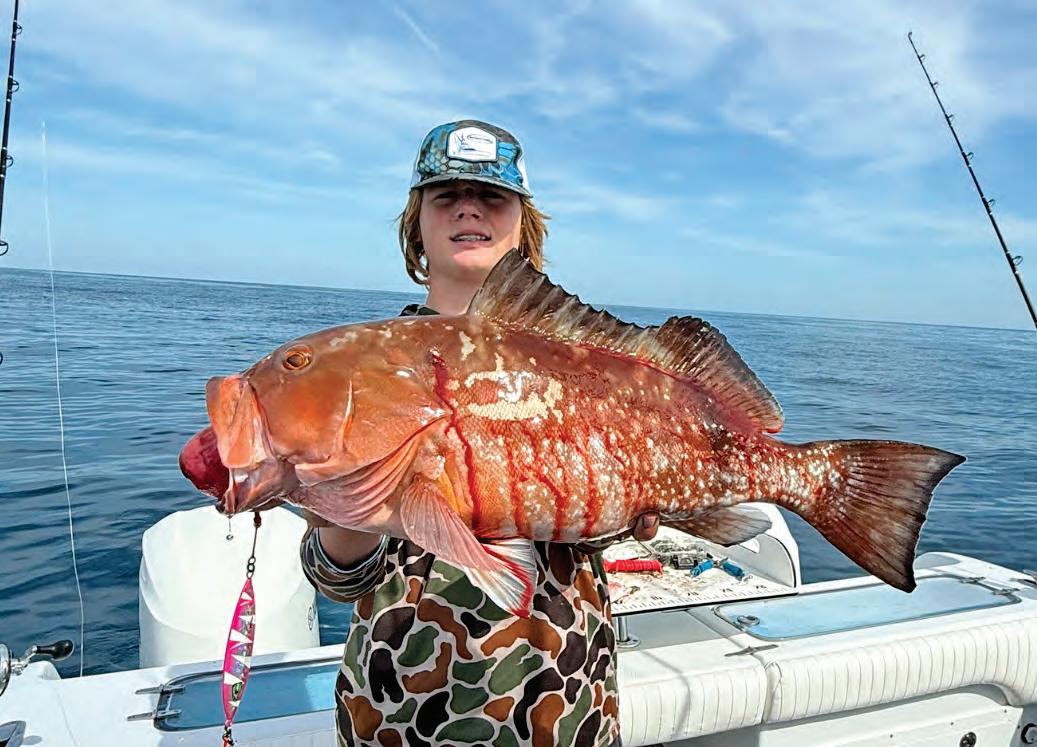
Triple catch of drum—two reds and a black— caught and released in the Indian River Lagoon.
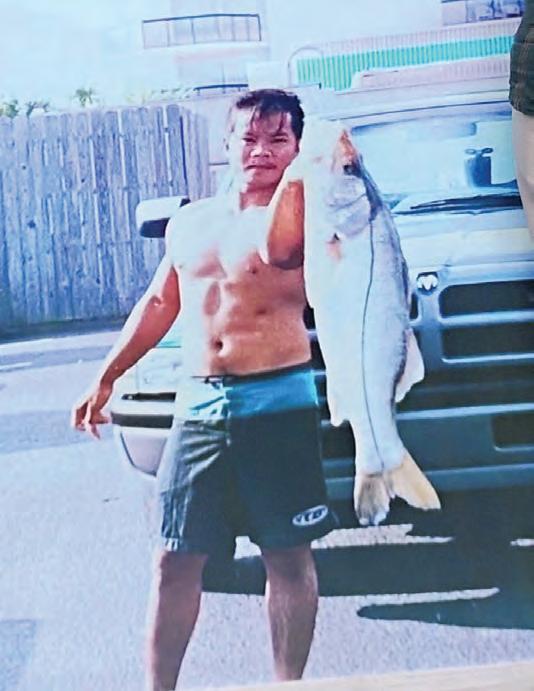
Junior angler Ben Barringer caught this massive 25 lb. red grouper slow pitch jigging.
your chance to

INLET TO EAU GALLIE CAUSEWAY
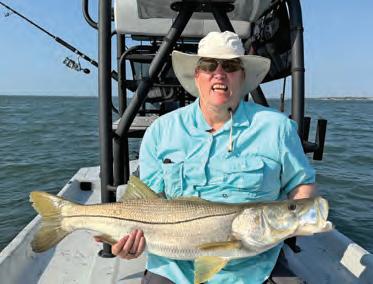
The beach fishing should heat up along with the weather in June as we’ve had more cold fronts coming through late April into May which brought some cooler temperatures and strong and inconsistent winds. The warmer temps of June will bring more bait along the beaches, in addition to false albacore, tarpon, snook, redfish and jacks from Melbourne Beach south to the Inlet. Fish the bait pods using D.O.A. Baitbusters and Rapala Shad Tail baits if you prefer soft plastic baits, and Strategic Angler’s Naia in the 5” model or Rapala’s X-Rap 14 for the hard baits. Fish the soft plastics deep and the hard baits for the fish staying close to the surface. Snook will be in the trough close to the beaches hanging on the bait pods as well. Best bet for snook is live bait. Greenies, pinfish and pigfish rigged on a 6/0 VMC circle hook will all produce. Keep your eye
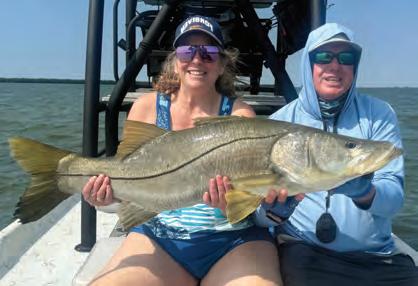
out for afternoon storms as they will come out of nowhere and can bring high winds and kick up the seas in a hurry.
The creeks from Melbourne to Sebastian will be a good place for anglers looking to target snook, tarpon, jacks and sharks this month. The Sebastian River, Turkey Creek, Crane Creek and the Eau Gallie River will be good early in the mornings for anglers using artificial baits. Rapala Skitter Walks in the mullet pattern are great baits in the early morning and evenings, and D.O.A. Terror Eyz are great deep water baits. Suspending baits are good early morning and evening baits as well; Rapala’s Twitchin’ Mullet and Twitchin’ Minnow are both good choices. Bait fishermen targeting snook and tarpon can find success using live finger mullet on a 5/0 to 7/0 VMC circle hook rigged with 30-50 lb. leader depending on the size of the tarpon.

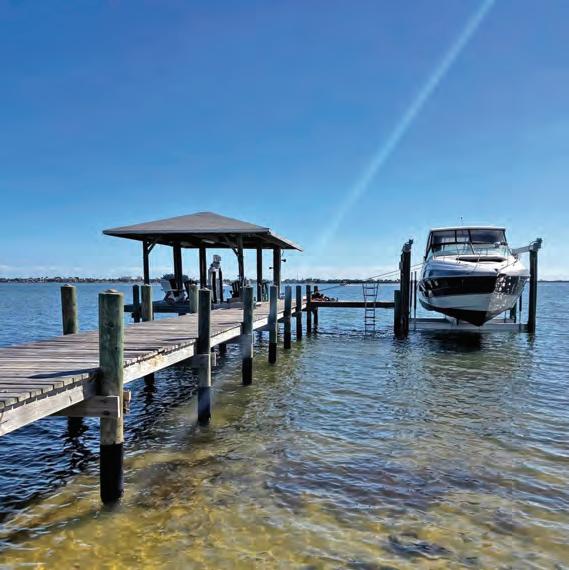
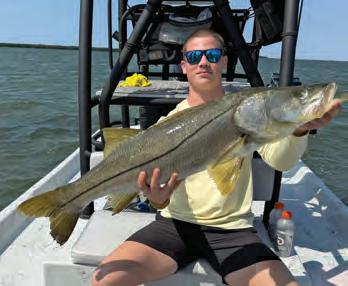
The bite in the early morning and late evenings along the mangrove shorelines and the flats should be good for big trout, reds and snook. Topwater action should be solid, and as the sun comes up switch to suspending baits or live baits. Live mojarra, pilchards and pigfish are the baits of choice to entice the fish early. The tarpon will also move into the Indian River Lagoon from Sebastian to Melbourne and can be found around bait pods in the ICW as well as deeper areas that hold bait. Early morning and late evening are the best times to target the tarpon on fly, artificial and live bait.







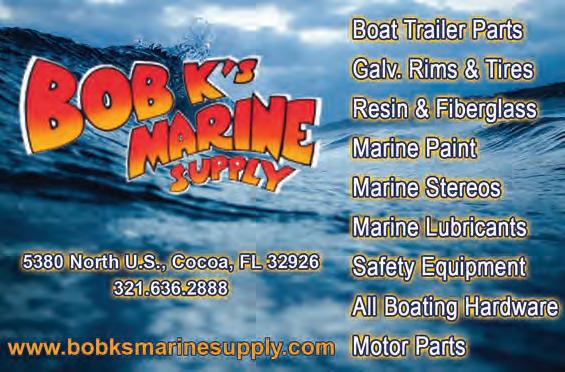

Great day catching big snook for Kurt and his family!
SEBASTIAN INLET
& Wabasso Beach, FL Tides - Jun 2025

JUNE 2025

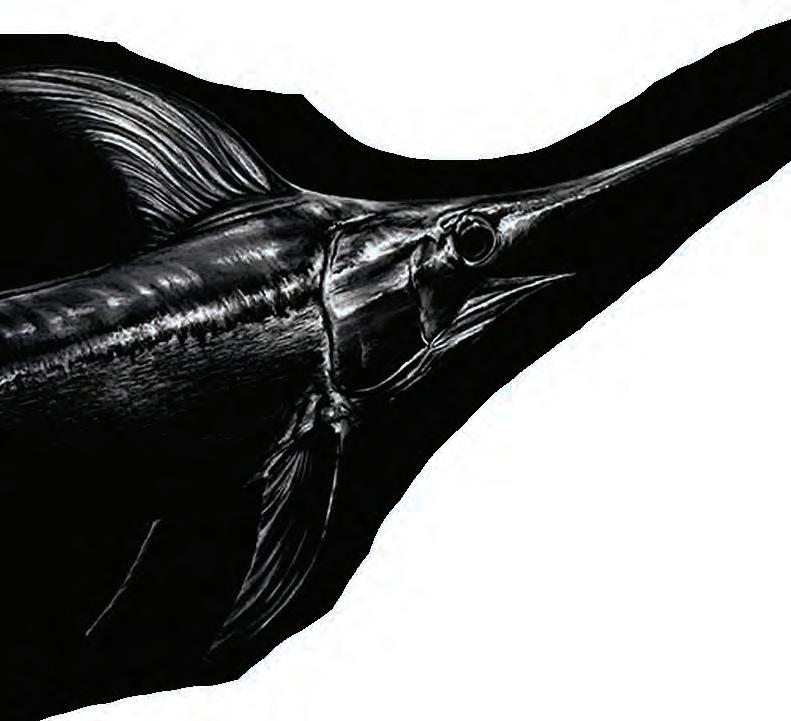
1ST PLACE $10,000 2ND PLACE $3,500 3RD PLACE $1,500 5TH ANNUAL AUGUST 7 TH - 10 TH, 2025




INDIAN RIVER LAGOON FORECAST
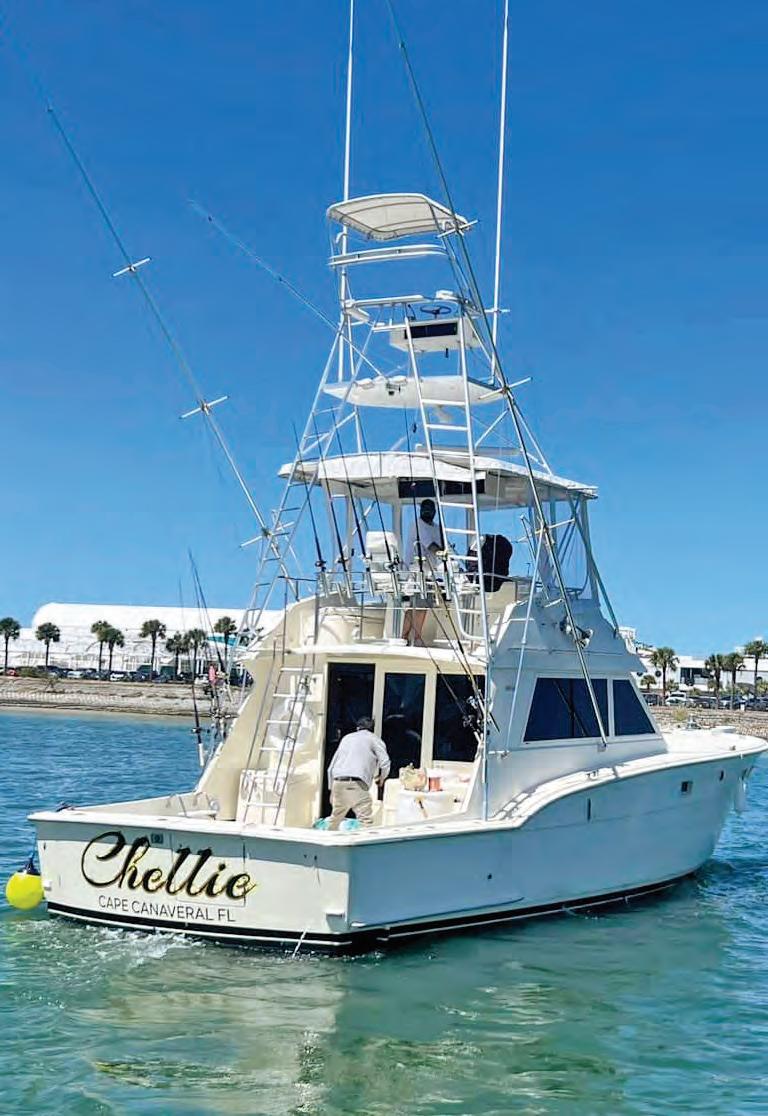
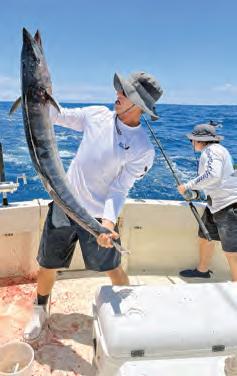

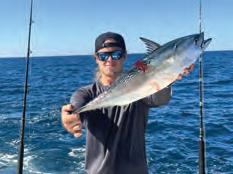
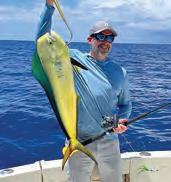
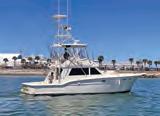
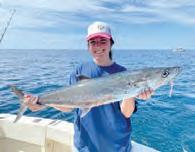
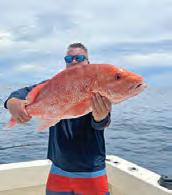
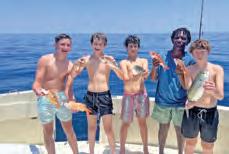
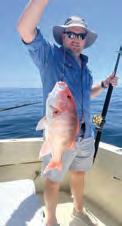

June is finally here and the weather will finally get more consistent. When the water is high form the afternoon rains there’s more opportunities to catch redfish, trout, black drum, tarpon, snook, and even jack crevalle on the flats. Early mornings get the best results. Use live shrimp or cast to them using jerk baits and paddle tail baits. I typically use my light rods like my 8 pound test line rods with 20- to 25-pound fluorocarbon with 3/0 J hook.
With water getting higher from afternoon rains you have a lot more places to fish; you can fish close to the shorelines, around the points and in coves, and any sand areas in the grass is where the fish are going be hanging out. There are also more schools of black drum than typically this time of year. Look for smaller black drum, the 3- to 10-pounders and groups of 5 to 30 fish groups. Trout fishing with artificial should be really good as well in June. There are lots of mullet on the flats; find them and the fish are close by! The snook bite has really picked up on the flats, too. I catch them on cut bait fishing points and pockets.
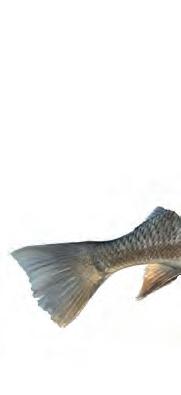
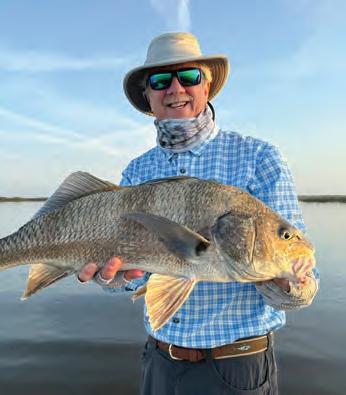
The inshore tarpon fishing is starting to really come around now. Try fishing in Rinker Canal, Satellite Beach canals, Sebastian River and canals in Merritt Island, all very good places to find them. Juvenile tarpon in the 2- to 20-pound class are lots of fun, lots of action. Typically, I use a small fly to catch them or I use little mini jigs (which we use for spec fishing in freshwater), but I use a little bit beefier hook, the smaller the jig the better, 10 lb. braid and 15 or 20 lb. leader.
For ocean fishing, tarpon definitely should be there by now and I typically use croakers, pinfish, poagies and large mullet. I can use live bait on these fish with 60 lb. fluorocarbon leaders with 30- to 40-lb. braid. There are plenty of sharks to be caught, so you better have lots of hooks with you. Just run along the beach until you see tarpon rolling in the morning. It’s usually best early in the morning for the tarpon, and there’s still a few tripletail around the buoys. There’s other species this time of year out there, too, like jackcrevalles, Spanish mackerel, bluefish, bonita and sometimes kingfish, all nearshore which you can all catch in a small boat.
June Tip of the Month: Go early in the morning when it’s calmer in the lagoon or ocean so you can see the fish and sight fish for best results.
CAPT. TROY PEREZ
Troy Perez Fishing facebook.com/captaintroyfl capt.troyperez@gmail.com (321) 607-2033

The water’s come up and fishing’s been hot in the IRL!
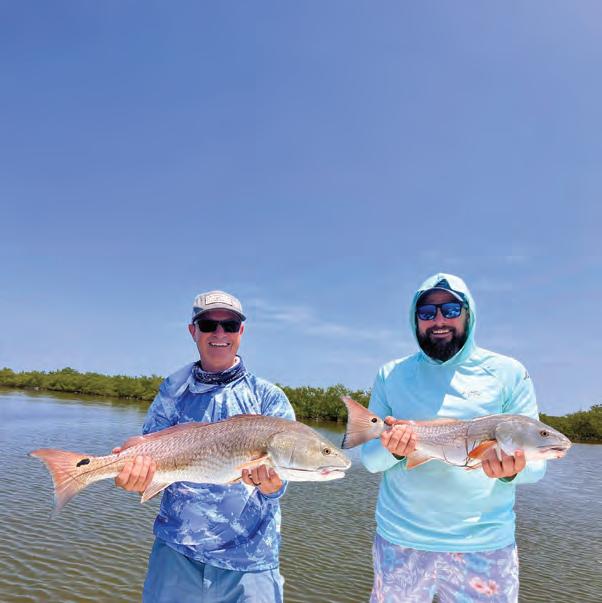
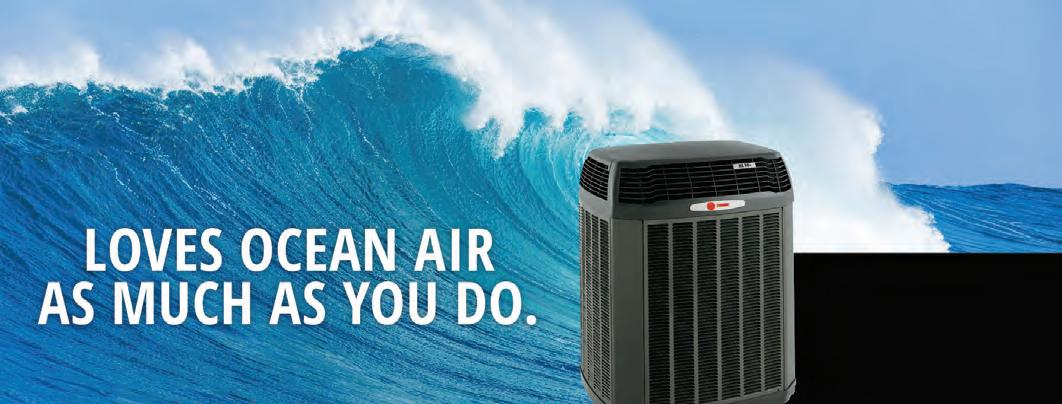

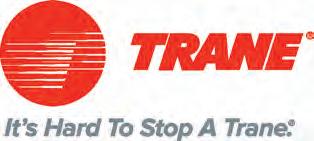

Surf fishing enthusiasts can rejoice in knowing that the “big fish” species will be on the prowl in June! These named species include snook, tarpon and sharks. As summertime water temperatures take hold, these species will become more active than ever. Look for concentrations of bait and clean water to hold the best fishing. Furthermore, the seaweed will come and go and should be noted for the best opportunities to keep baits in the strike zone.
Live bait options, including live mullet, pig fish, mojarra and shrimp will be the best choices. Fish these live baits free lined or with a small sinker such as a split shot for optimal presentation. You won’t need to cast out very far, therefore light tackle options prove suitable for the task. Reel sizes such as the 4000-6000 range will do the job perfectly.



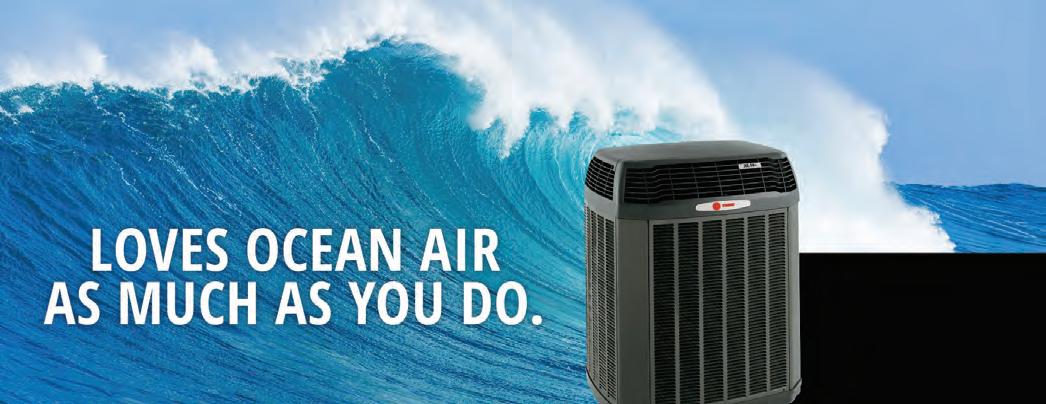
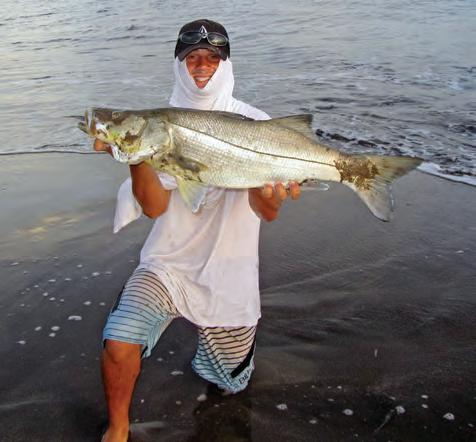
The recommended surf fishing tackle for enticing snook and tarpon should also be noted. For instance, use circle hooks ranging from 3/0 to 6/0 depending on the live bait size. Pair these hooks with fluorocarbon leader from 30-60 pounds. Circle hooks ensure the fish is properly hooked in the corner of the mouth. This is critical for the health of the fish as it’s catch and release this time of year. Also, it makes sure you don’t hook the fish deeply which will cause abrasion to your line and increase the likelihood of breaking off an acrobatic tarpon.
For those targeting sharks in the surf it’s also a great time to

lures work when the sharks are in a frenzy. Look for bait likes and crashing sharks for the ideal opportunity. Secondarily, one could soak cut baits with a designated shark rig if you want a more relaxed approach. Enjoy the summer season and get out there to catch a trophy.


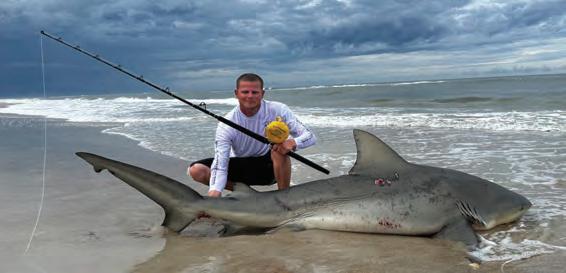
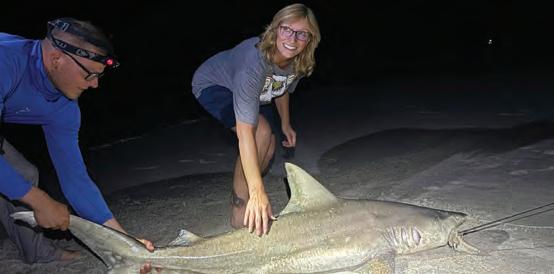

Summer is here. June means school vacation time for the kids, and Mosquito Lagoon is a great place to teach them the basics of fishing at their skill level, making it easy for them to catch a bunch of fish.
For younger children, the best way for them to learn new fishing skills is to fish for the small abundant panfish, such as mangrove snapper and sailors choice, aka pinfish, they will learn basic techniques to use in years to come to catch bigger and better fish. A small hook will catch loads of smaller fish, but also will catch a surprisingly large fish when a bigger one bites, so use a #4 or #6 hook, a light weight, and a small piece of peeled shrimp; fish in the right spot and the kids will catch fish one after another. They will learn to bait a hook, fight their fish, then safely unhook them, get a quick photo of a few, and learn about catch and release. This is the best technique for them to learn good fishing skills and they will be better anglers in short order as they get older.
For kids with a little more experience, teach them to free-line fish with live shrimp, or easy-to-use artificials, like a leadhead jig with soft plastic tail, and they will catch seatrout, ladyfish, jack crevalle and more. Don’t make it complicated, keep it easy and fun. Teach them about conserving our marine resources and to be good stewards of our wildlife into the future.
Snook season is closed June, July and August,
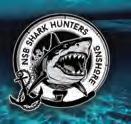
so catch, photo, and release these linesiders until the first day of open season, September 1. Our area’s snook population is the best it has been in many years; use gentle care with them for release to keep the good numbers going for years to come.
Summer fishing with live pigfish and croakers is a summer tradition on Mosquito Lagoon for seatrout, redfish and snook, and are also good for many other inshore fish, including snapper, tarpon, jacks and ladyfish. In the lagoon, fish them free-lined and tail hooked along drop-offs, sloughs, and off the edges of flats. Popping the rod gives a tug on the bait, pulls it up off the bottom, encourages sinking, and attracts a fish to attack. In the backcountry, fish them along drop-offs of any depth; for deeper drops free-lining allows them to swim down the face of the underwater cliff. Shallower drops, small sloughs, and oyster bars are all good to try. In shallower spots a float can be added, which will keep the bait suspended above the bottom as they will always try to swim down.
Croakers, pigfish, spots, mullet and pinfish can be prime baits for bull redfish, snook, tarpon and sharks Lip-hook for drifting the main ICW channel from Edgewater to Ponce Inlet for big reds and sight cast to surface-rolling tarpon anywhere from offshore Ponce into the inlet, the ICW channel, all the area bridges over the
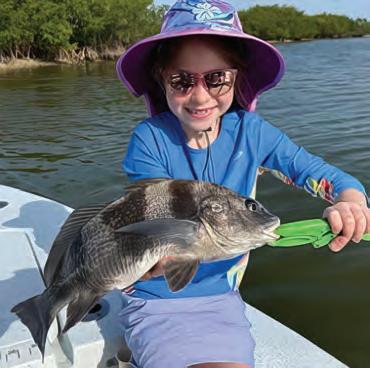
Intracoastal Waterway and through New Smyrna south into the backcountry.
Our summer rainy season means heavier stormwater runoff. Please learn about and obey the fertilizer ban laws. Use less lawn chemicals of all kinds to help protect the already damaged water quality of the lagoon and Intracoastal Waterway and help combat the algae blooms which have been a major factor in our sea grass loss and decrease of oysters and clams which, in turn, directly affects our inland waterways and fishing now and into the future.
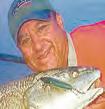
Sabela caught a nice black drum.
PONCE INLET & BACKWATERS

June is the beginning of the heat and it just gets hotter from now through September. That means getting up early, fishing just before dusk, or hit those lights at night! To produce fish this time of the year, especially at the inlet, you have to get on it early and try to avoid the crowds. Redfish, flounder, snook and tarpon are all my target species at the beginning of summer.
The redfish bite on live bait should be pretty solid at the inlet. Use live shrimp, mullet, cut mullet or croaker and you will be able to get hooked up. I typically look for schooled up fish on outgoing tides and set up ahead of them with enough weight to hold bottom (2-3 oz. egg weight) and about 24” of 2540 lb. flouro with a 3/0-5/0 circle hook.
Flounder will be up and down the rocks in the sand patches. Use a shorter 20 lb. leader with a 2/0 circle hook and work the sandy areas. Don’t get too excited if you think you have one; wait a minute or two to let them eat your shrimp or mud minnow then slowly reel them in. I suggest netting all keeper flounder!
Snook will be good on outgoing tides at the inlet during the day. Use live mullet, shrimp, croaker and pinfish with a longer leader with 25-40 lb. flouro and a 3/0 circle. Use a pinch weight and try not to use a swivel. Stealth is key!
Lastly, tarpon should be around and will get thicker as summer goes along. I’m going to be focusing mostly on using
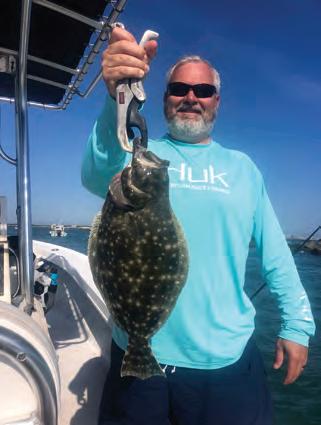
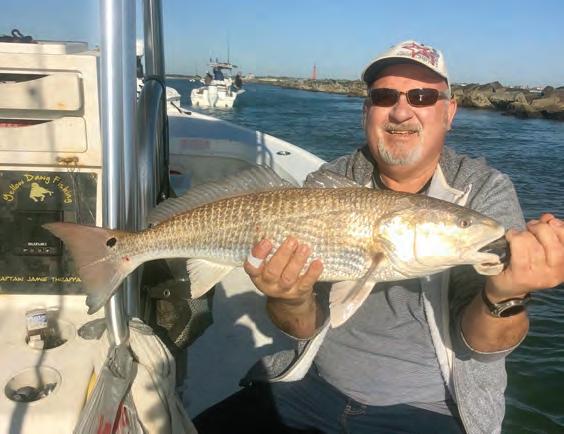
artificials for them this year. I have found that 5-9” paddle tails get the most bites, but I’ve also been getting them on larger jerk baits. I search for fish then I cast in the direction they are swimming, trying to come across their paths.
I hope you get out and enjoy everything that June fishing has to offer. Come by our shop, Yellow Dawg Bait & Tackle up in Ormond at High Bridge, for your bait needs and to talk fishing. If you want to get out on the water and see what this is all about give me a shout to book a trip! And, as always, if you see us on the water say hello!
CAPT. JAMIE THRAPPAS Yellow Dawg Fishing www.yellowdawgfishing.com (386) 366-3424
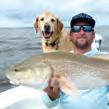
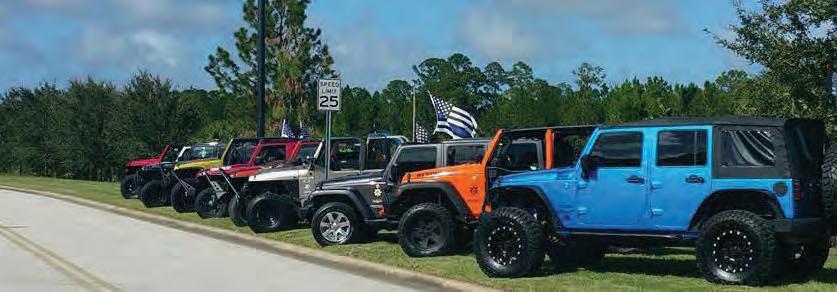


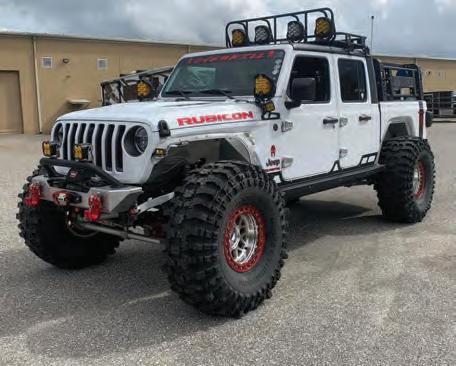


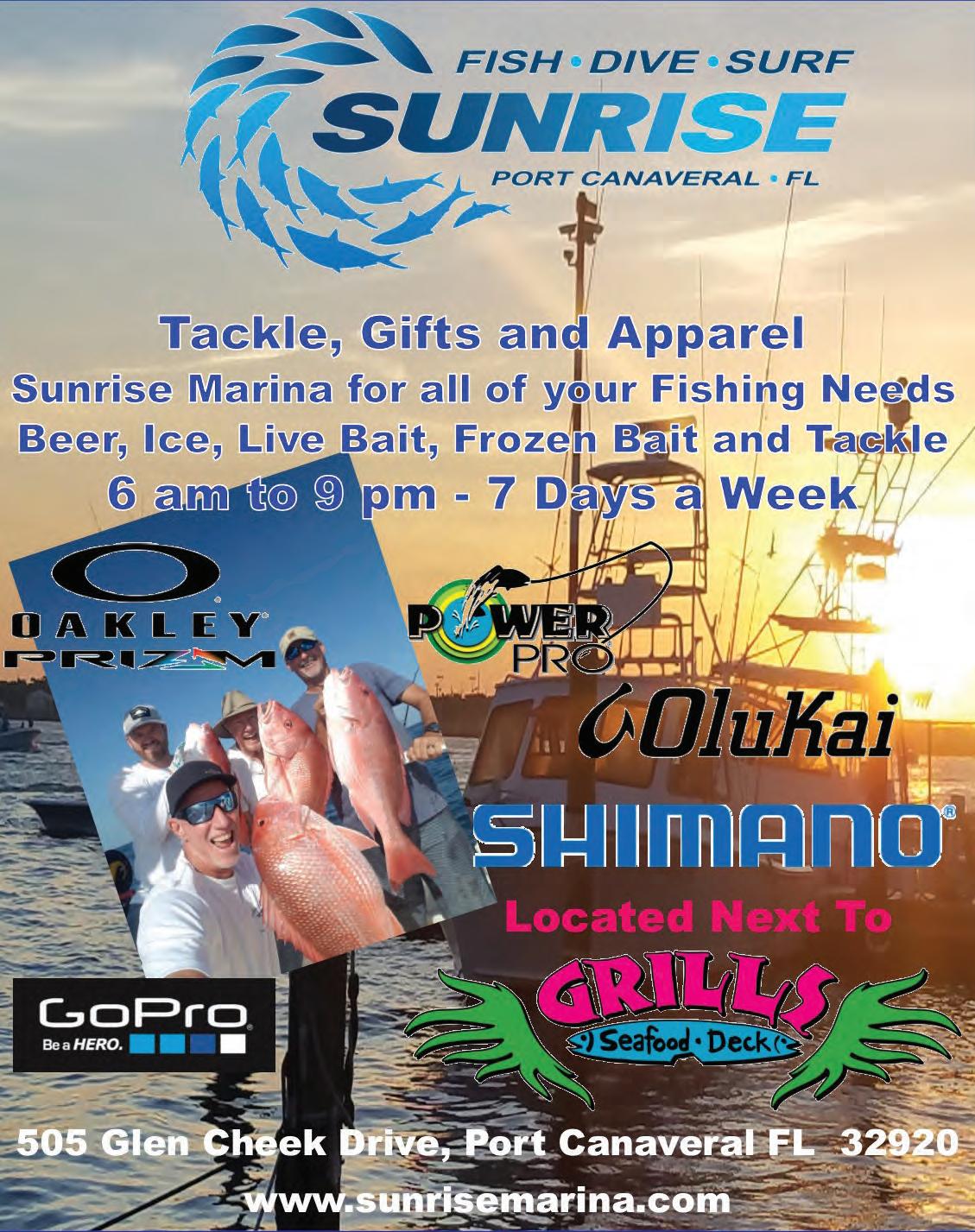
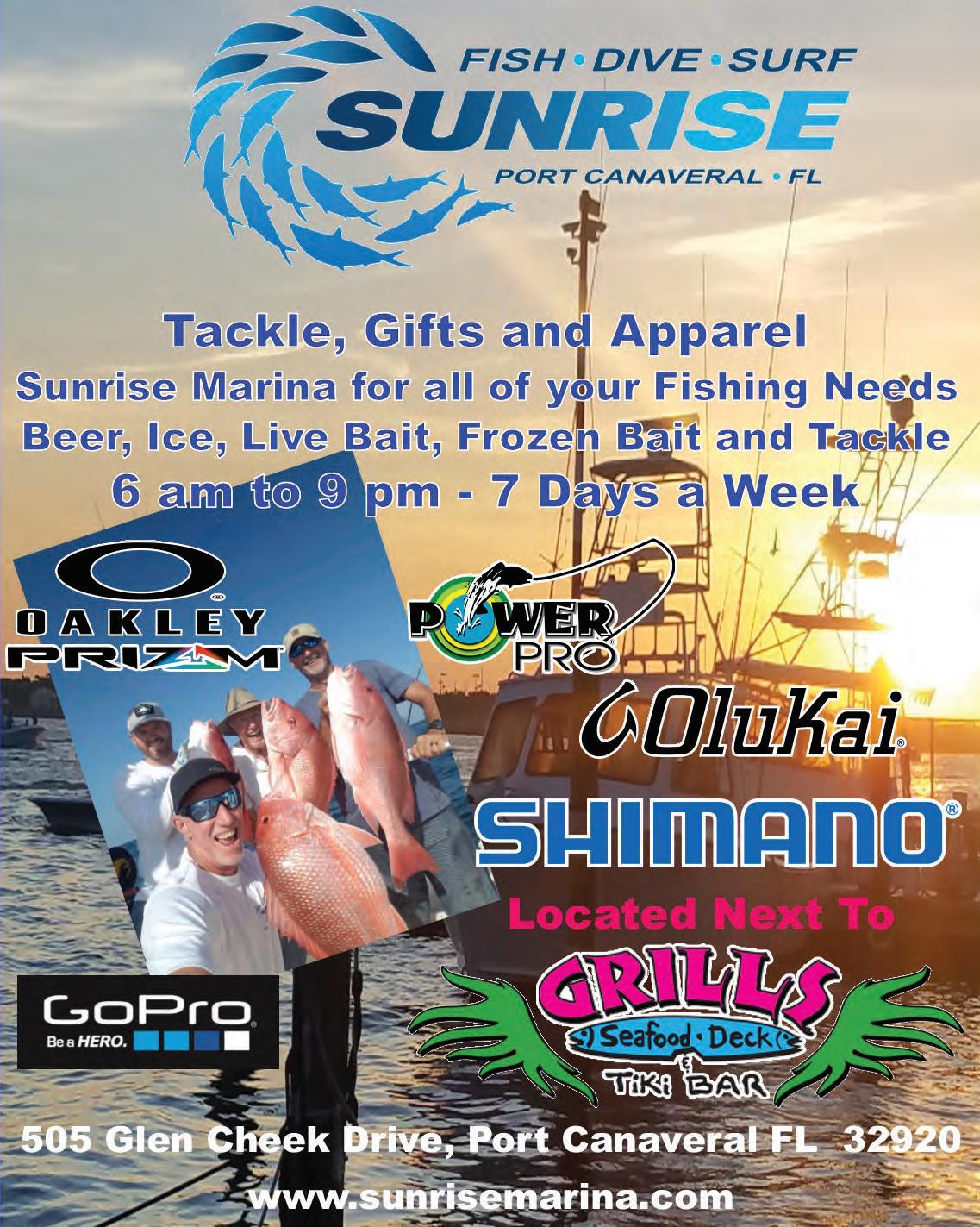

Throw Yourself a Bone
The very best hunting knives possess a perfect balance of form and function. They’re carefully constructed from fine materials, but also have that little something extra to connect the owner with nature. If you’re on the hunt for a knife that combines impeccable craftsmanship with a sense of wonder, the $79 Huntsman Blade is the trophy you’re looking for.
The blade is full tang, meaning it doesn’t stop at the handle but extends to the length of the grip for the ultimate in strength. The blade is made from 420 surgical steel, famed for its sharpness and its resistance to corrosion.
The handle is made from genuine natural bone, and features decorative wood spacers and a hand-carved motif of two overlapping feathers— a reminder for you to respect and connect with the natural world.
This fusion of substance and style can garner a high price tag out in the marketplace. In fact, we found full tang, stainless steel blades with bone handles in excess of $2,000. Well, that won’t cut it around here. We have mastered the hunt for the best deal, and in turn pass the spoils on to our customers.
But we don’t stop there. While supplies last, we’re including a pair of Stauer Flyboy Optics® Sunglasses— a $99 value —FREE with your purchase of the Huntsman Blade.
Your satisfaction is 100% guaranteed. Feel the knife in your hands, wear it on your hip, inspect the impeccable craftsmanship. If you don’t feel like we cut you a fair deal, send it back within 30 days for a complete refund of the item price.
Limited Reserves. A deal like this won’t last long. We have only 1120 Huntsman Blades for this ad only. Don’t let this beauty slip through your fingers. Call today!
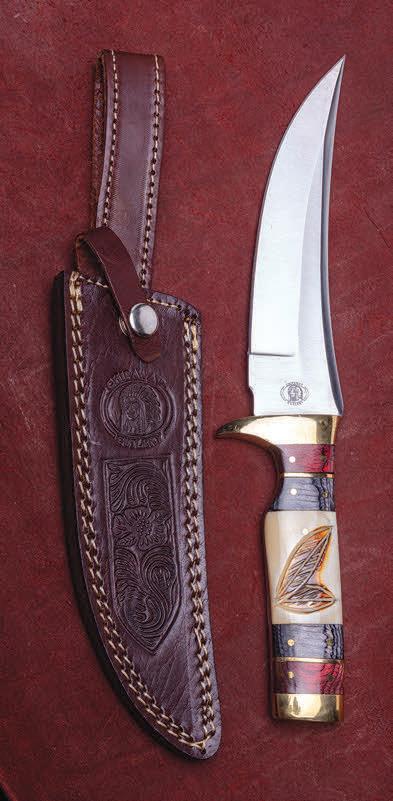



Flyboy Optics® Sunglasses a $99value


What Stauer Clients Are Saying About Our Knives
“This knife is beautiful!” — J., La Crescent, MN
“The feel of this knife is unbelievable...this is an incredibly fine instrument.”
— H., Arvada, CO


please call
Proposition 65 regulations before


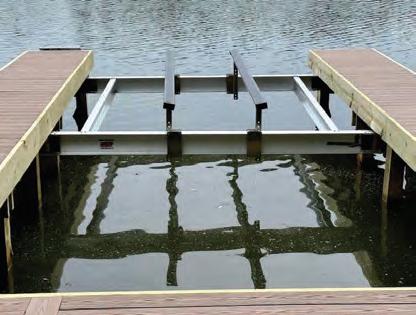
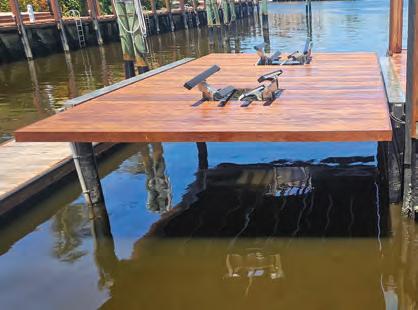
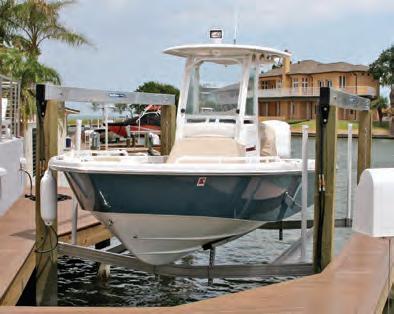

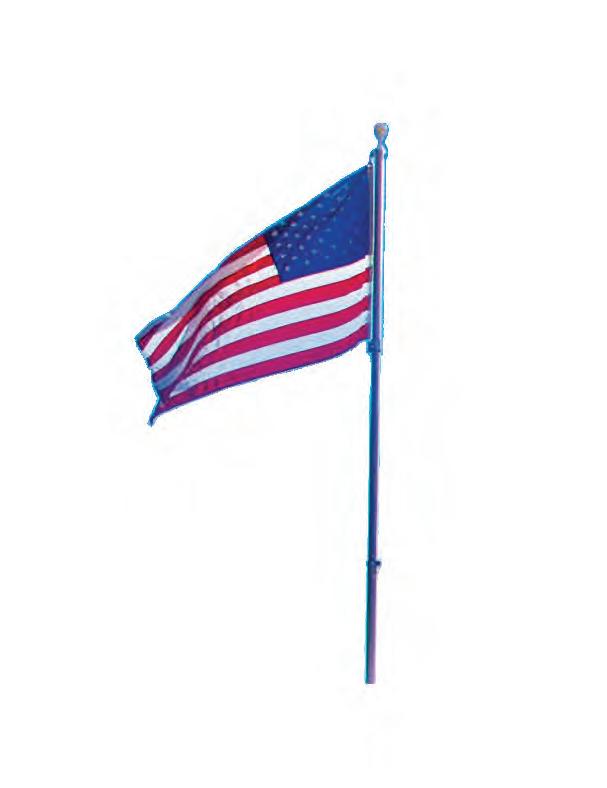
Durable boat lifts expertly designed with Florida in mind.
ShoreStation hydraulic boat lifts are a reliable choice for coastal residents and boating enthusiasts alike. Their strong construction, made with corrosion-resistant materials, allows them to withstand harsh environmental conditions, including sun, storms, and saltwater damage. ShoreStation provides a steadfast solution for protecting waterfront investments, o ering peace of mind to owners in the Sunshine State.
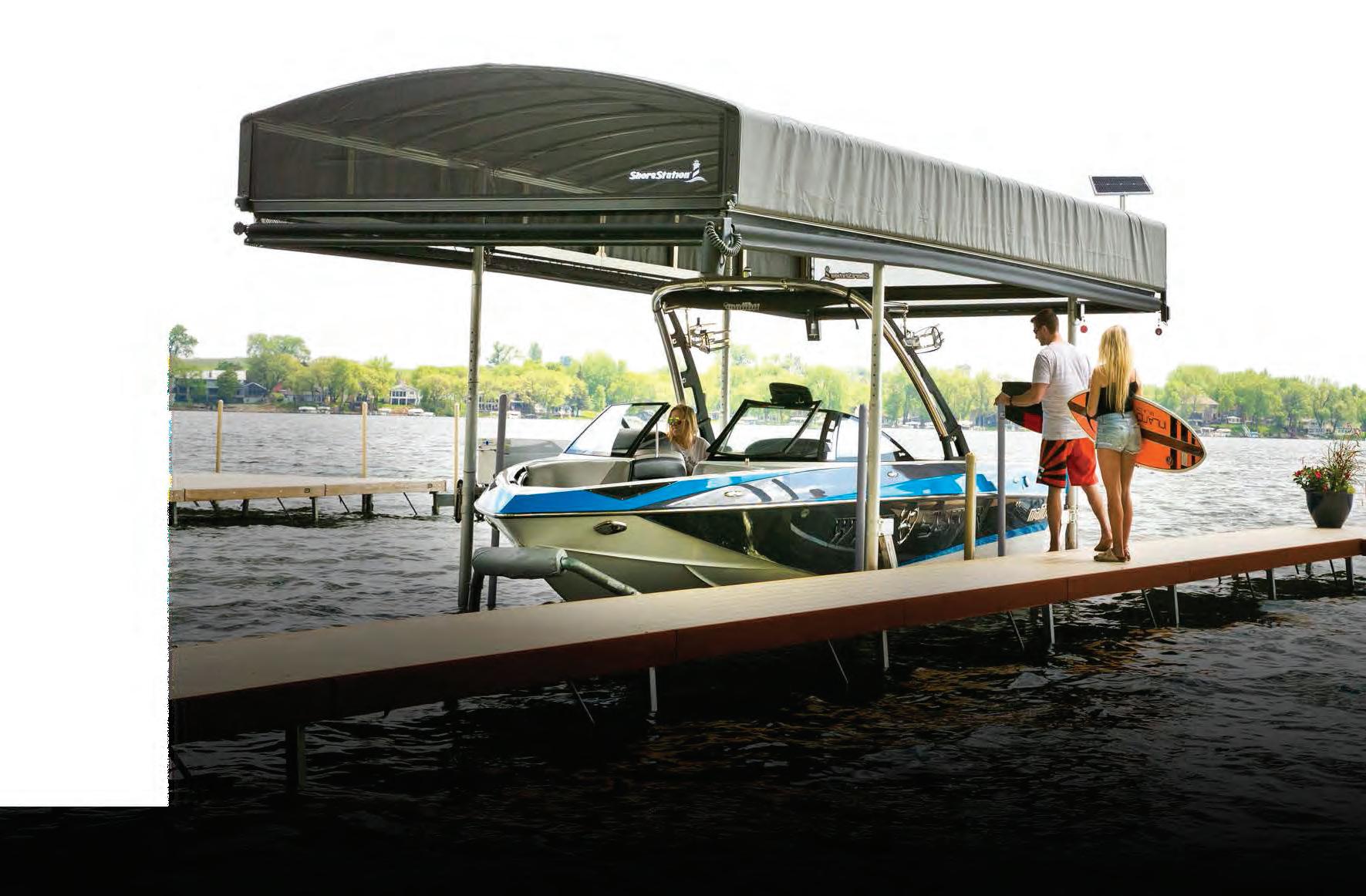

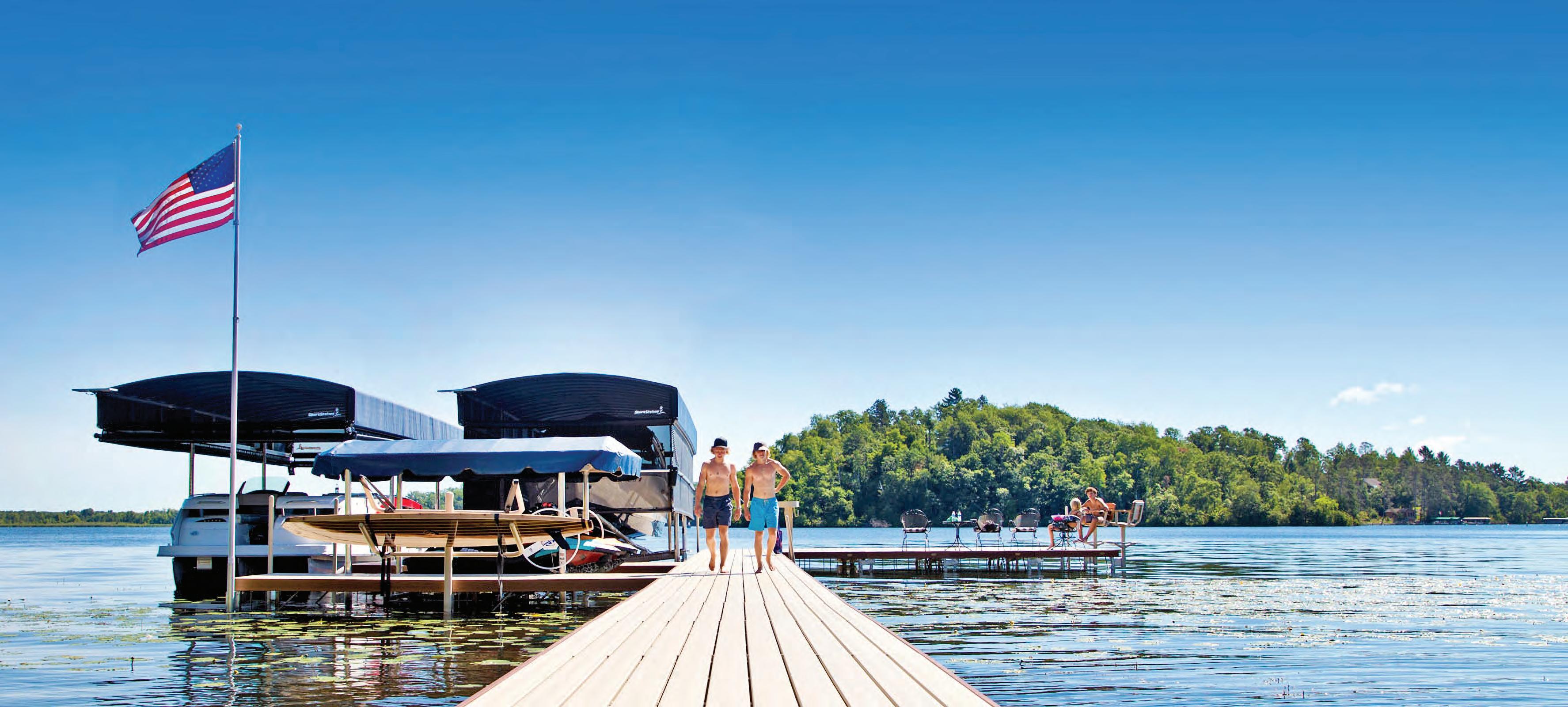

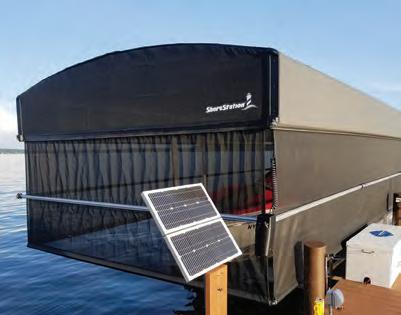
Under Deck Boat Lift
Four Piling Boat Lift
Deck Over Boat Lift

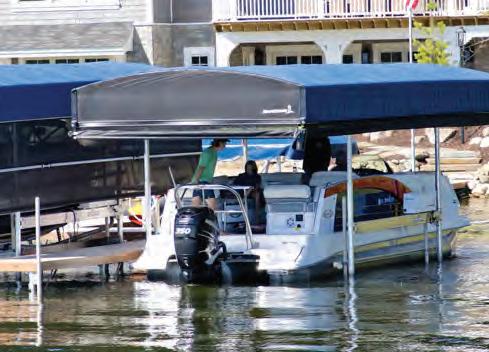
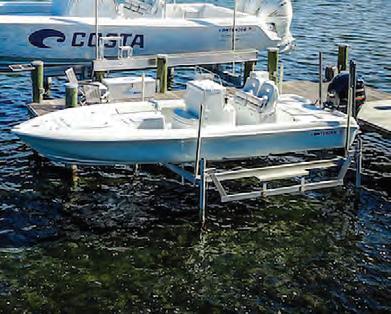
REVOLUTION™ Series Canopy Cover
Equipped with exceptional weather resistant fabric and breathable SunTex 80 woven mesh ends for maximum protection and durability,

Quickly Secures Boat
Made from the highest quality materials, our innovative hydraulic boat lift is one of the fastest and safest lifts on the market today. When you have a hydraulic lift, there’s no need to worry about wind and waves getting in your way. This lift will give you con dence to safely land and secure your boat in less-than-ideal conditions.
Solar Battery Charging System
Never miss another moment on the water. Power your lift with clean, free solar power. Our speedy 20 watt charger features solar regulator drainage protection, saving your battery from permanent damage caused by overcharging.



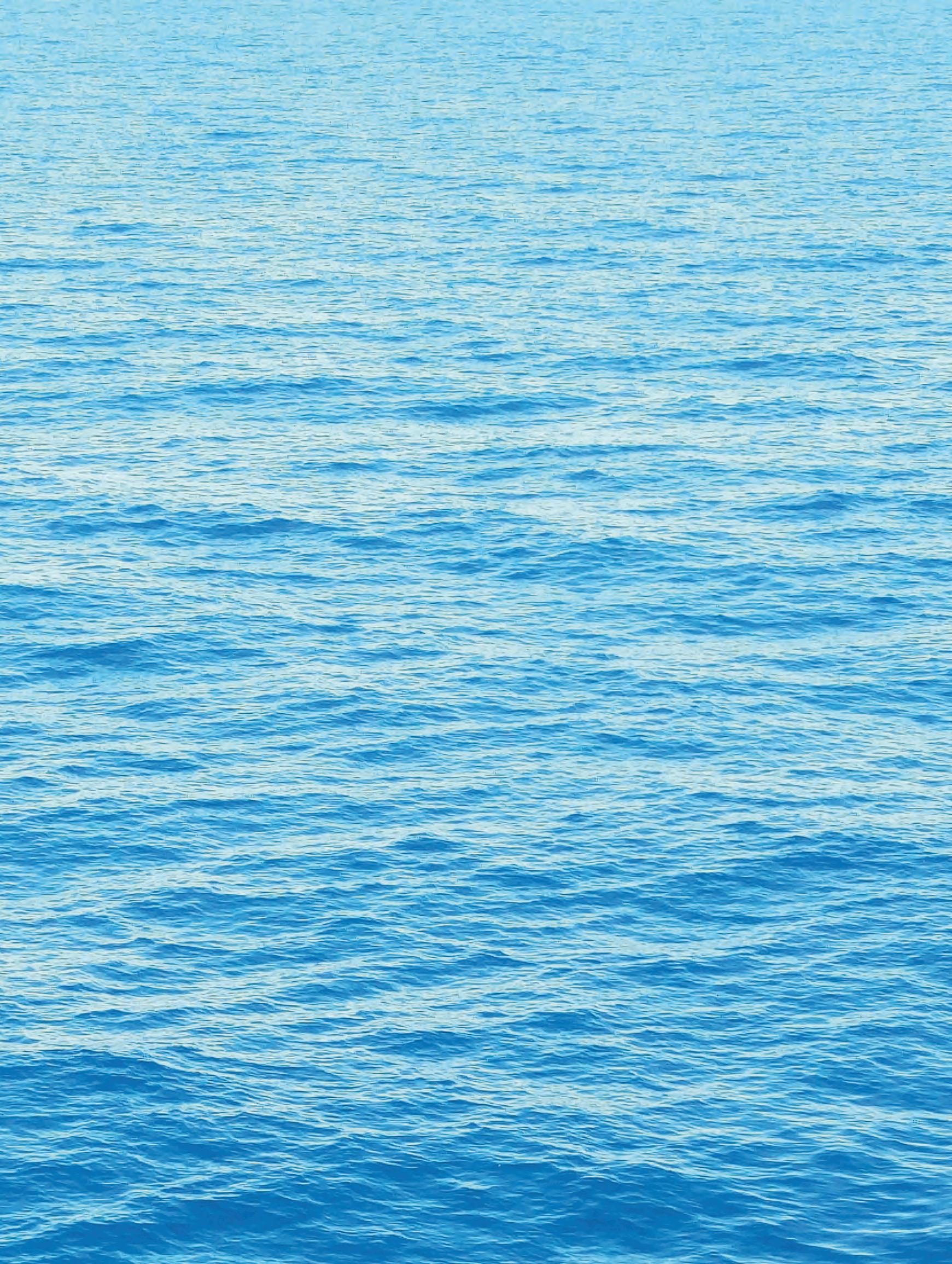
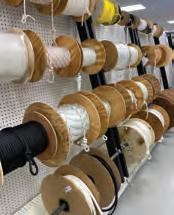
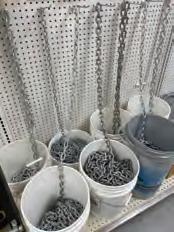
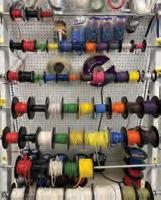
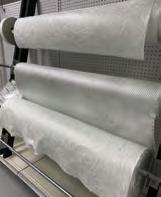
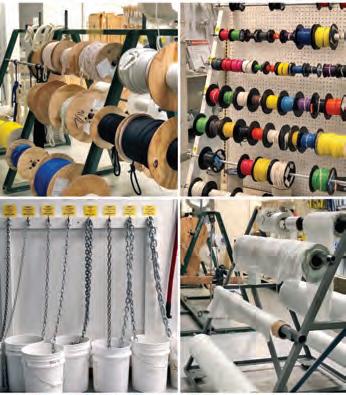
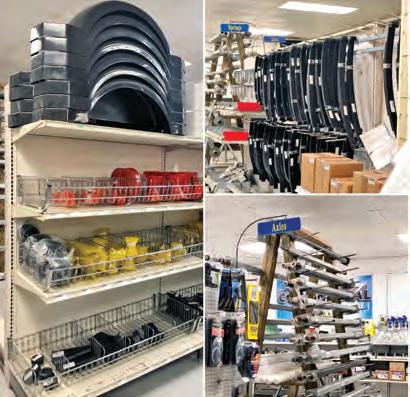




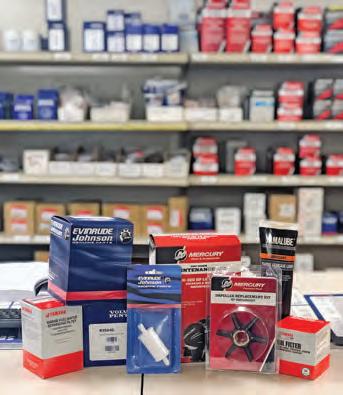
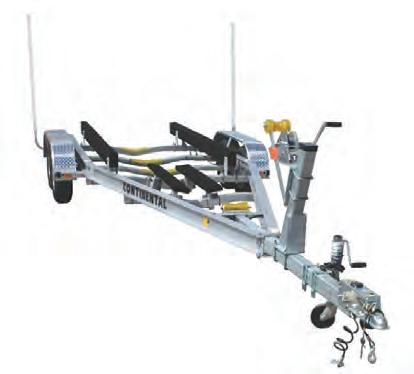
















GO DEEP(ER)
Tim Barefoot
I’ve written quite a few articles on the tactics I used to catch grouper on the edge and inside the edge with bait in a decoy jig in the past, but now is a good time to push out a little further to see what’s up in the 350 to 500+ foot depth range. !is type shing may require you to change gears on your thought process and/or tackle, but you may be pleasantly surprised with the results.
First o , you will want to use a spinning rod with backbone and a lighter braided line. I’m not going to suggest any tackle manufacturer for rod, reel or line, but the line in the jig is the most important part of this equation. I know this sounds crazy, but you can get away with braid, a small is 20 pound test connected to a short 6-foot shot of uorocarbon leader, and catch the big boys from the deep. When you sh ledges, wrecks and rock homes, you have to use heavier tackle to coerse the grouper and big snapper out of the structure, but in the deep the sh tend to congregate around bait, and there is very little structure out there for them to get you in. !e bait out there consists primarily of squid—the universal bait for all the seven seas of this planet, period. Squid are present at all depths, from the surface at night to their migration back to the deep by day; just ask any sword sh. Ha!
!is deeper water shing may also require a change in electronics. In order to mark the sh and bait you need to have enough power to send the signal and

get a return. You can run all over creation trying to mark sh or bait in vast areas of water, but having the correct electronics will assist in this greatly. Once you start marking the blue-speckled screen on the bottom, you know you’re in squid. I’ve always said it, but when you nd the bait you found the sh. Once you mark the bait, more than likely, it will be squid and it’ll be time to drop in the correct jig.
I’ve made several videos using the 4 ounce (so plastic) Squid Jig, but I’ve also had a 6 oz. size made. A 10 inch mold cra ed squid, trimmed properly, can be very e ective at times. Fish like a champ on the 6 ounce headed down deep. !e jig stays perfectly horizontal and jumps like the 4 ounce, and everything down there sucks it up. I’ll be publishing videos soon on this.
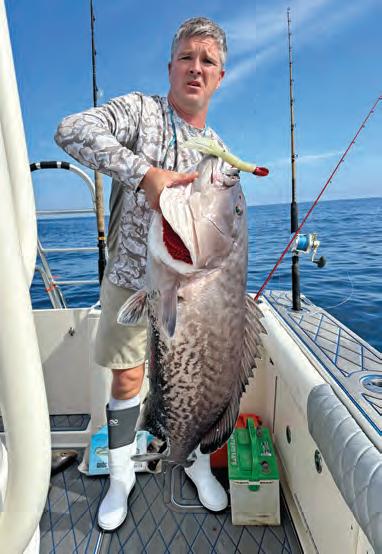
I’ll close with this: nd the bait and you’ll nd the sh...using the correct electronics. Once you nd the bait/ sh, drop in the correct jig that imitates what they eat on a daily basis and you’ll get the bite. And one more very important note. Pay close attention to the MPAs, which are marine protected areas, and seasons you can sh in them. You need to be well informed of where you are when you nish shing and what you could put in the cooler. You have to play by the rules.
Check out Tim Barefoot’s YouTube channel and website, barefootcatsandtackle.com.
CAST LURES IN A MITZI TOURNAMENT 17
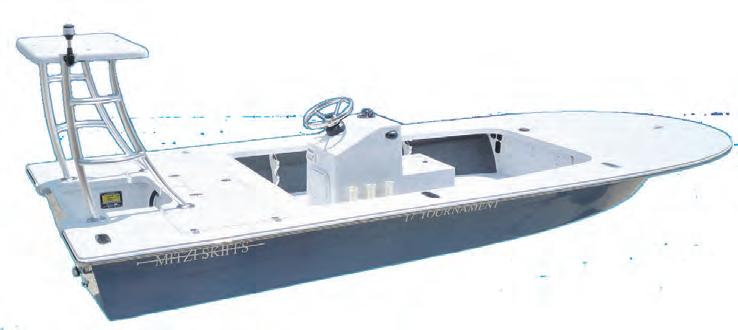

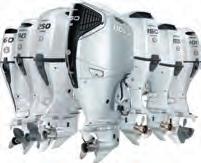
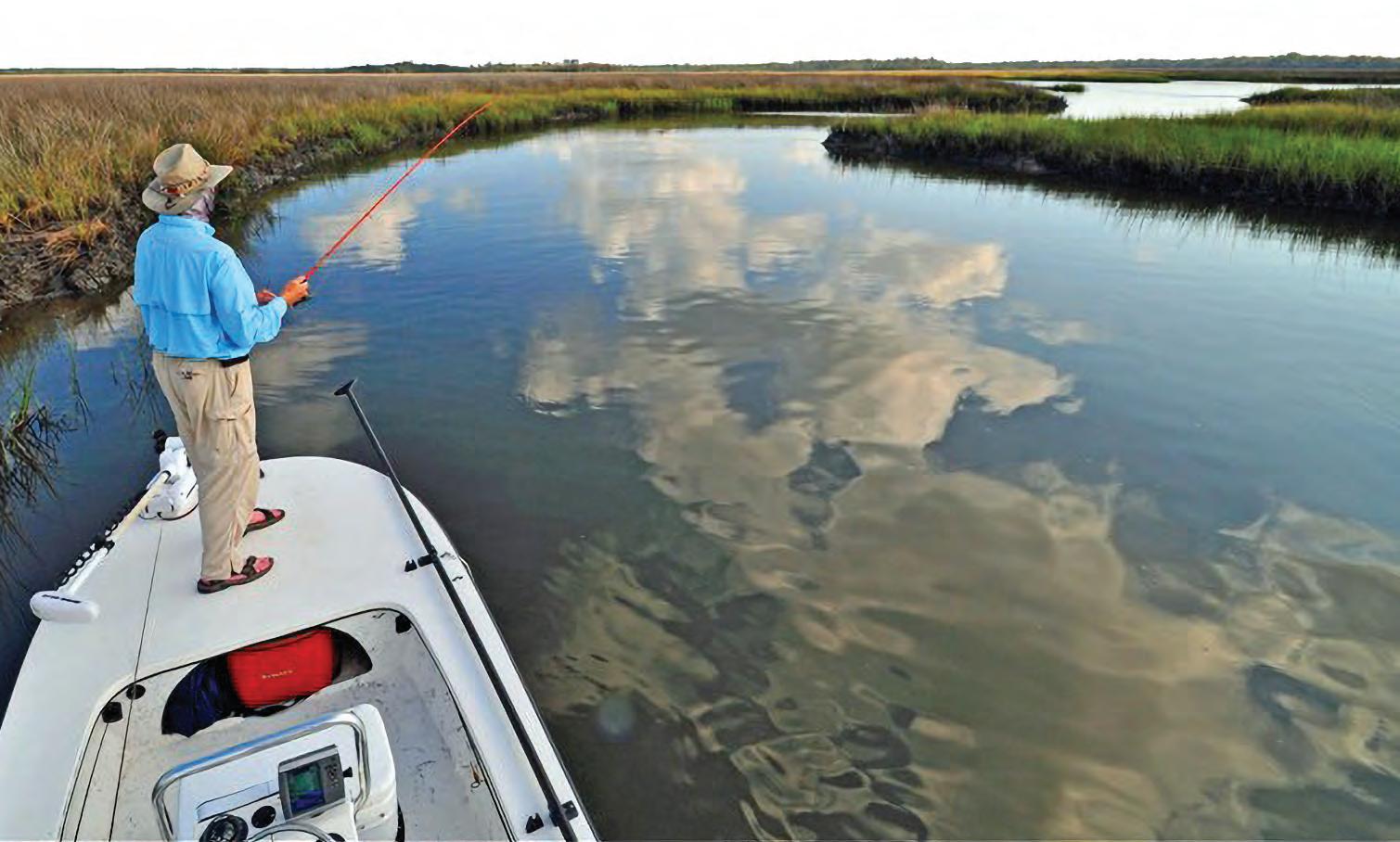
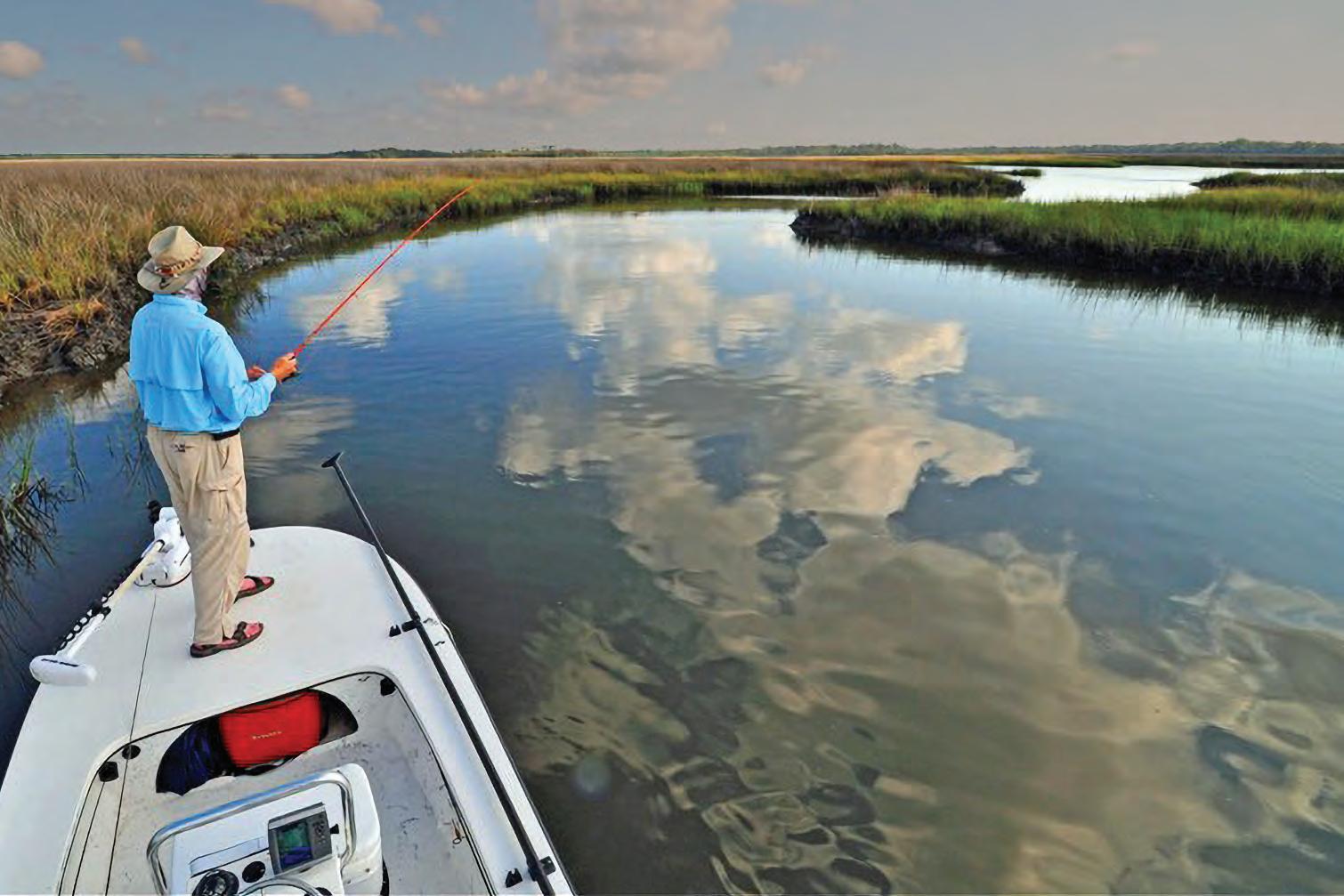
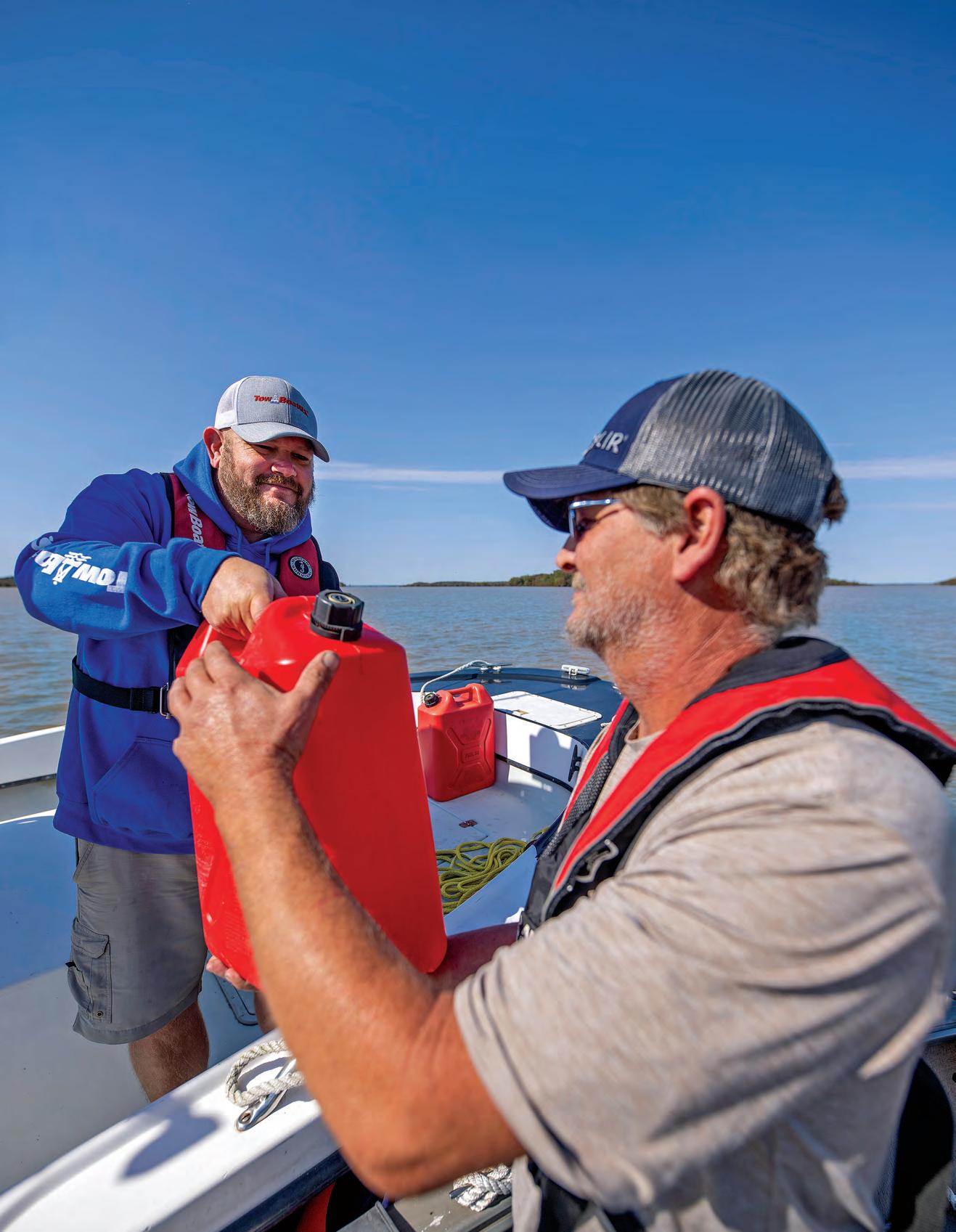
EMPTY TANK?



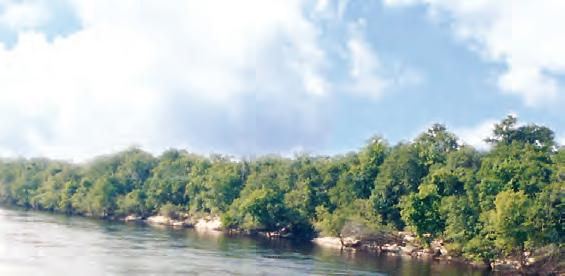
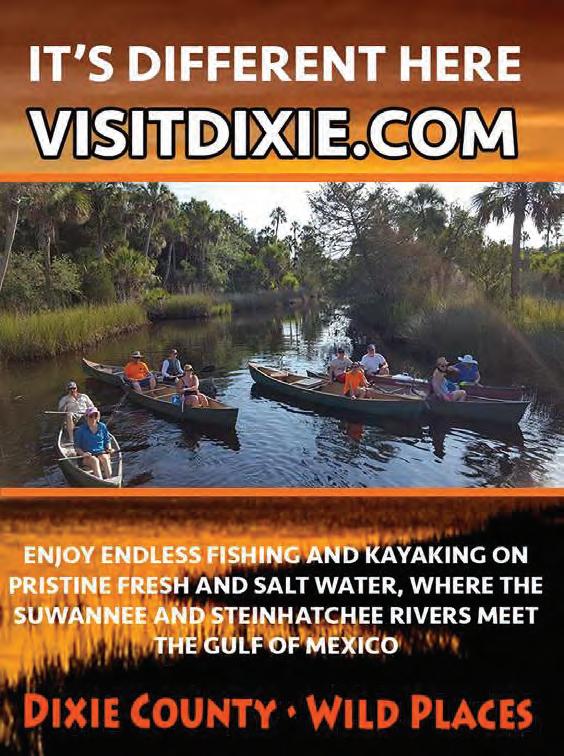


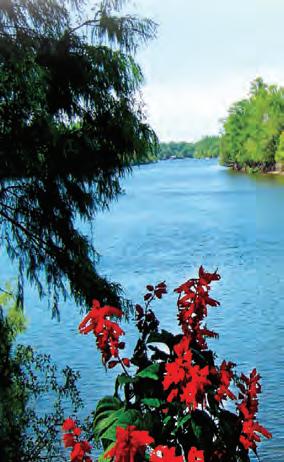
TIPS FROM A PRO
FISHING A BIG WORM
hile there are many ways to target bass, one method consistently stands out— shing with a big worm.

Worm shing may not be the ashiest technique, but it allows you to present your bait from a distance and work it slowly—ideal for tempting big, cautious females that ignore faster presentations.
One of my go-to techniques is casting a Texas-rigged stick bait. It’s a common tactic, but many anglers waste time casting at dead water. I focus on high-percentage areas, such as isolated patches of grass or lily pads. Even when the sh aren’t visible, they o en hold tight to this type of cover. Similar results can be achieved by targeting wood or rock. Make multiple slow retrieves through these areas for best results.
I prefer a larger 6” stick bait in dark colors like black and blue tip. For weights, 1/16 or 1/8 oz keeps the presentation subtle and natural. I recommend 17–20 lb uorocarbon, which o ers strength without sacri cing stealth—braid can be too intrusive here.
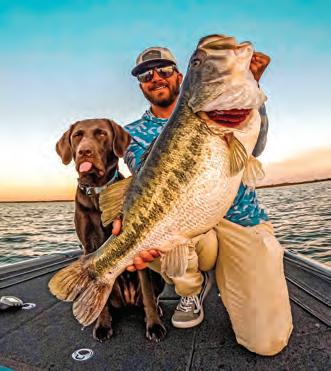
To cover more water and locate active sh, I switch to a big speed worm. While it’s a popular technique in Florida, where I predominantly sh, it works well across the country. !e bait’s vibration drives bass crazy, making it an excellent search tool. Once I nd sh with this method, I slow down and ne-tune my approach with other techniques. For stained water, I like darker colors like junebug; for clearer water, I use green pumpkin with ake. Weight ranges from 1/8 to 1/4 oz depending on depth and wind. Fluorocarbon in the 15–17 lb range is ideal here too.
Another e ective presentation is the wacky rig. It’s a more subtle approach and shines in pressured waters. Like with the Texas rig, I cast this bait weightless to isolated cover. I use lighter line and a spinning setup—typically 10–15 lb leader—adjusting based on cover density. In dirty water, I stick to dark colors; in clearer water, I go with more natural tones.
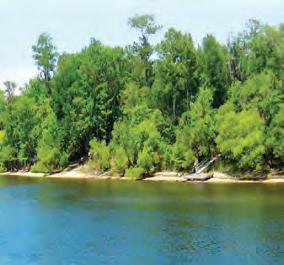

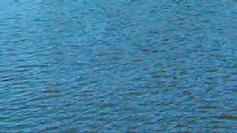

Flipping a worm is another technique I use, especially when there’s a lot of heavy cover. While not as stealthy, ipping allows you to place the bait precisely where other rigs can’t reach. I use large Senko-style baits, braided line, and heavier weights (3/8 to 3/4 oz) to penetrate thick vegetation. It’s perfect for pads, long banks, and heavy wood or grass. !e key is to sh slowly and thoroughly, putting your bait where others haven’t.
Rod and reel setups vary slightly depending on the technique. For most casting and ipping styles, I like a longer rod—around 7’6”— with medium-heavy to heavy action. !e 13 Fishing Omen Series has a few ideal models. I pair these with a high-speed baitcasting reel like the Concept A 7.5:1, which helps pull sh out of thick cover quickly.
For the wacky rig, I downsize to a 7’3” medium-heavy spinning rod. It o ers enough backbone to move sh but also provides the sensitivity and exibility needed when using lighter line. A spinning reel with a smooth drag is crucial. I recommend the 13 Fishing Axum, which o ers the control and power necessary for nesse shing around cover.
!ese worm shing techniques consistently produce. Whether you’re casting to isolated cover, ipping into thick vegetation, or working a speed worm through open water, there’s a big bass out there waiting to bite. I’m excited to put these methods to work—and hope they help you land some giants too.
Tyler Woolcott is a professional tournament angler and guide. Check out his website at www.tylerwoolcott shing.com.
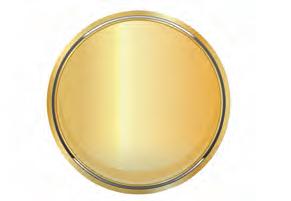

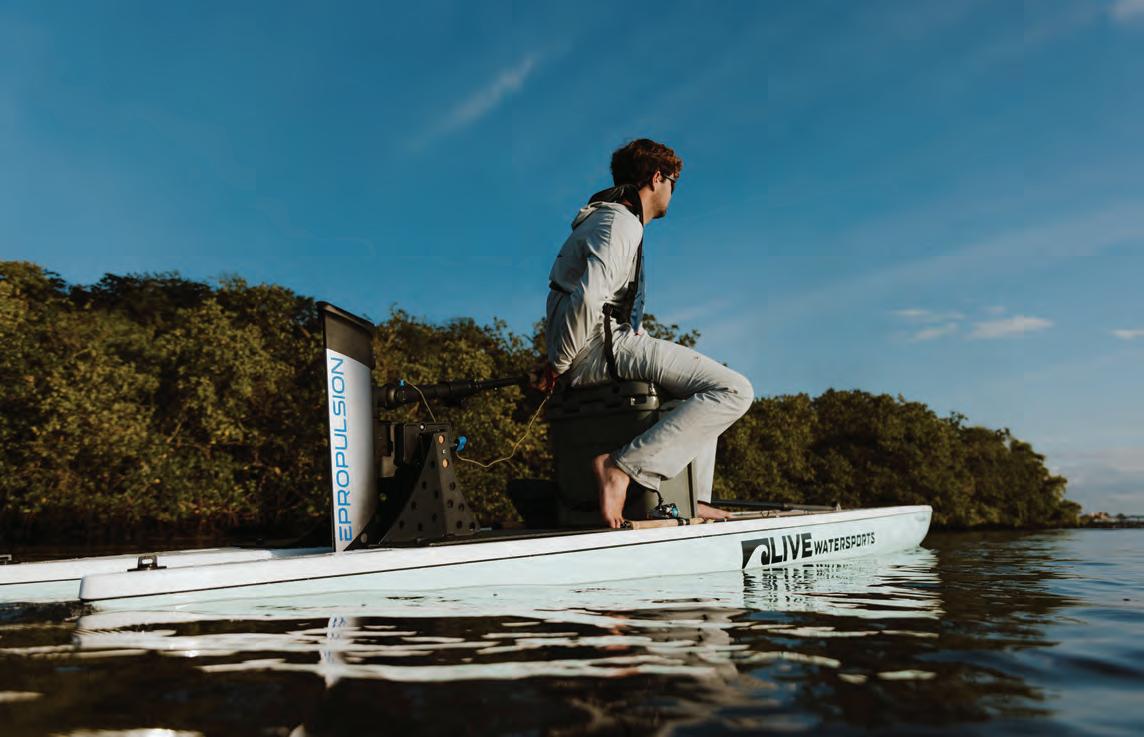





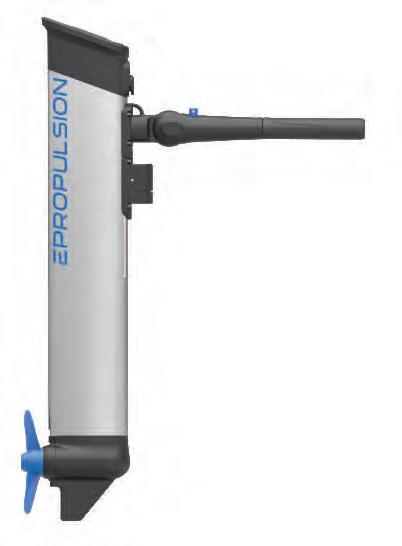
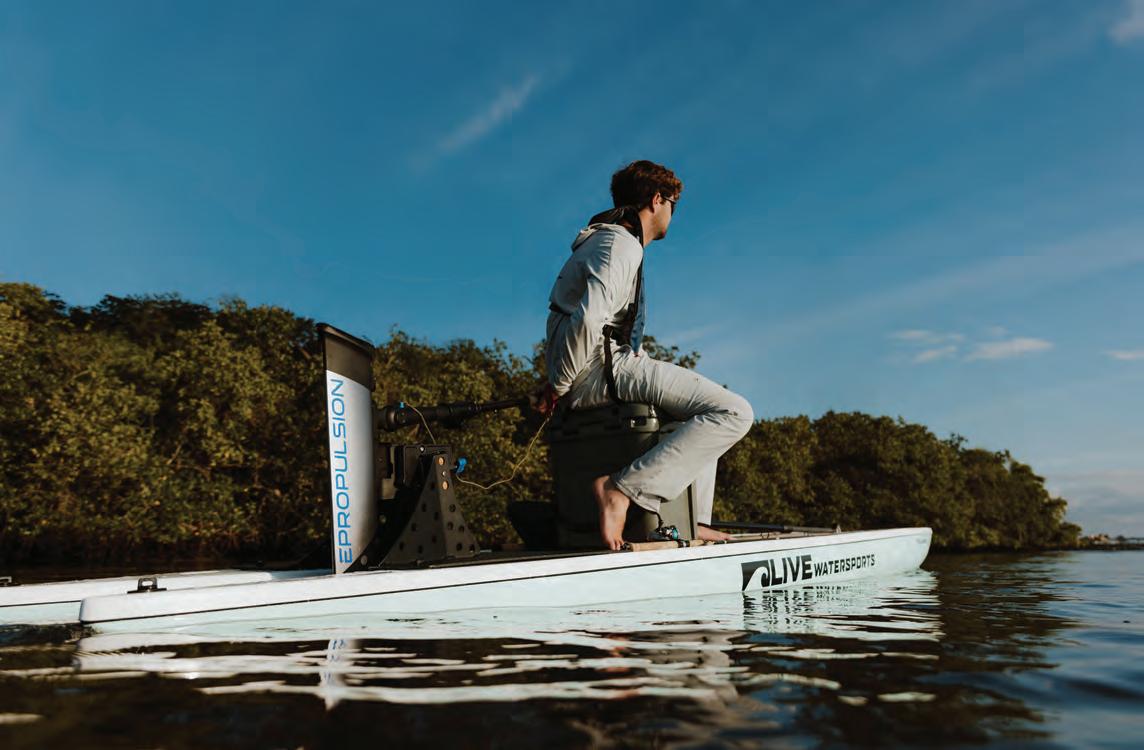




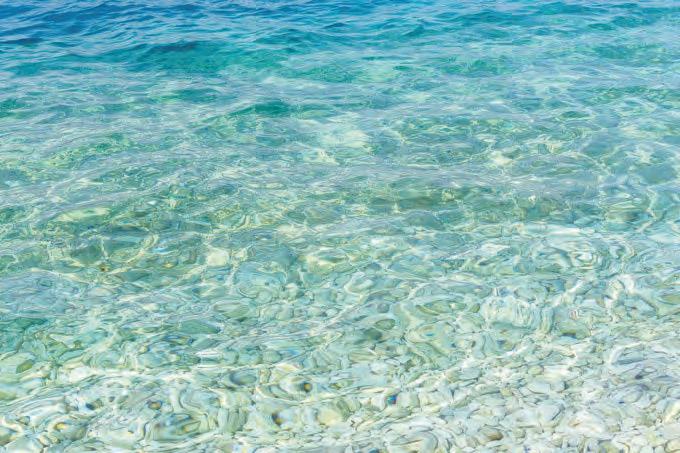




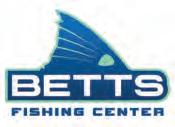

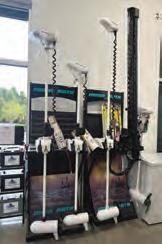
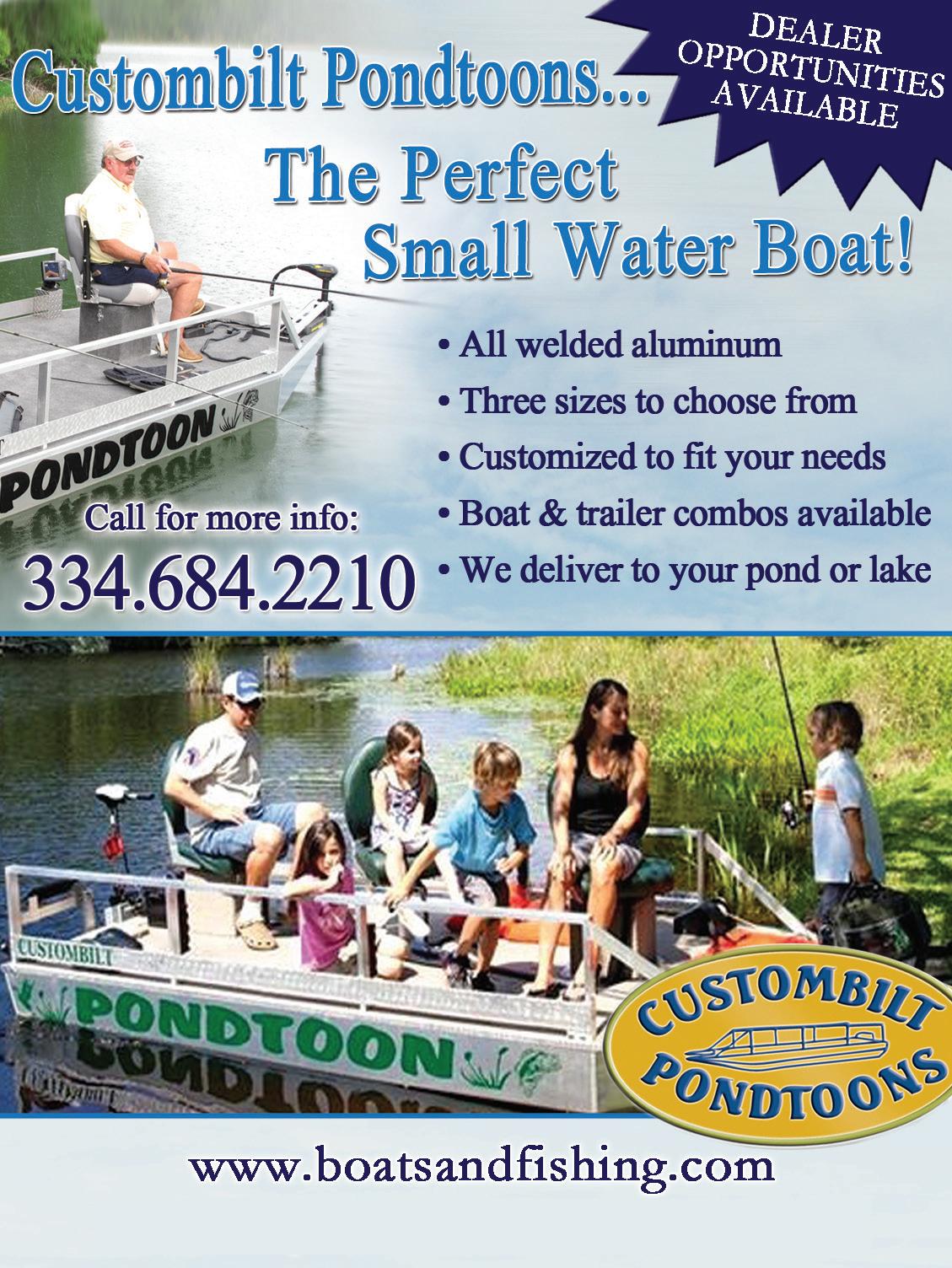
WHY BUY NEW WHEN YOU CAN RENEW?!?
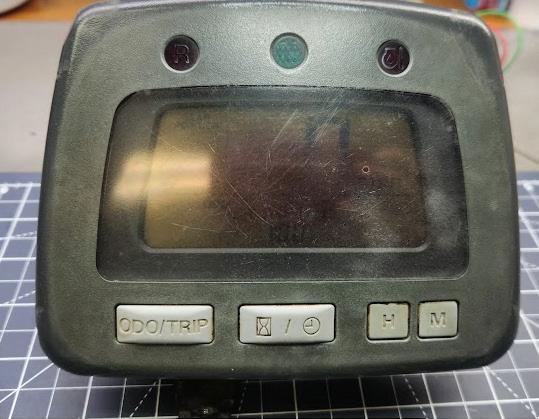
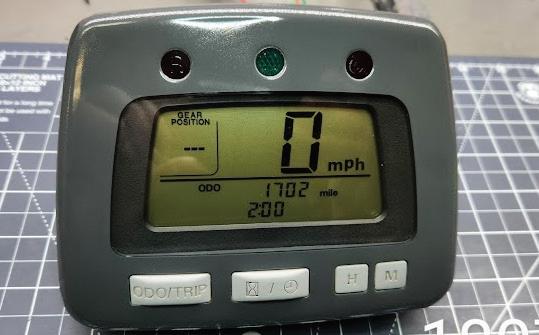
STATE RECORD FISH TITLE BROKEN THREE TIMES THIS YEAR!
For the third time in less than a year, Georgia has a new freshwater !sh state record spotted sun!sh!
Josh Forsythe of Homerville, GA (Clinch County) landed the newest record catch of 0 lb, 13 oz on May 5 from the Suwannee River. is almost 9-inch catch beats the previous state record tie of 0 lb, 12 oz, according to the Georgia Department of Natural Resources’ Wildlife Resources Division (WRD).
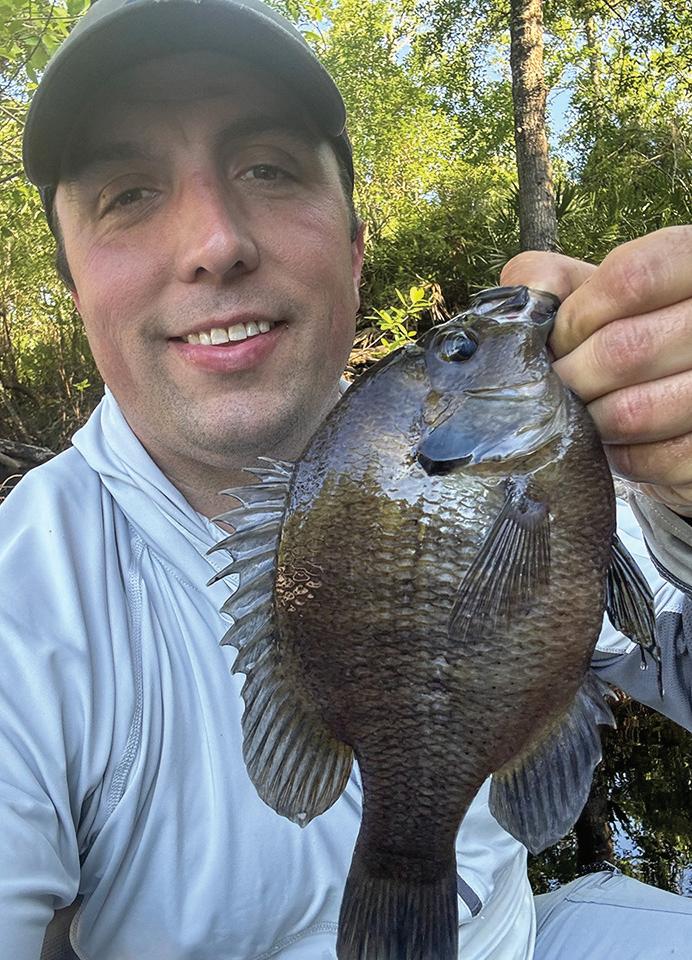
“My 5-year-old daughter and I were !shing for bream on one of my favorite rivers, the Suwannee, when I caught this spotted sun!sh,” said Forsythe. “I have been !shing this river for more than 15 years and it is one of my favorite places to !sh for good-sized bream, especially spotted sun!sh. I recommend waiting until river levels are below 4-foot and using top water bugs to catch giants, but a beetle spin or even a cricket or a worm on a cork will work.”
Spotted sun!sh are found in the Ocmulgee, Oconee, Altamaha, Ogeechee, Ochlockonee, Suwannee, St. Mary’s, Satilla and Savannah River basins. When angling for them, WRD recommends using worms, crickets, small spinners, ies and popping bugs.
“Maybe hearing about that state record tie for spotted sun!sh !red up some folks to land a new record – and we love to see it,” says Scott Robinson, WRD Chief of Fisheries. “Are you the next state record holder? Georgia has the best variety of angling opportunities across the state so Let’s Go Fish Georgia!”
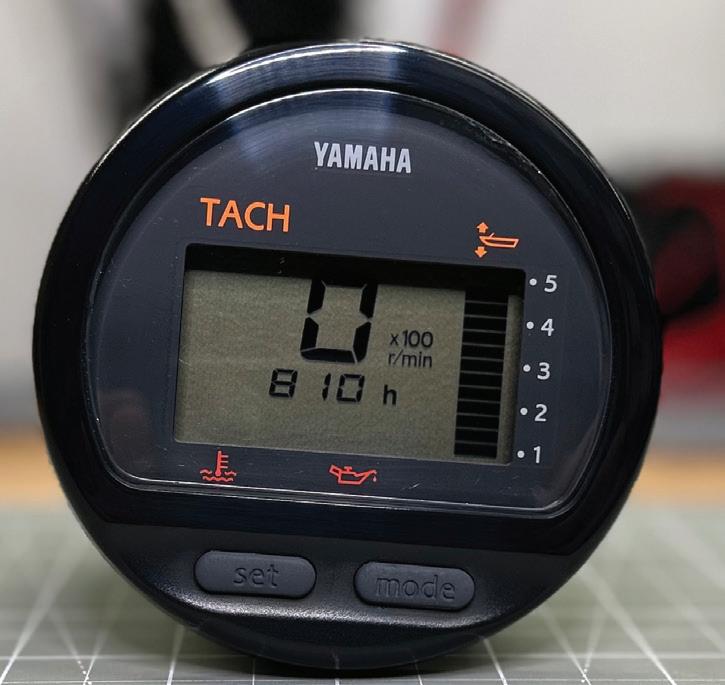

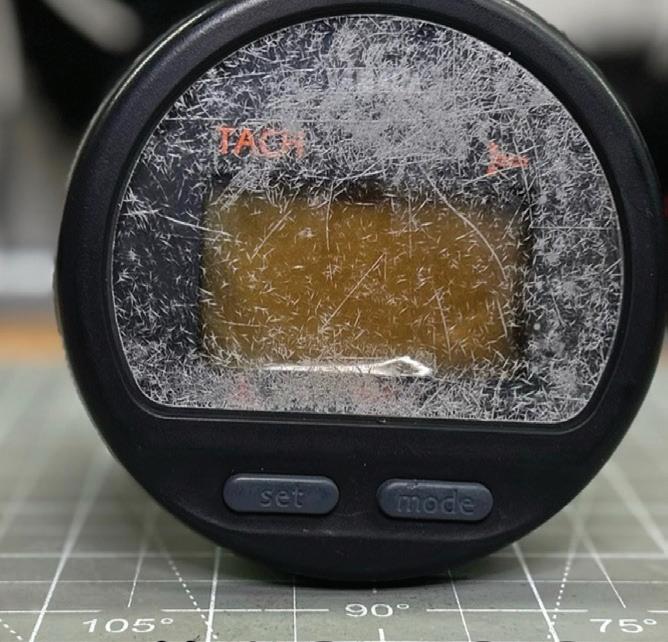


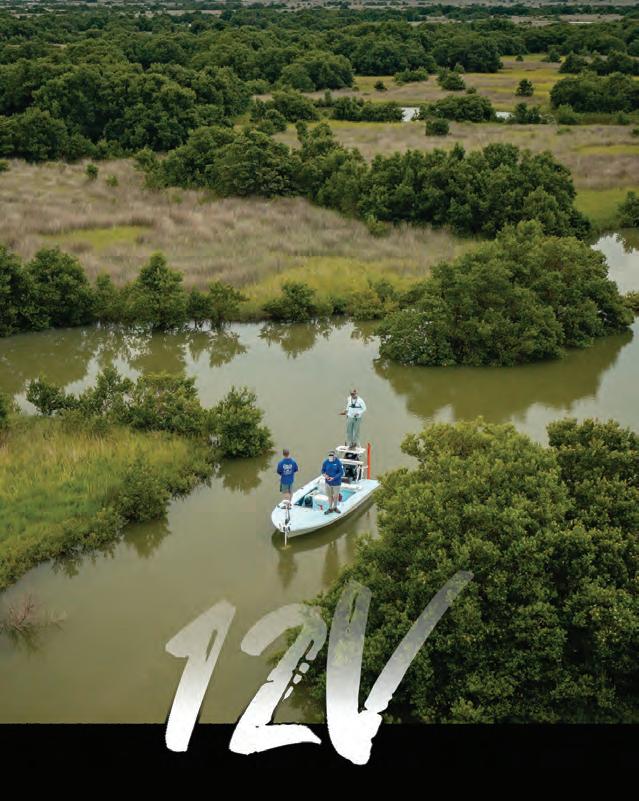
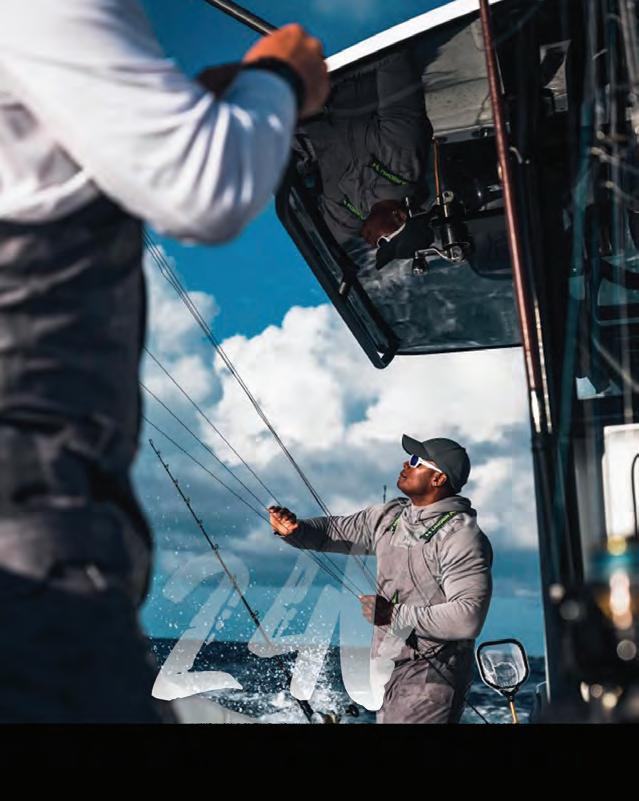



NC CERTIFIES NEW VERMILION SNAPPER RECORD
North Carolina‘s Department of Environmental Quality’s Division of Marine Fisheries recently established a new state record for Vermilion Snapper (Rhomboplites aurorubens).
Colby Shaw of Newport caught the 7-pound, 4-ounce sh o Morehead City on April 18, 2025. !e previous state record was 6-pounds, 9-ounces landed out of Ocean Isle in 2009.
Shaw was shing in his own vessel, o shore south of Beaufort Inlet when the sh struck his cut bait. Shaw made quick work of reeling in his state record sh, landing it using his Shimano rod and reel with 65-pound braid.
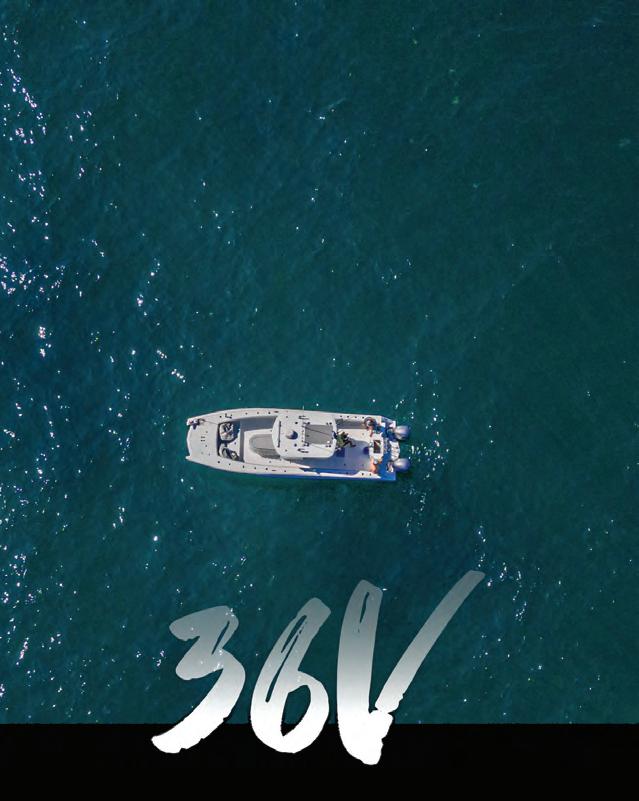



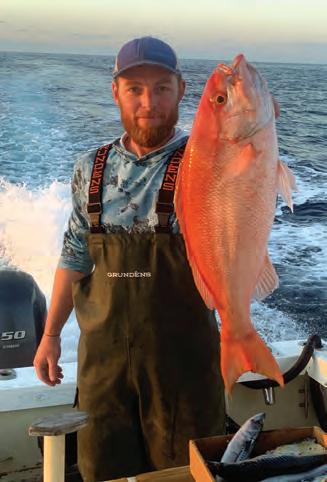
Shaw’s sh measured 23.5-inches fork
to the fork in the tail) and had a 17-inch
sheries sta at the Morehead City Headquarters
!e
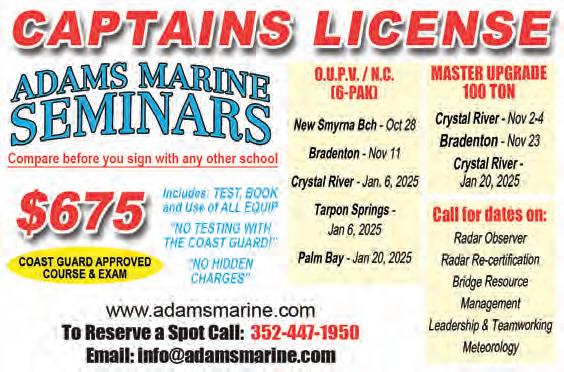



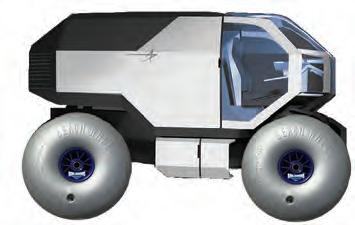

Division of Marine Fisheries.
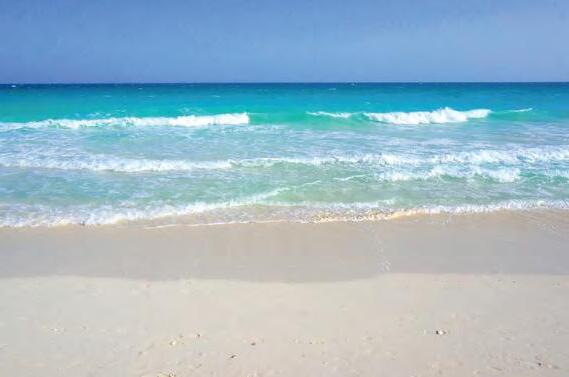





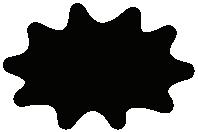


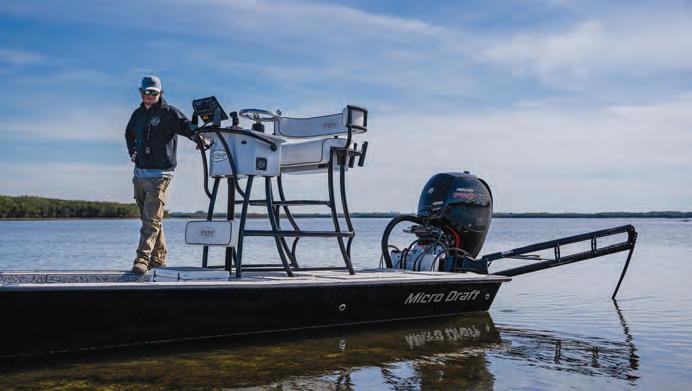




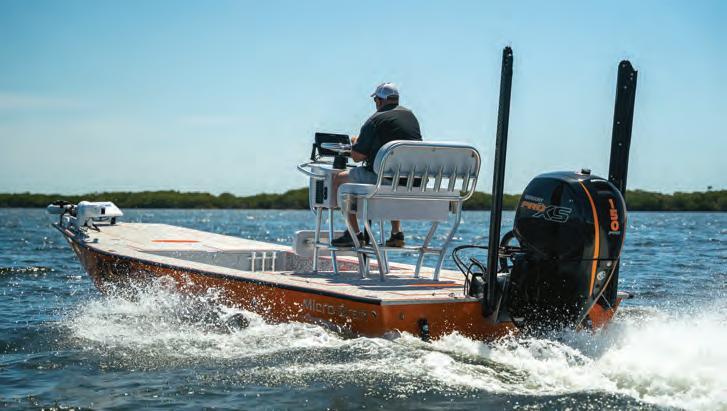

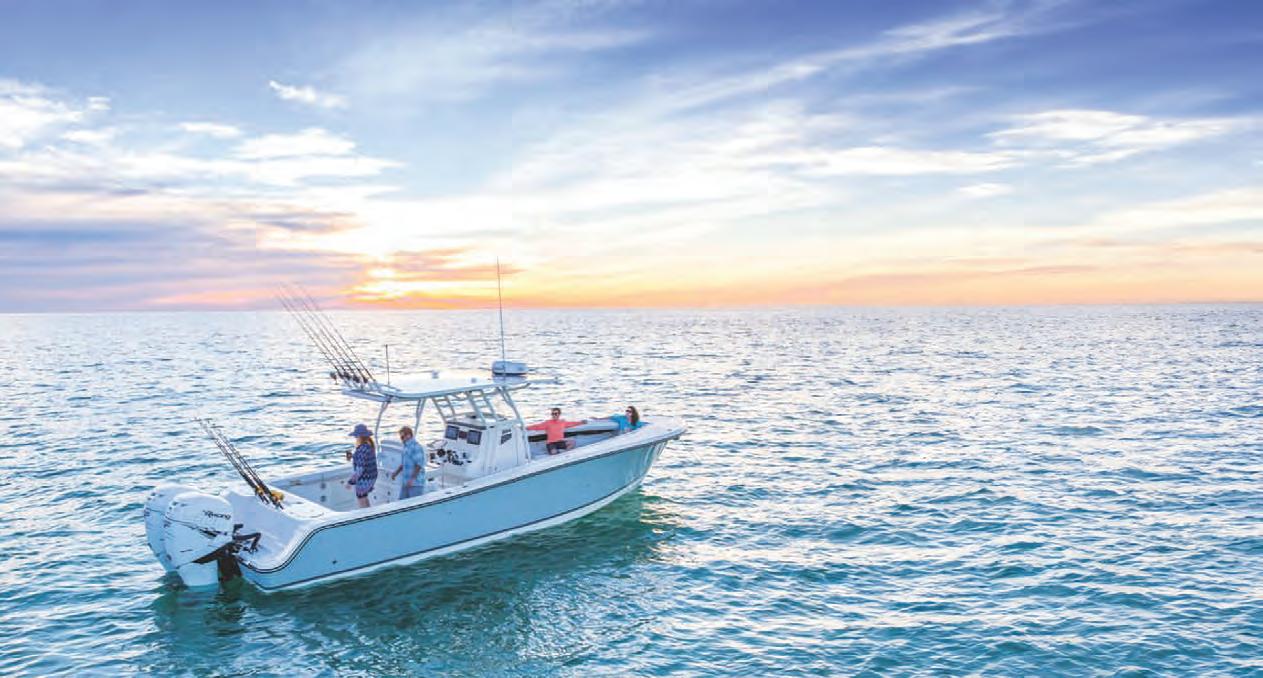


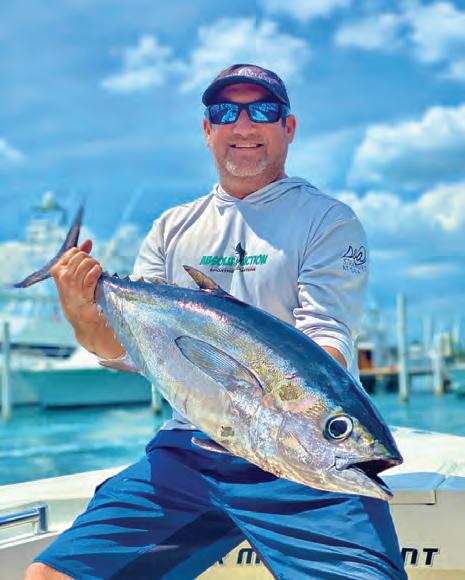



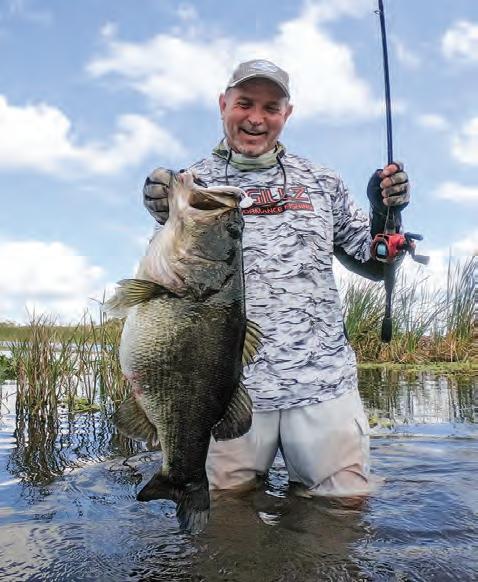

Bill Dance Signature Lakes O er Impactful Improvements to Tennessee’s Fishing Waters
By David Haggard & Heather Lose
Representatives from Tennessee Wildlife Resources Agency, Tennessee Department of Tourist Development, and Tennessee State Parks celebrate the ribbon cutting of the Bill Dance Signature Lakes project at the Bassmaster Classic in Knoxville on March 25, along with the project’s namesake. Photo Courtesy of the Tennessee Department of Tourist Development:
